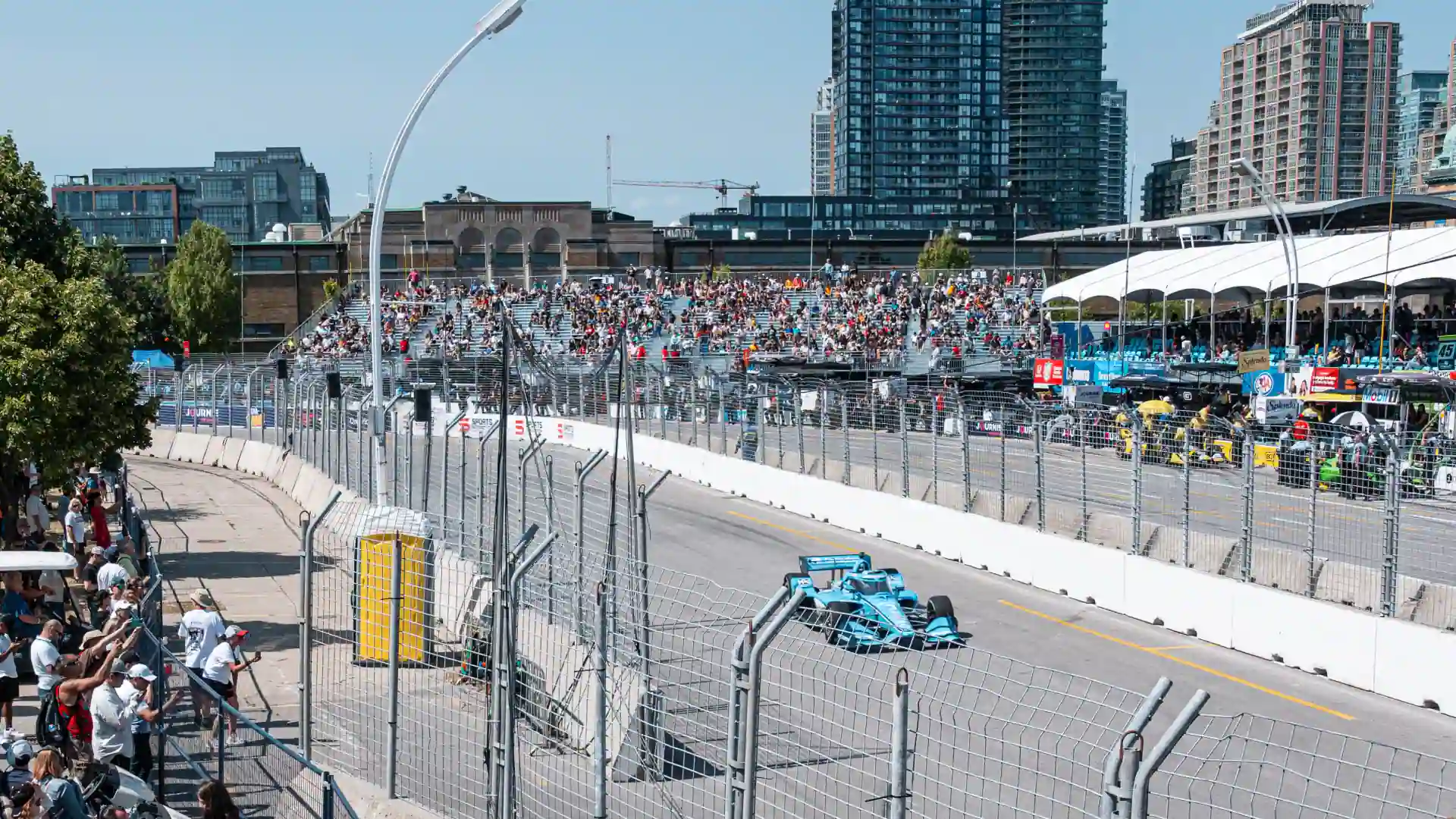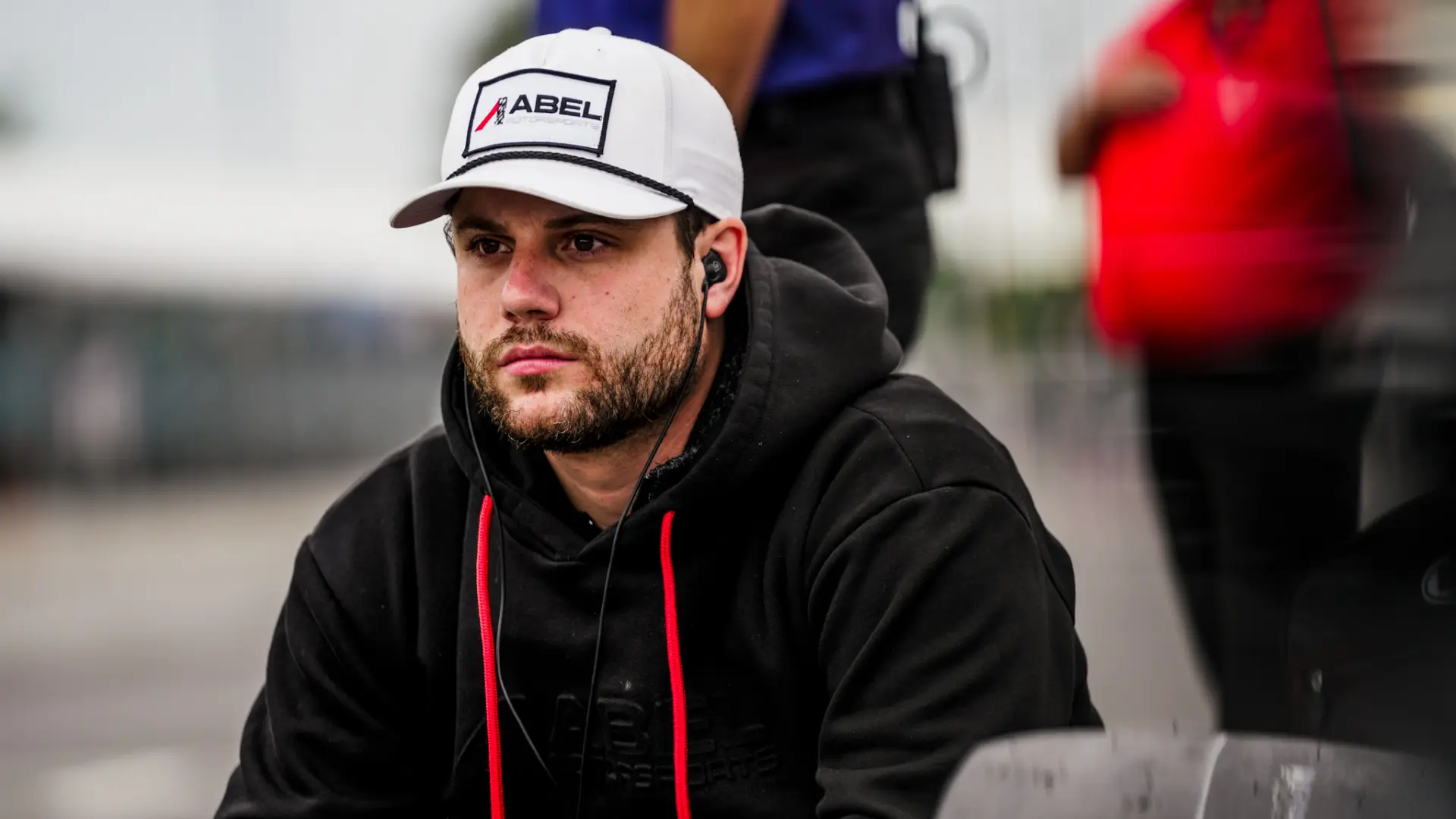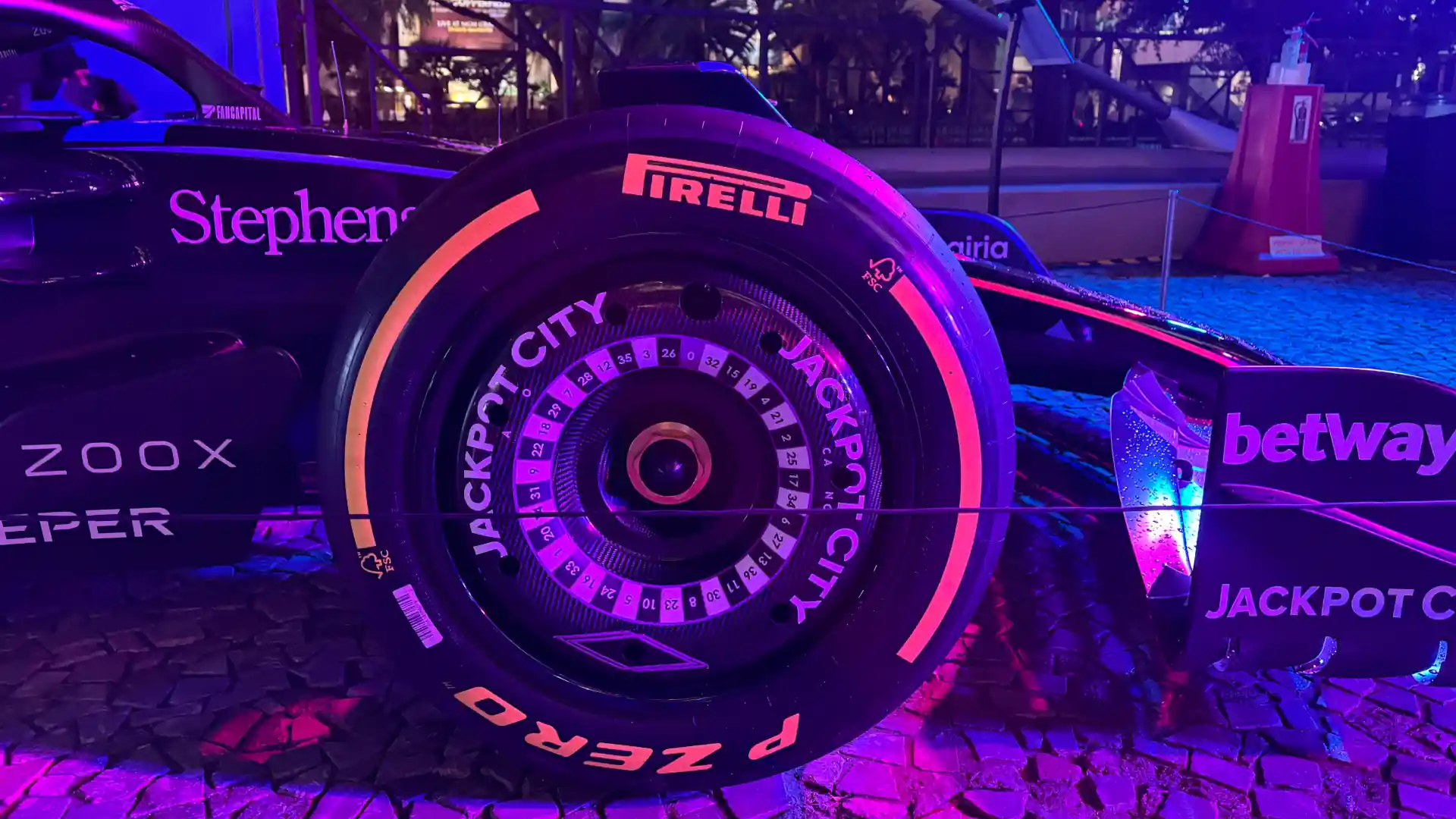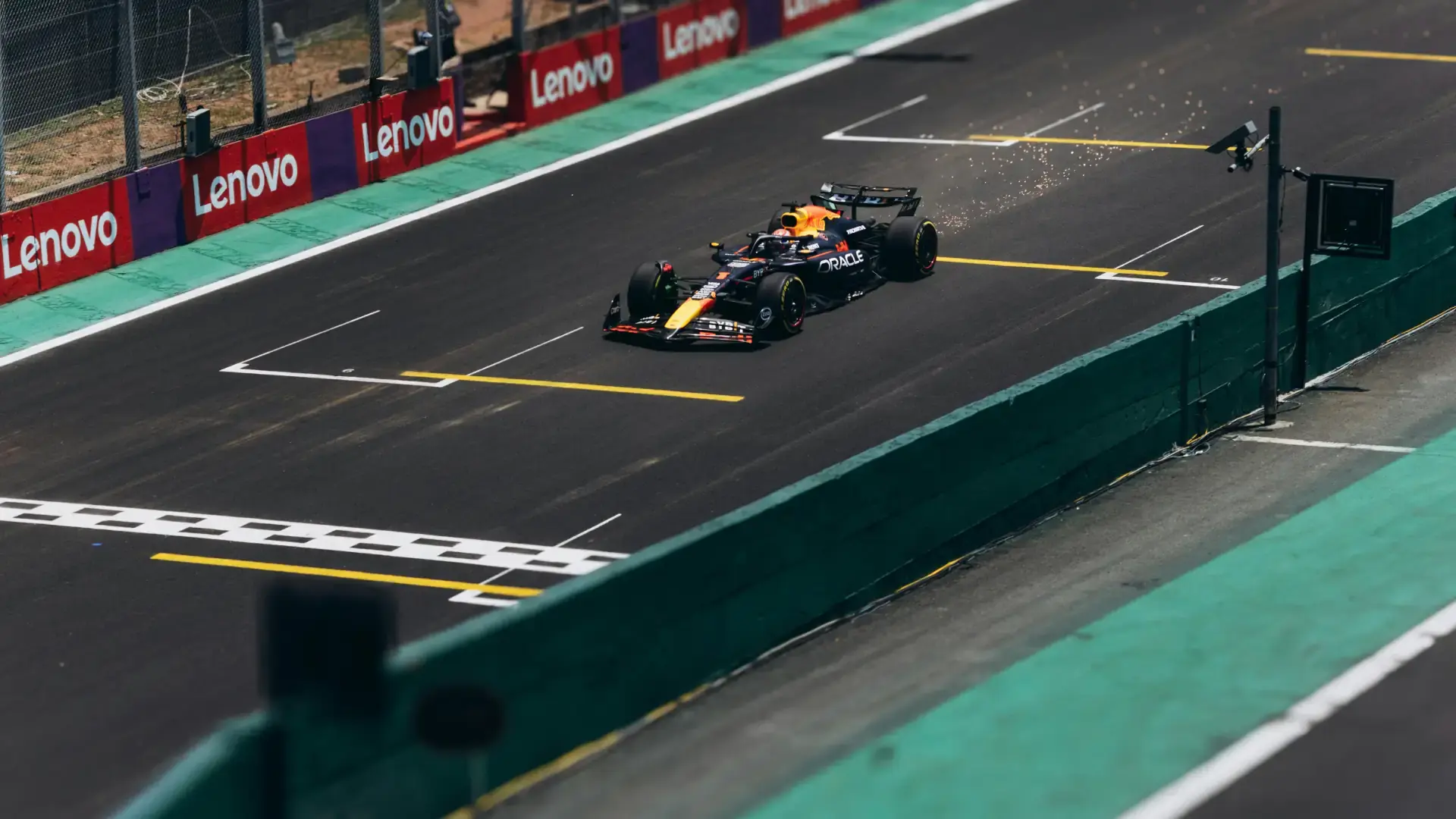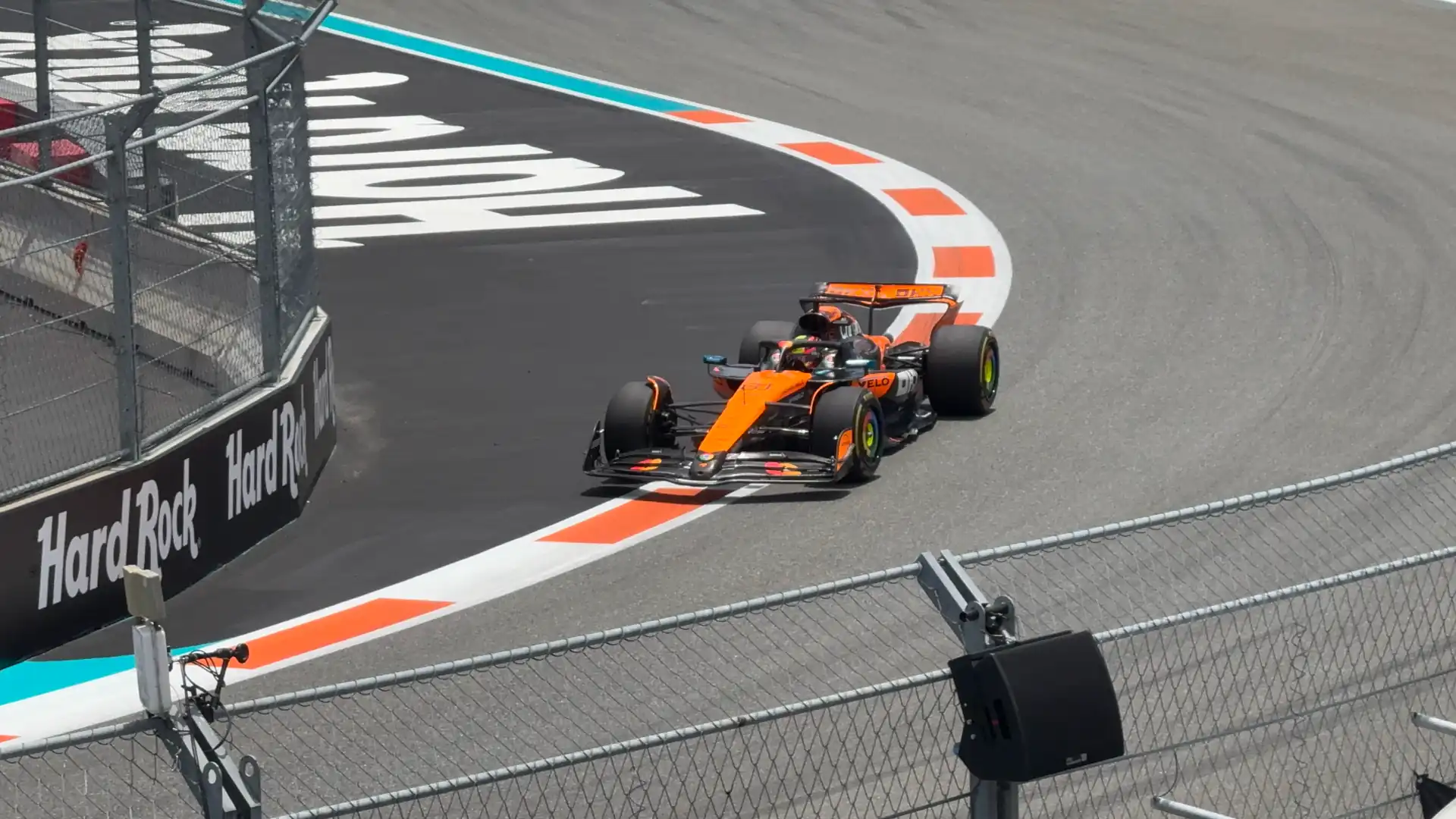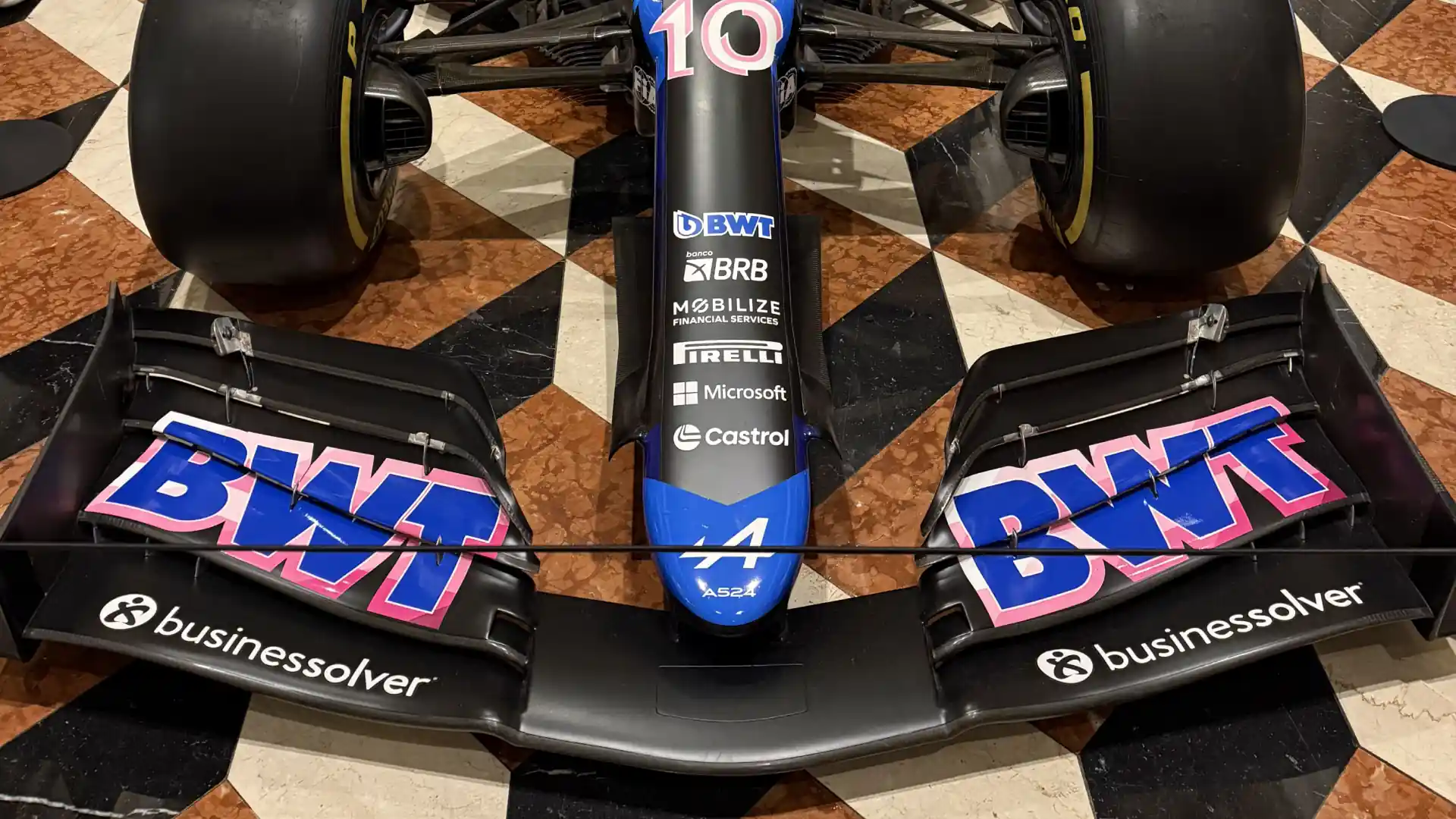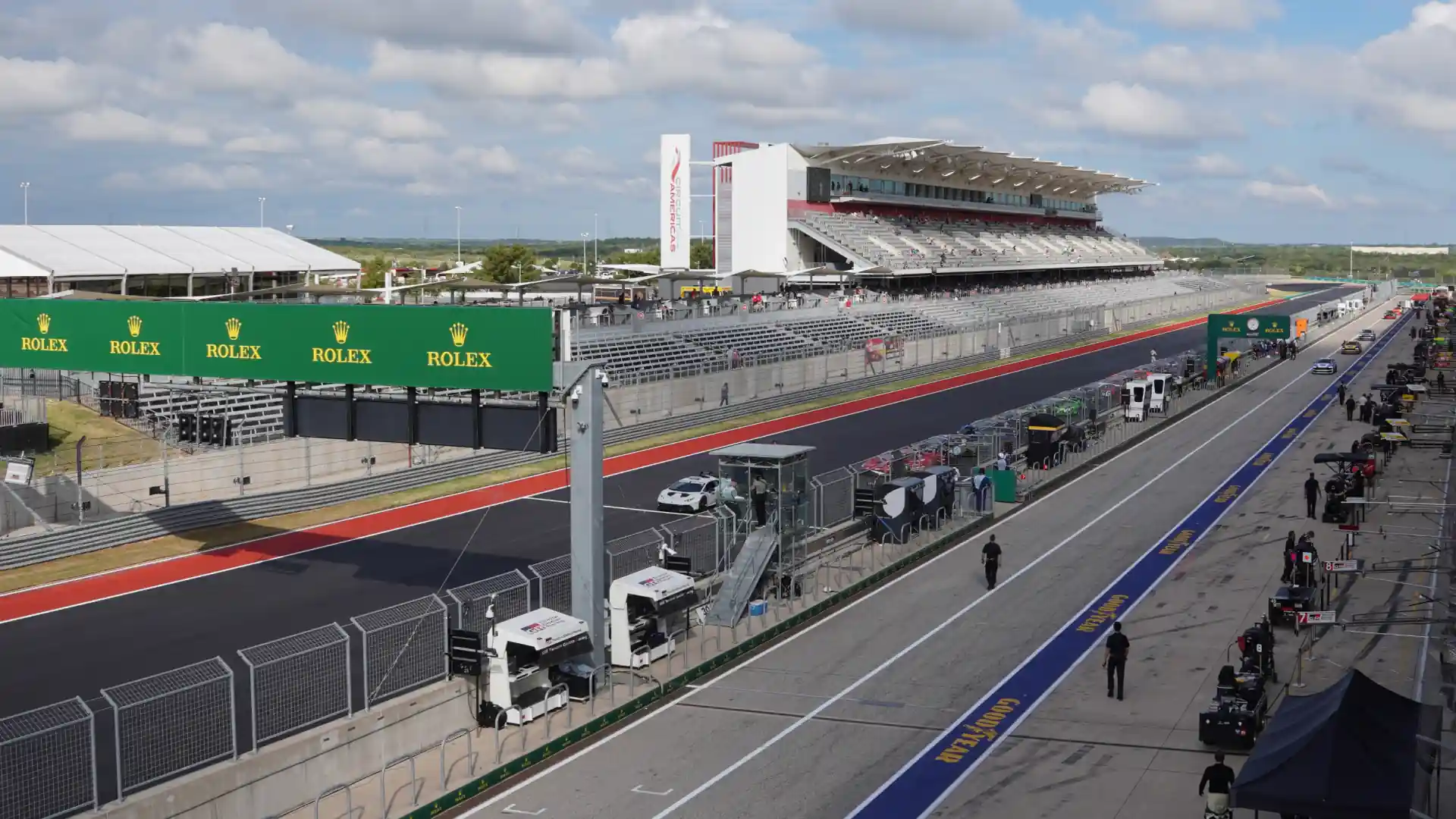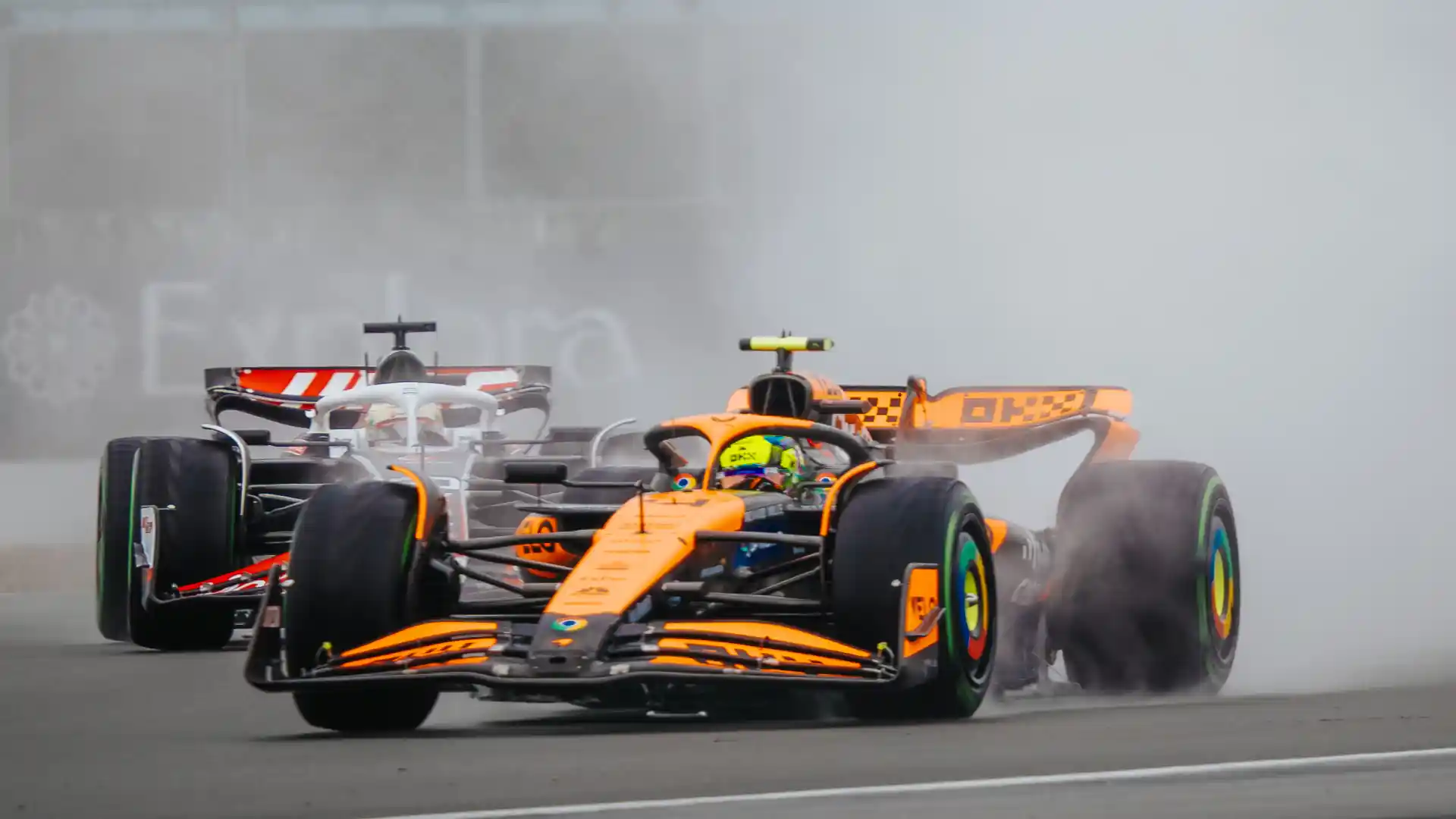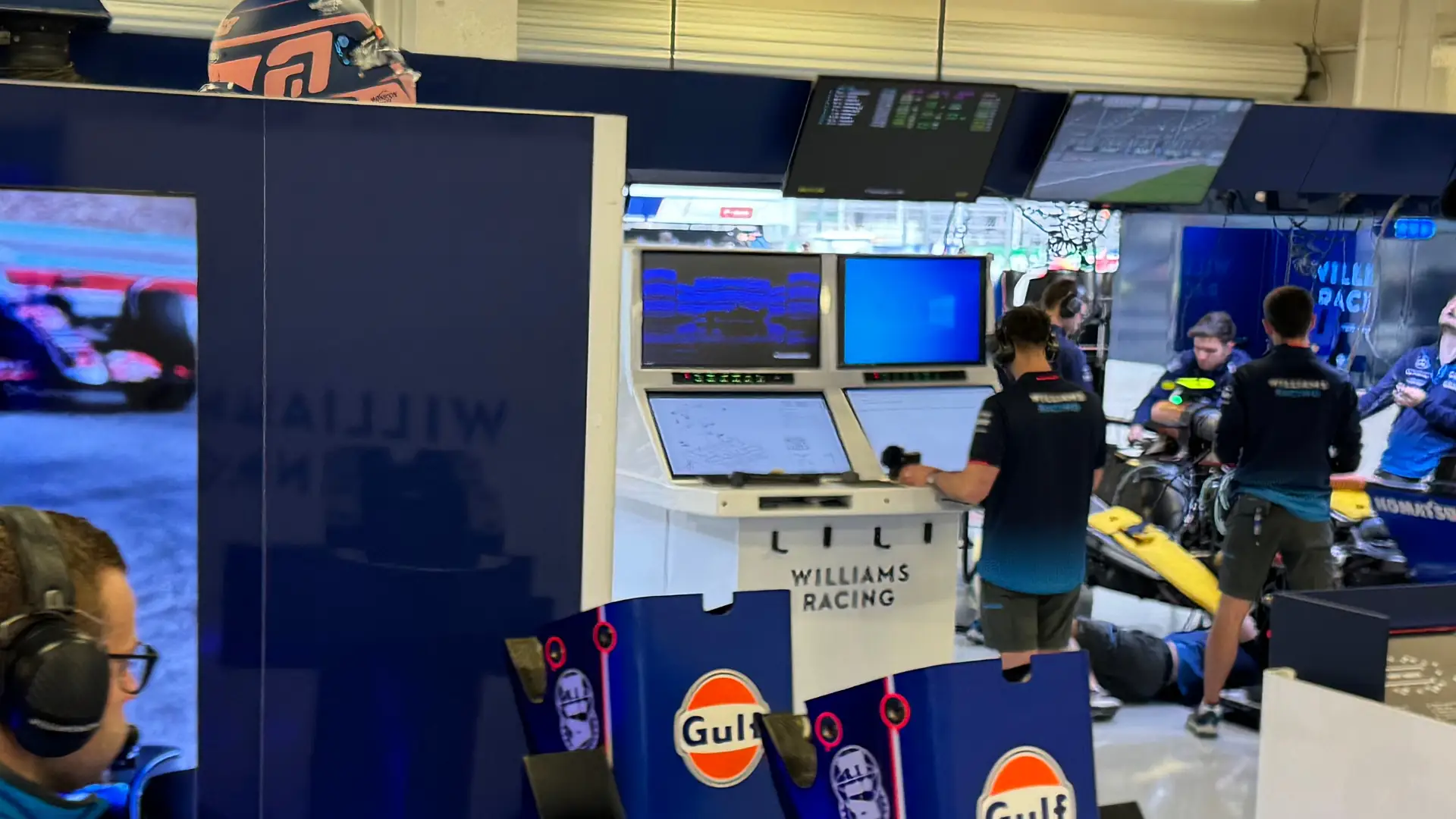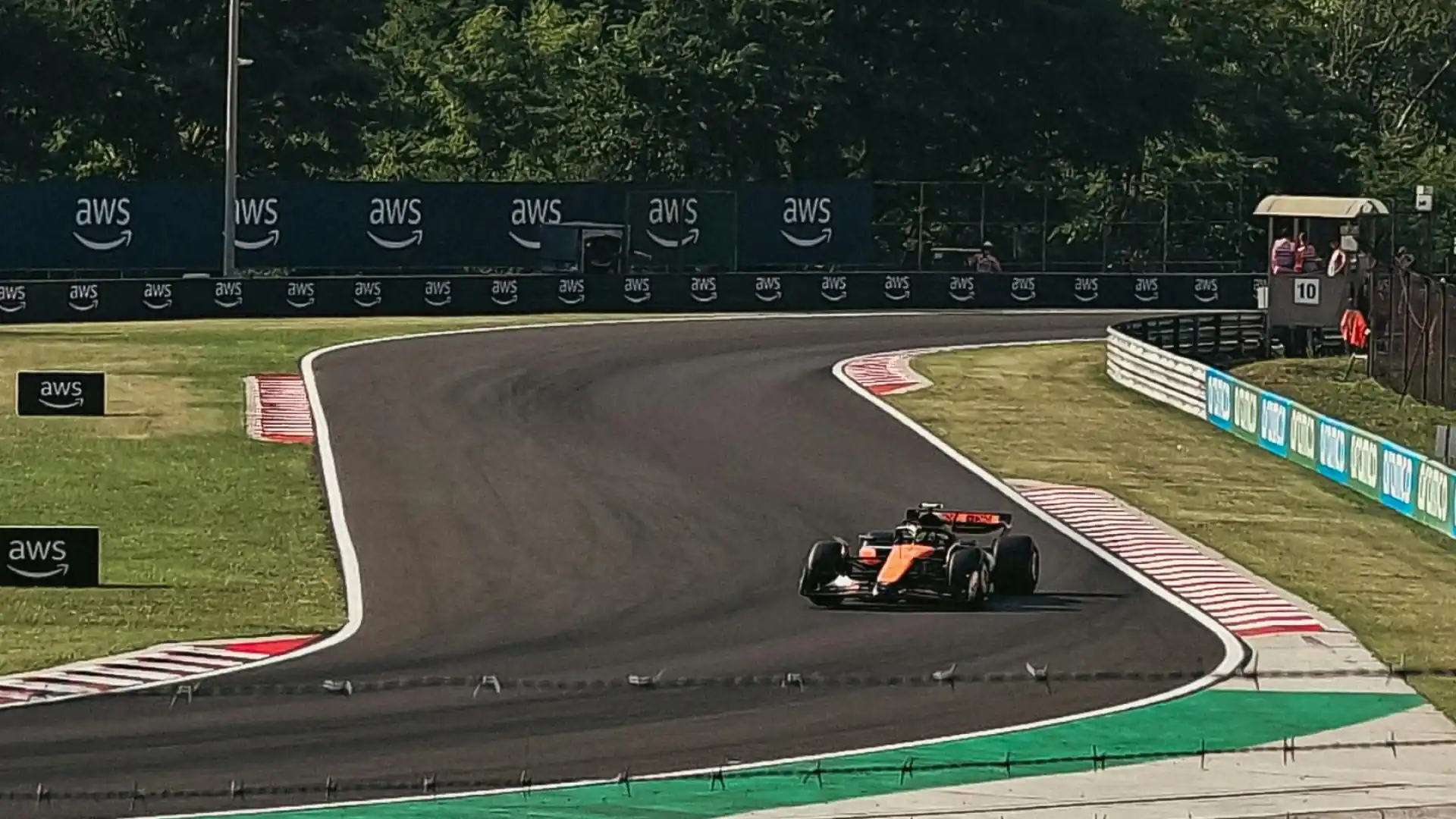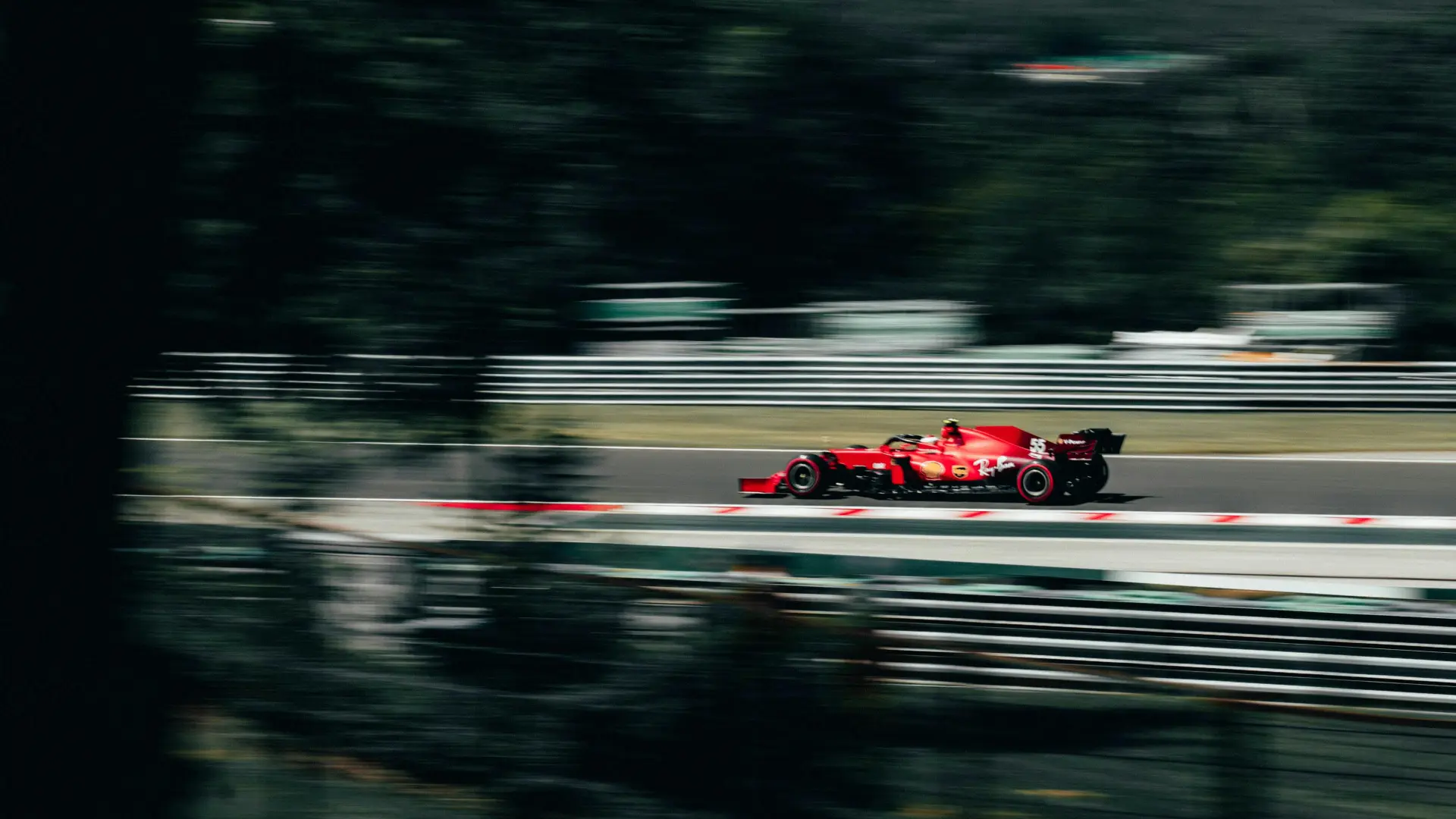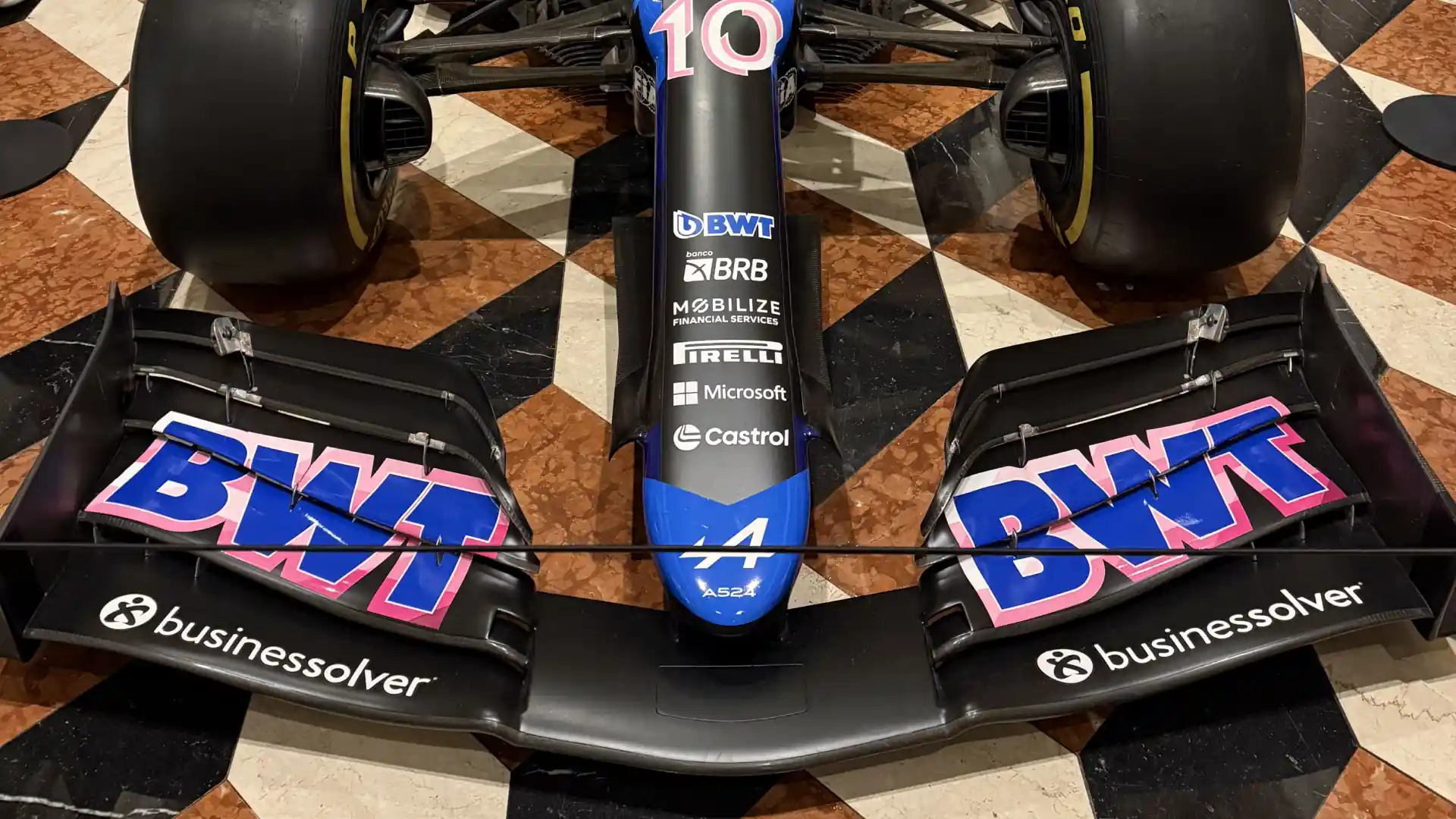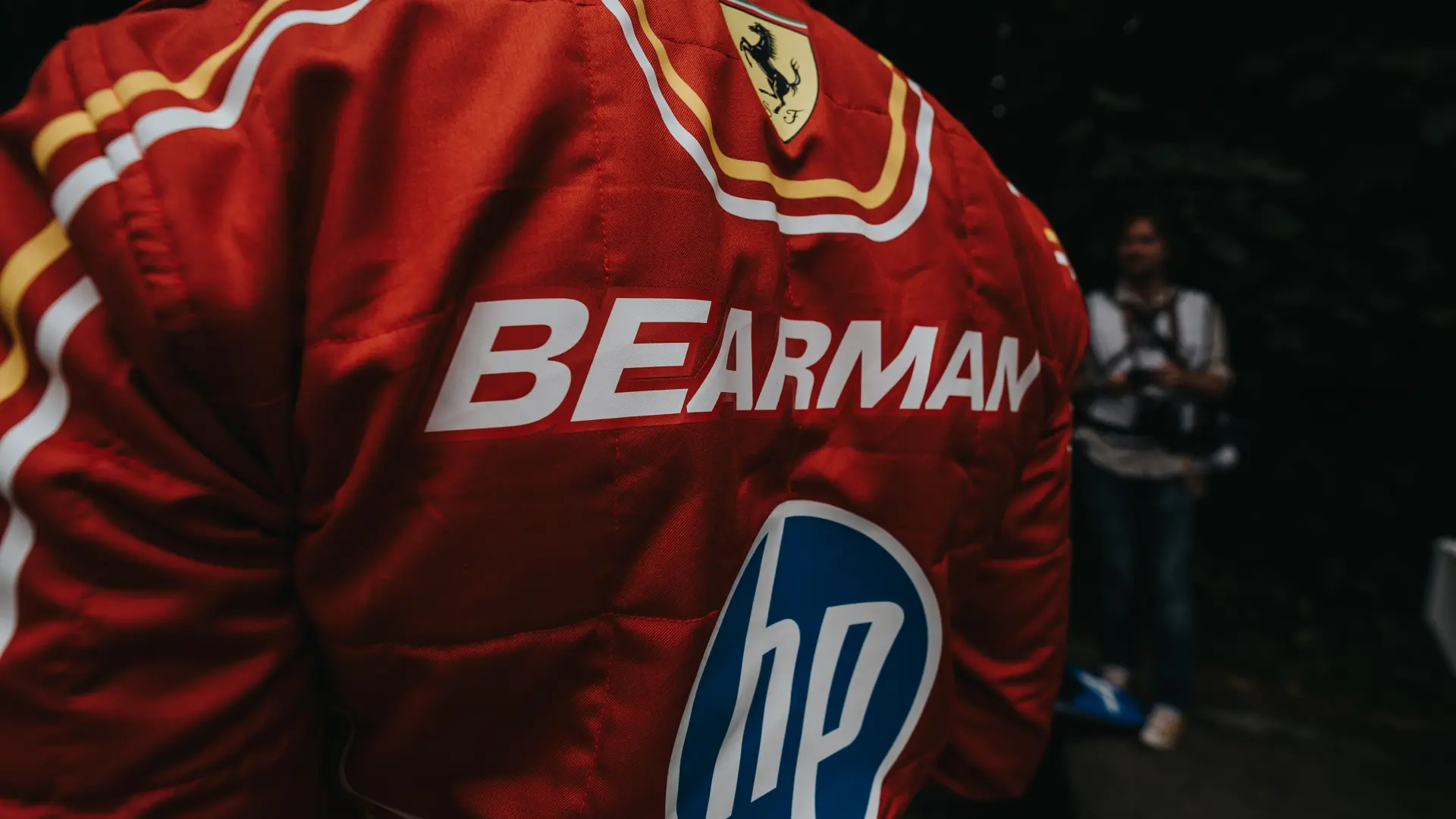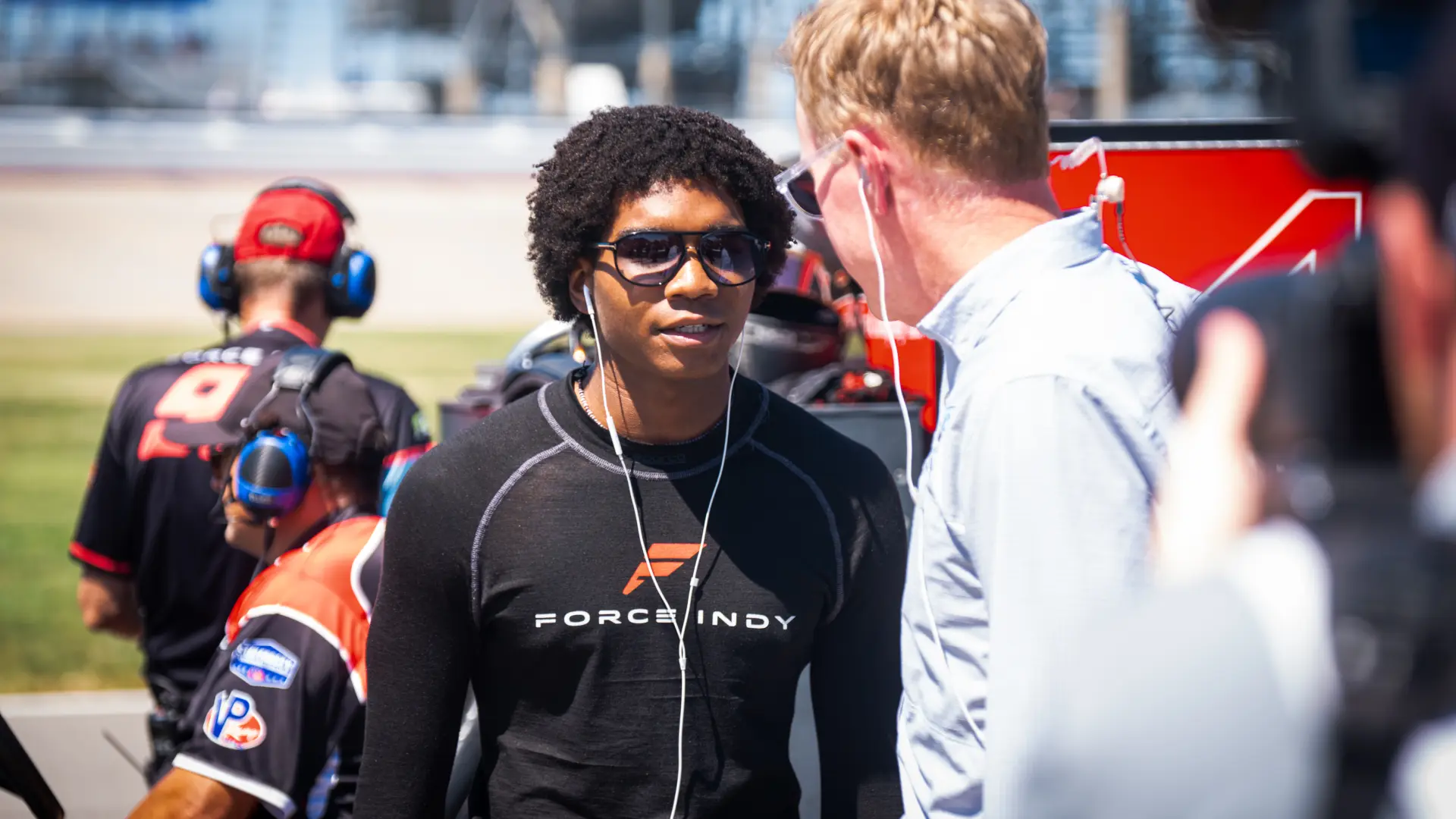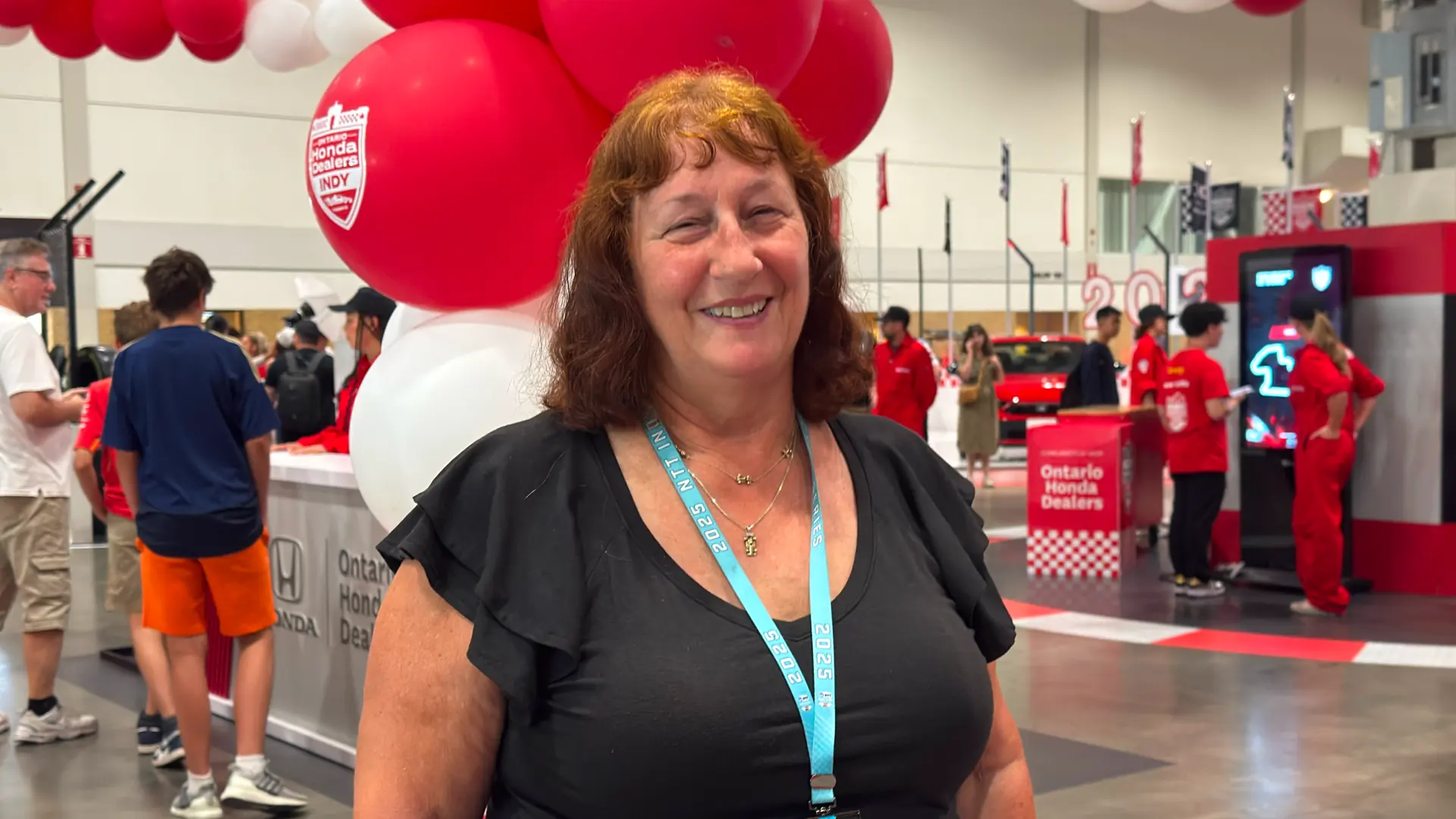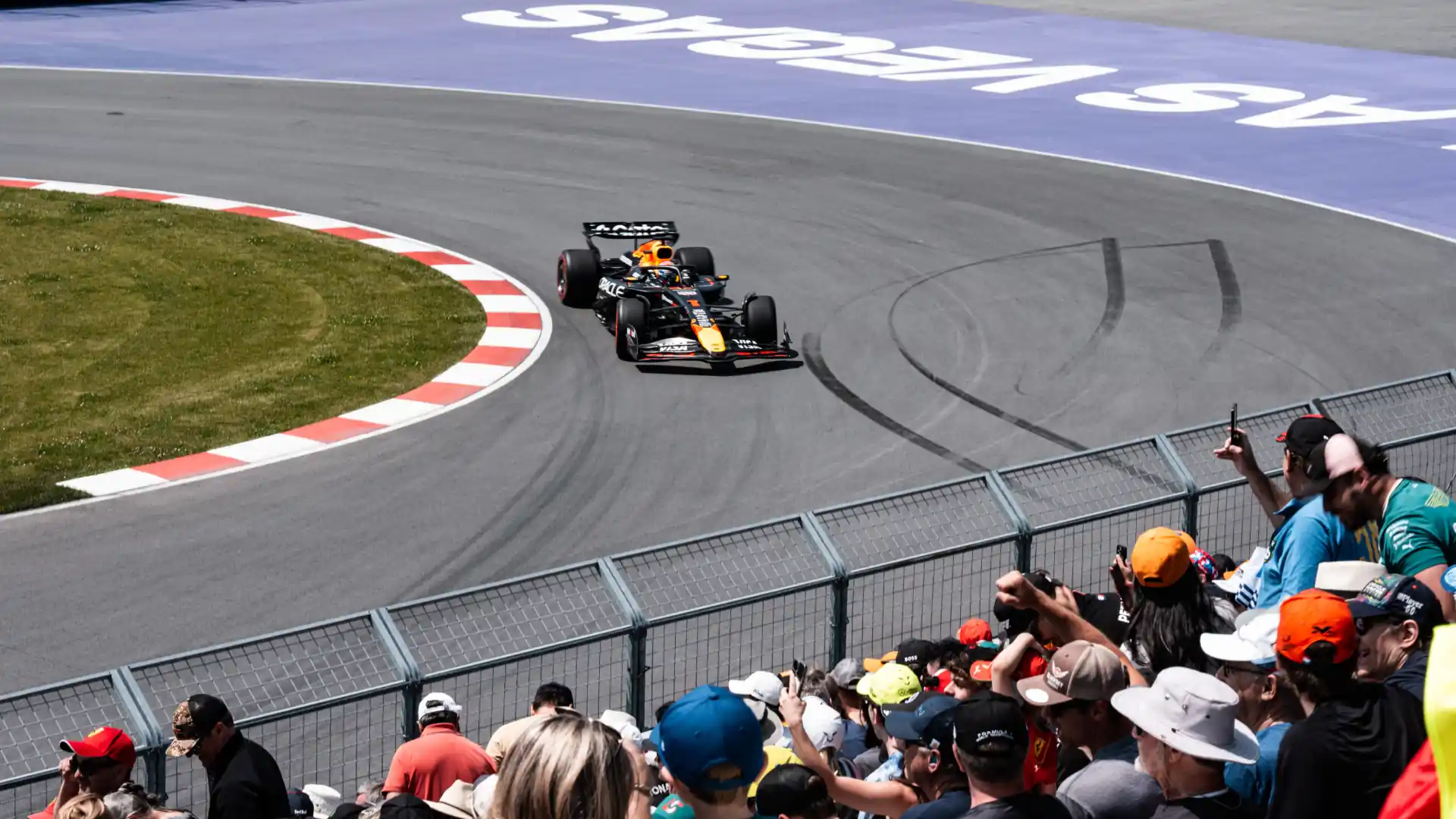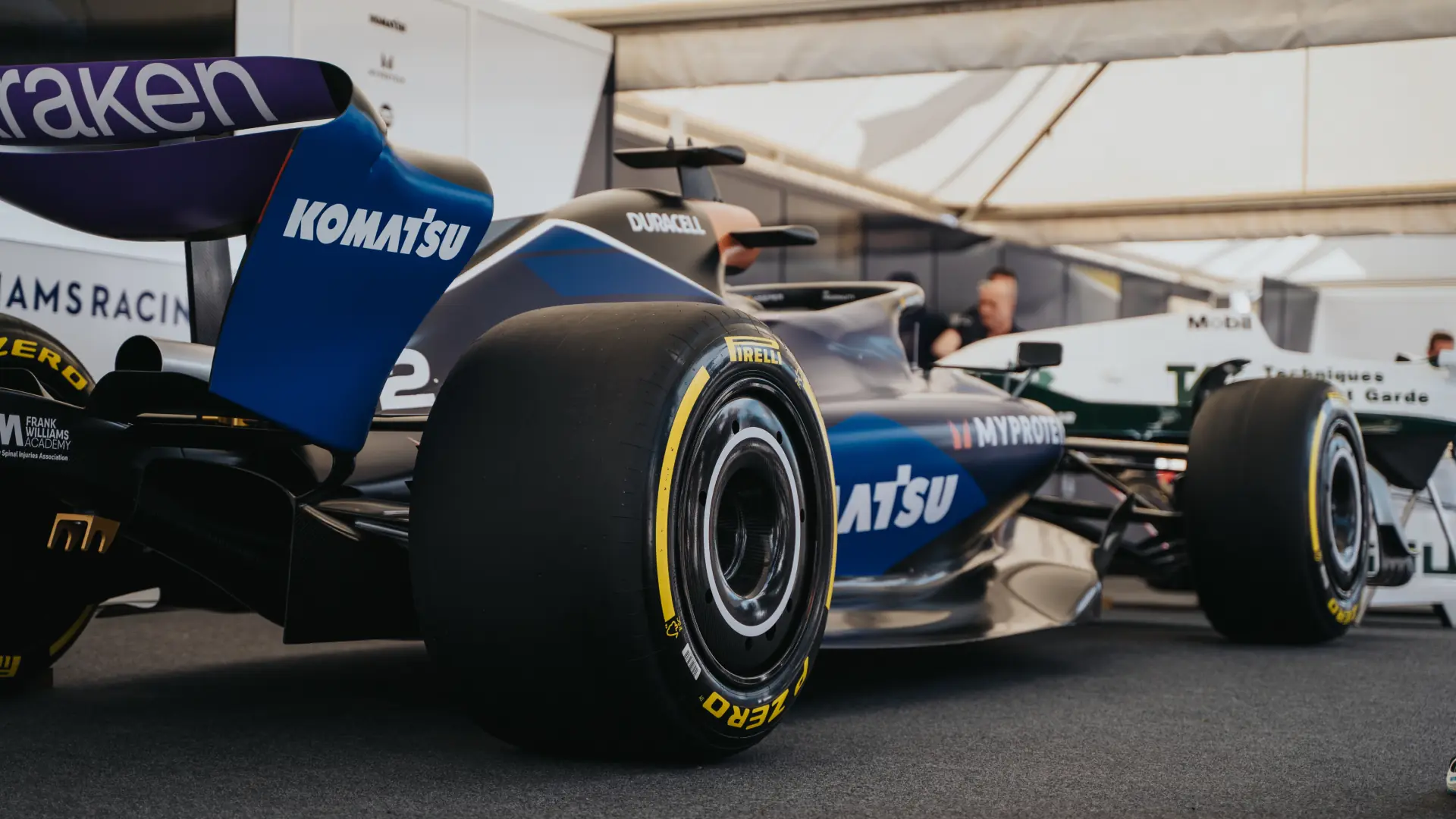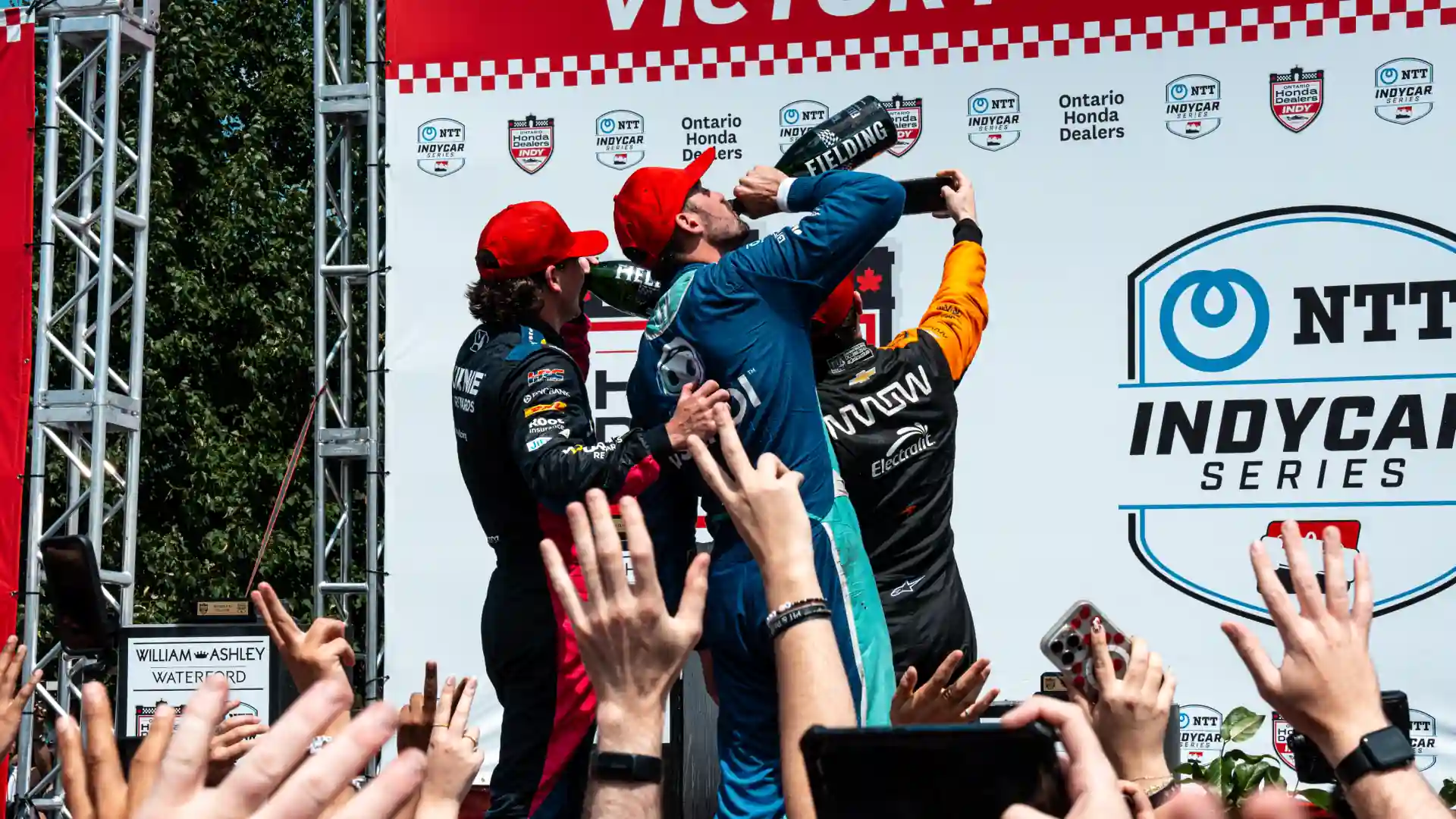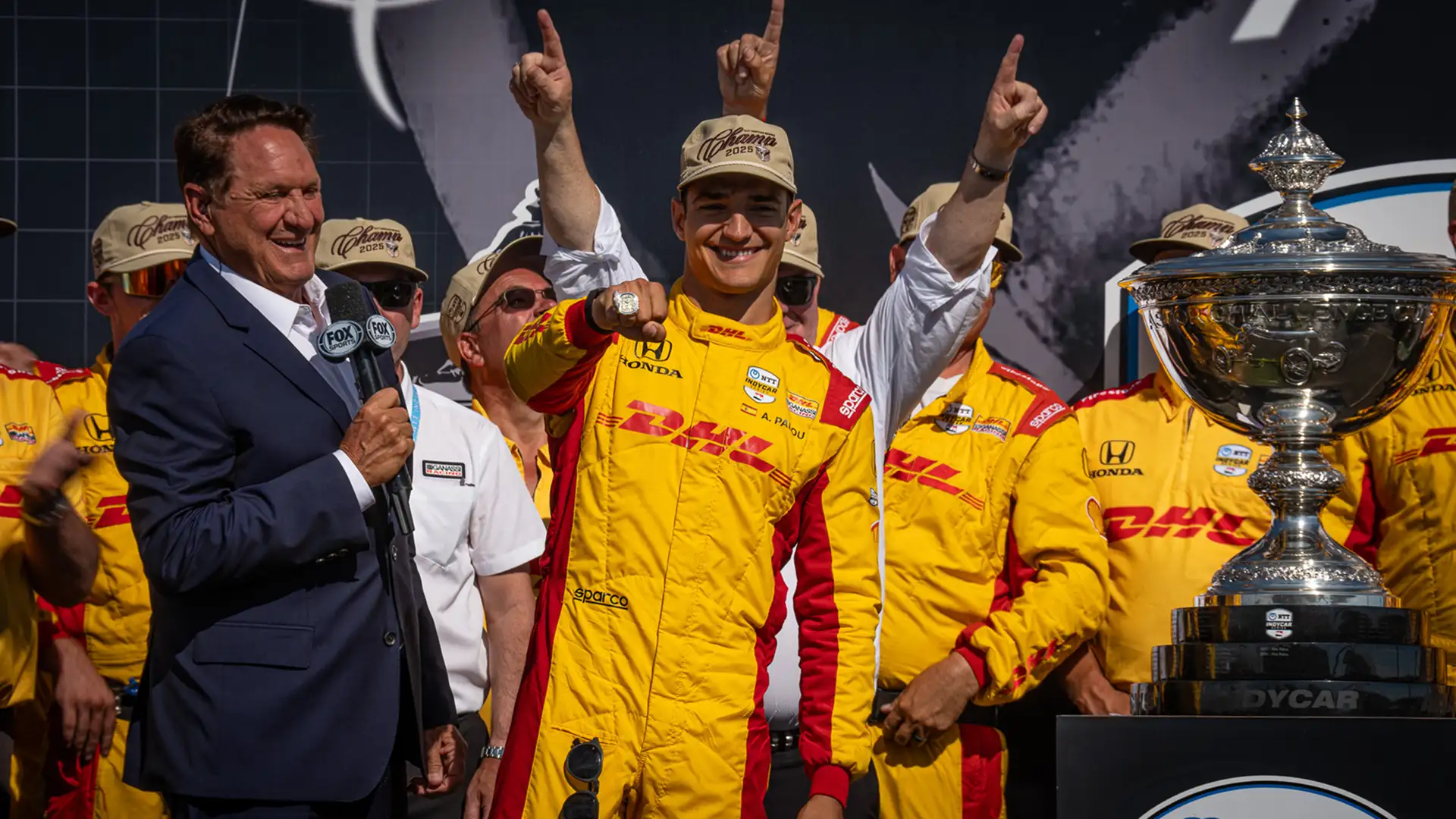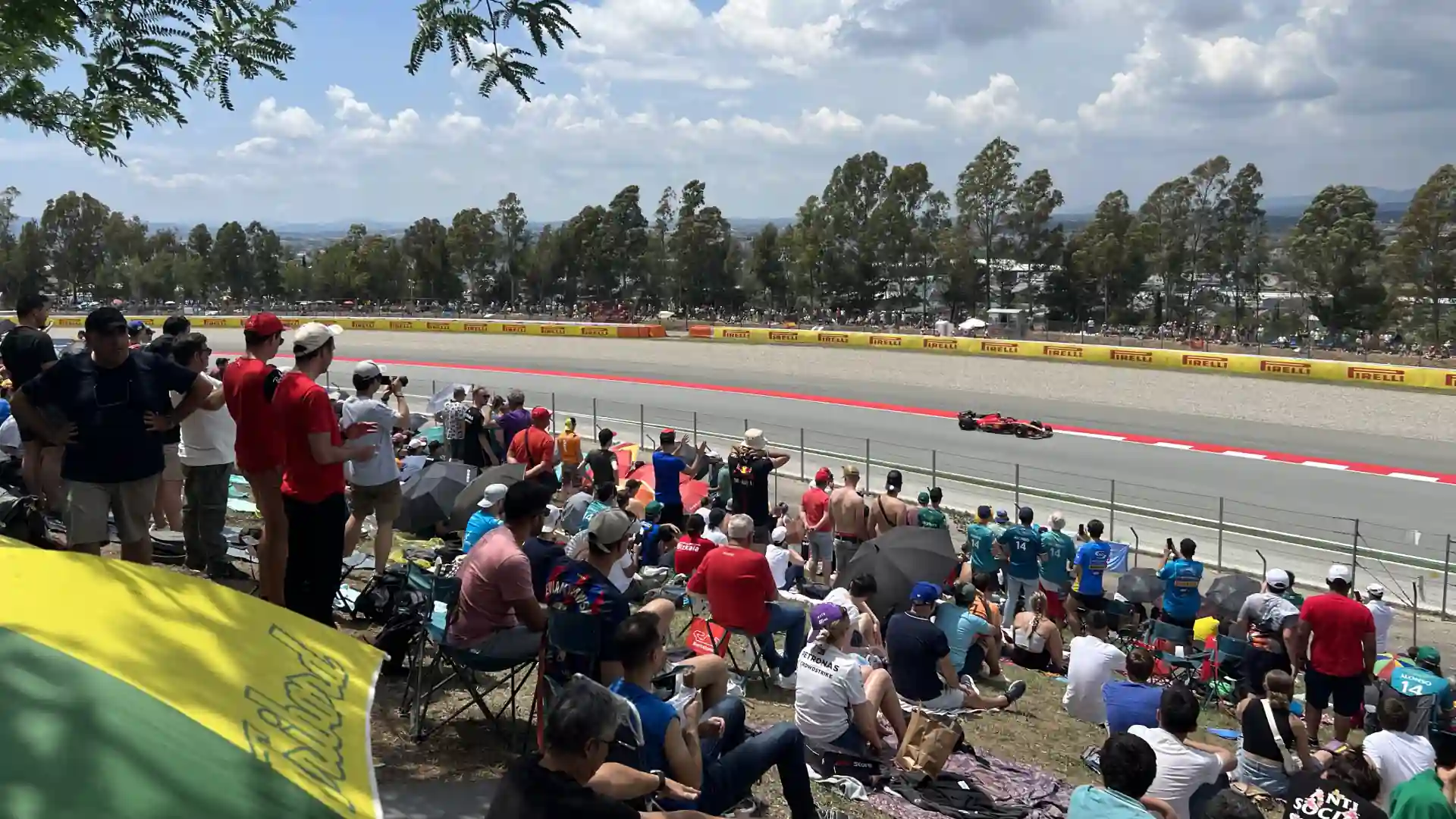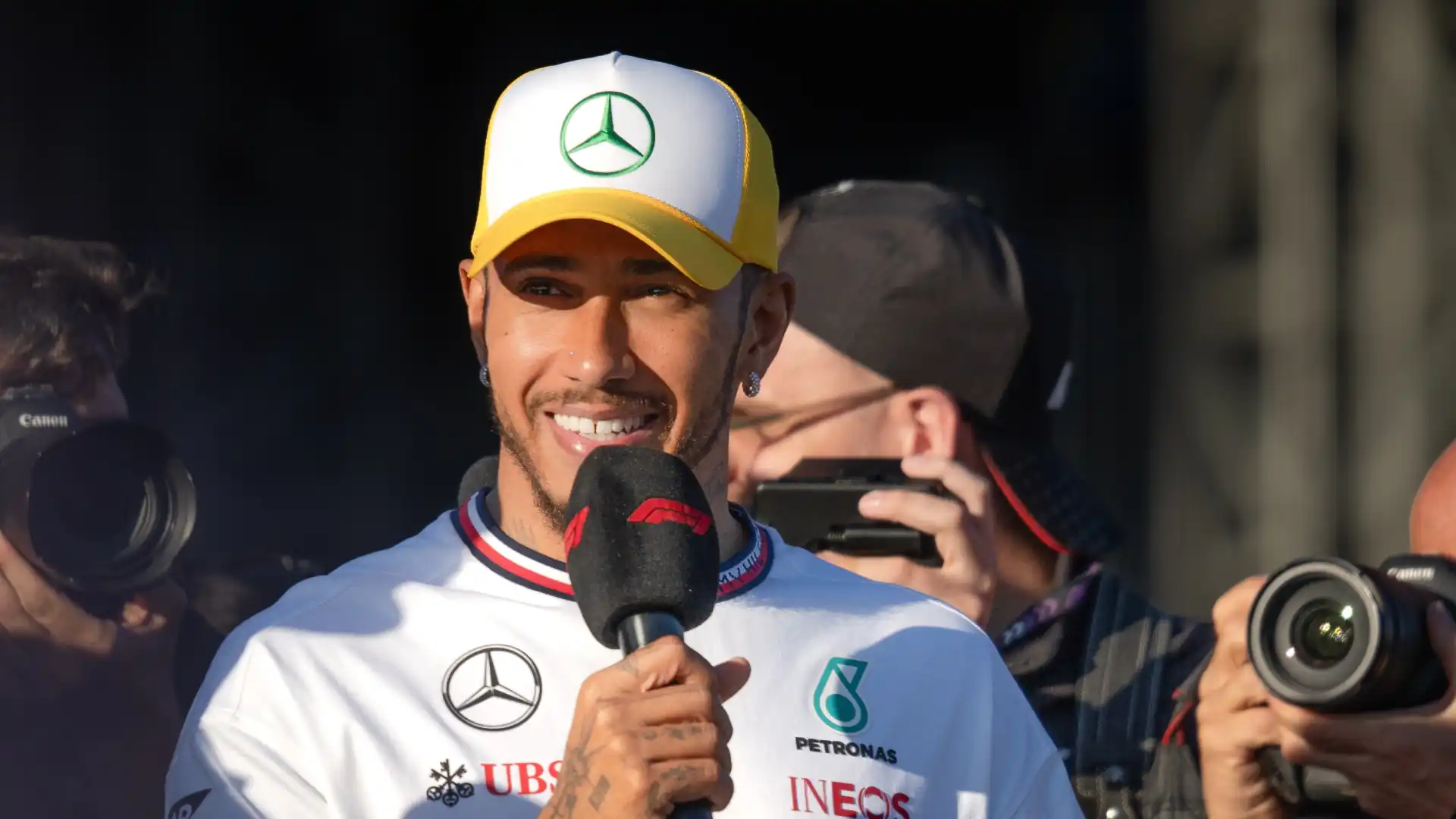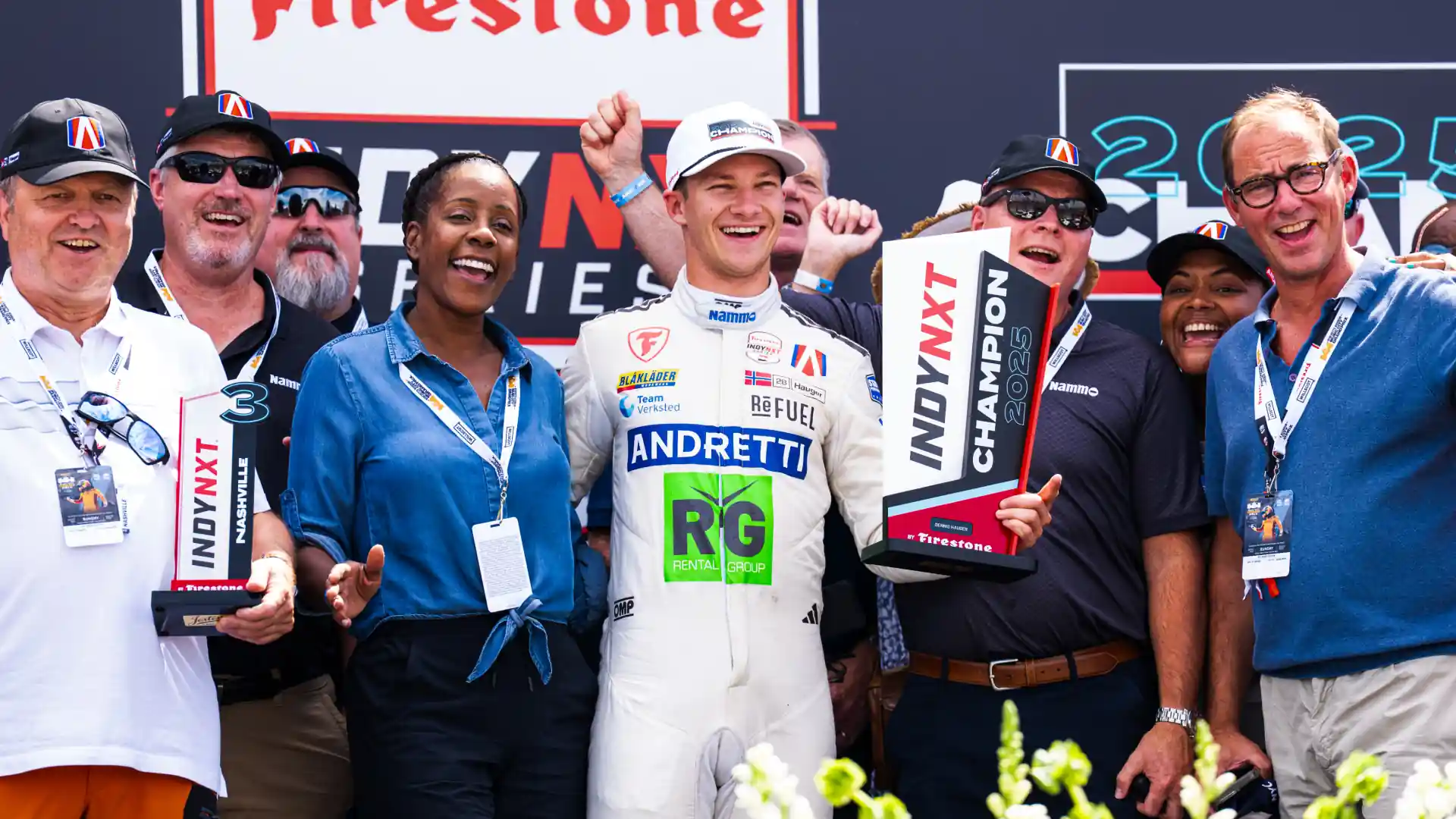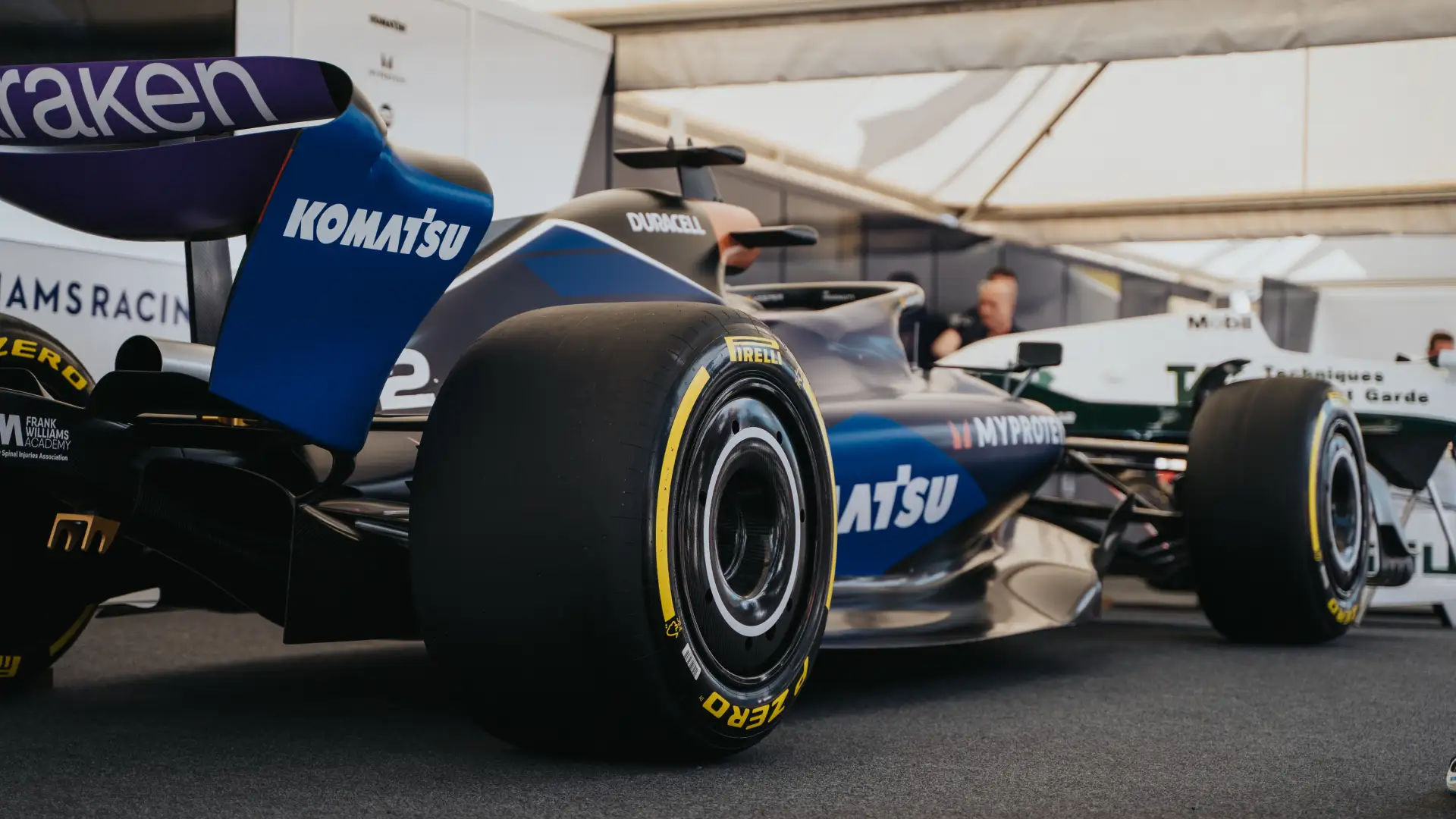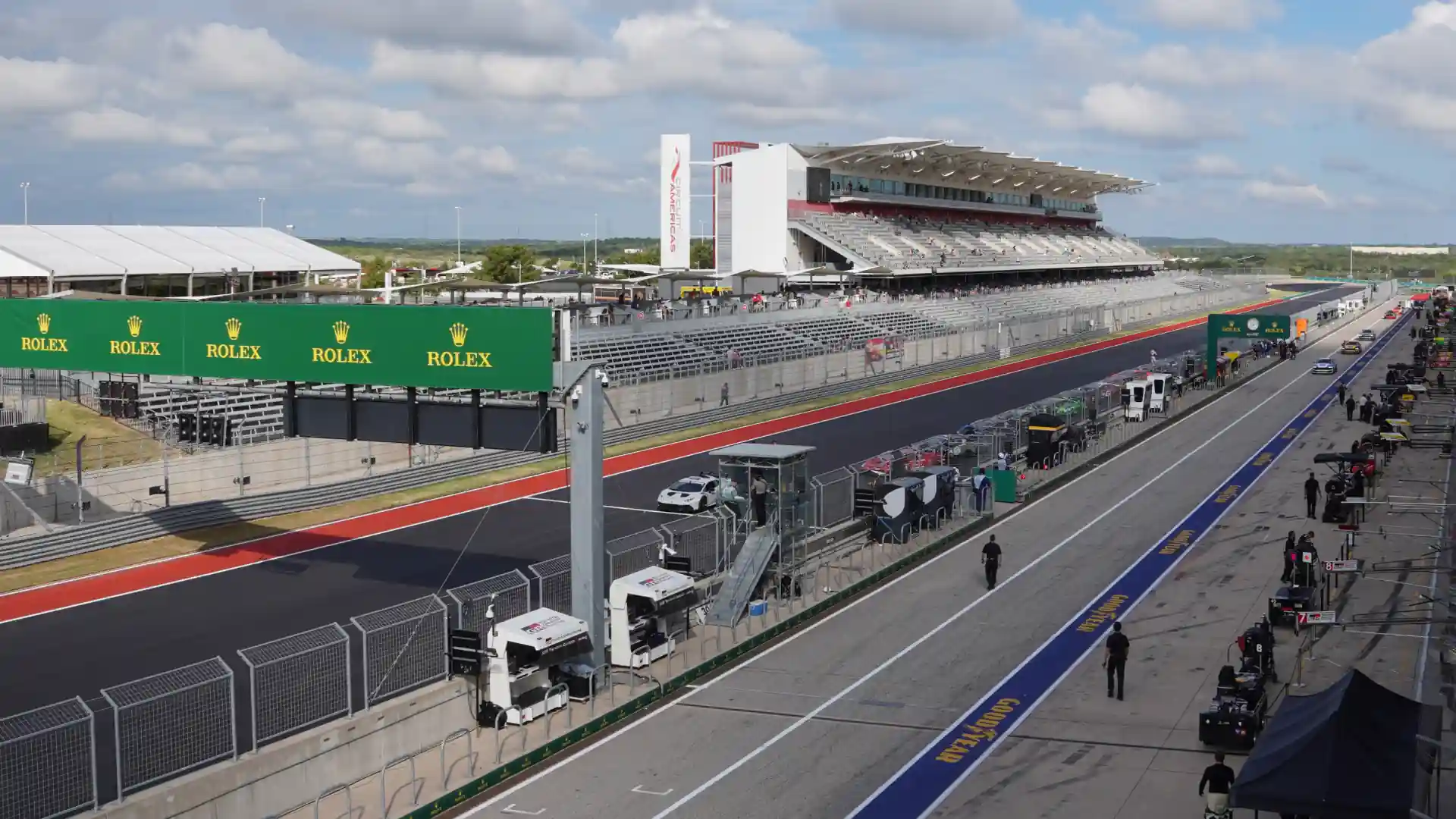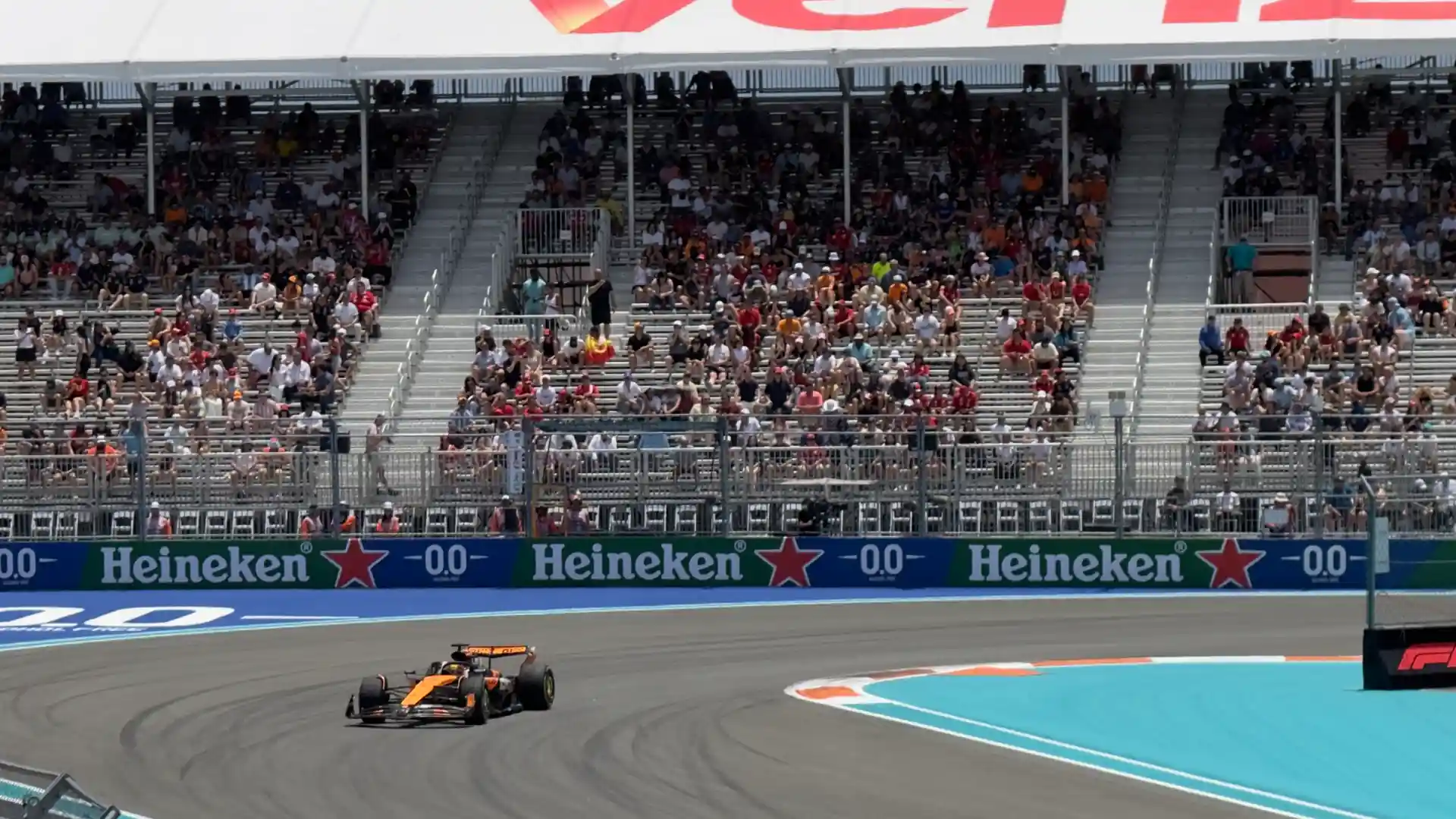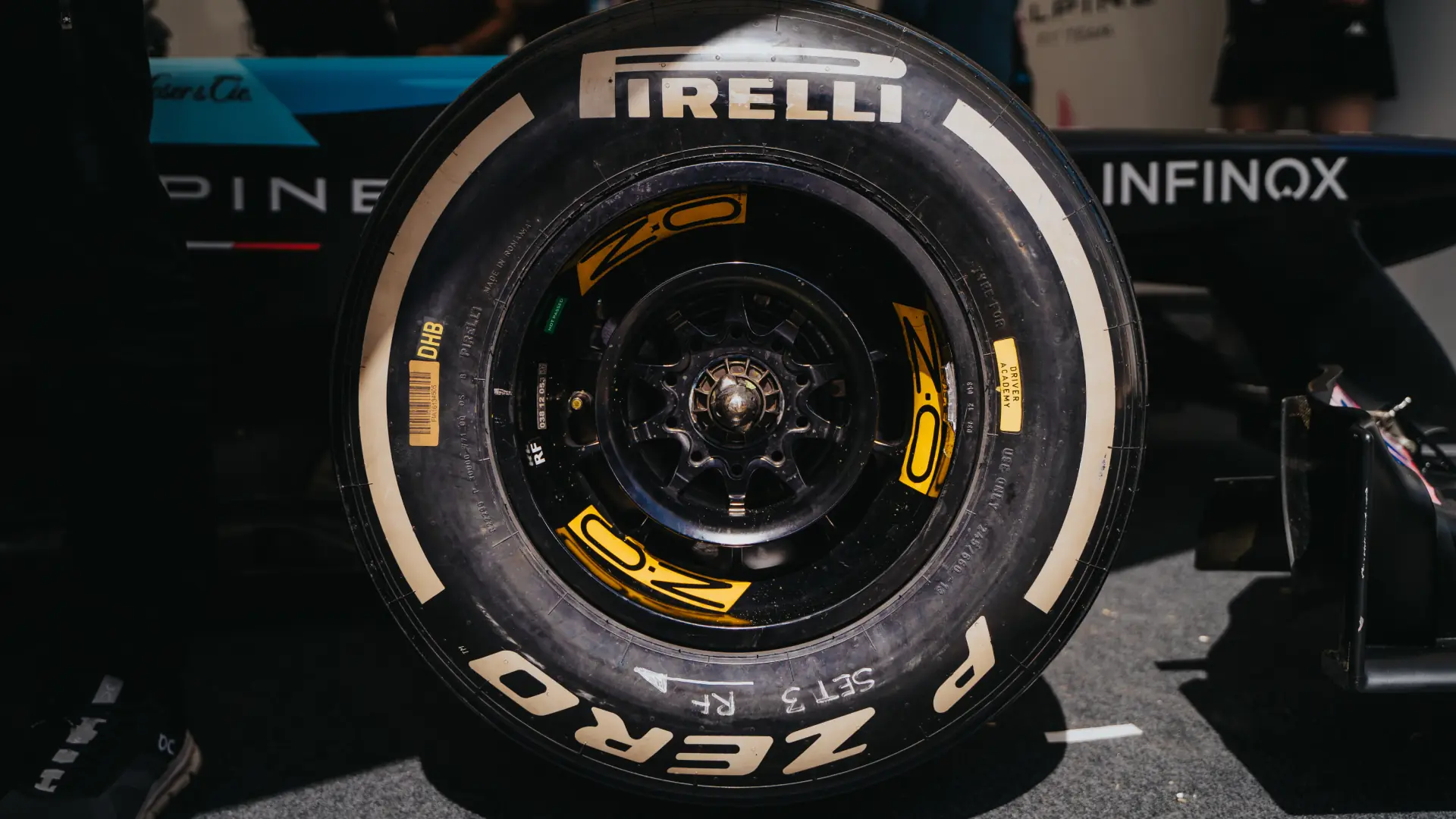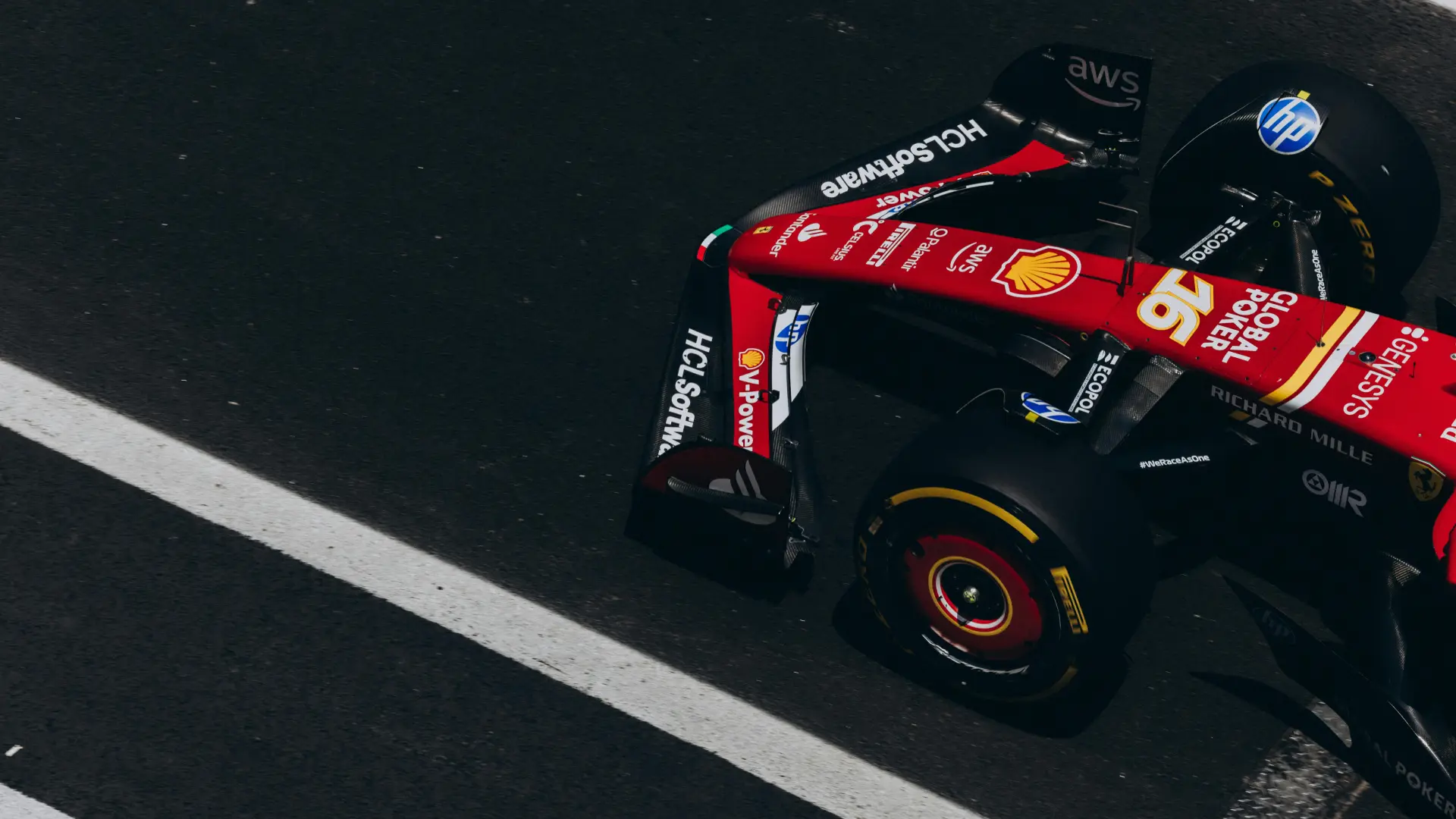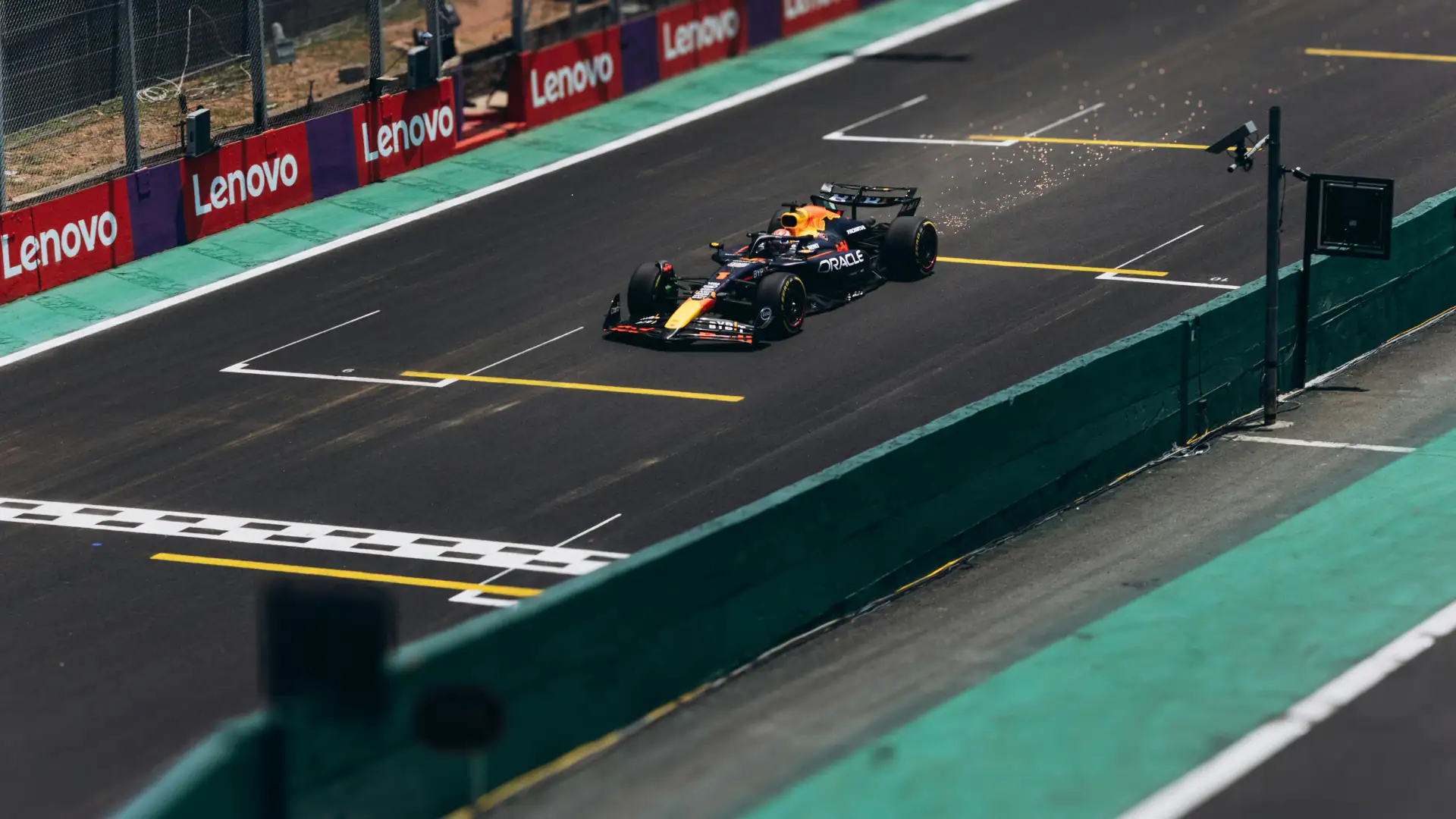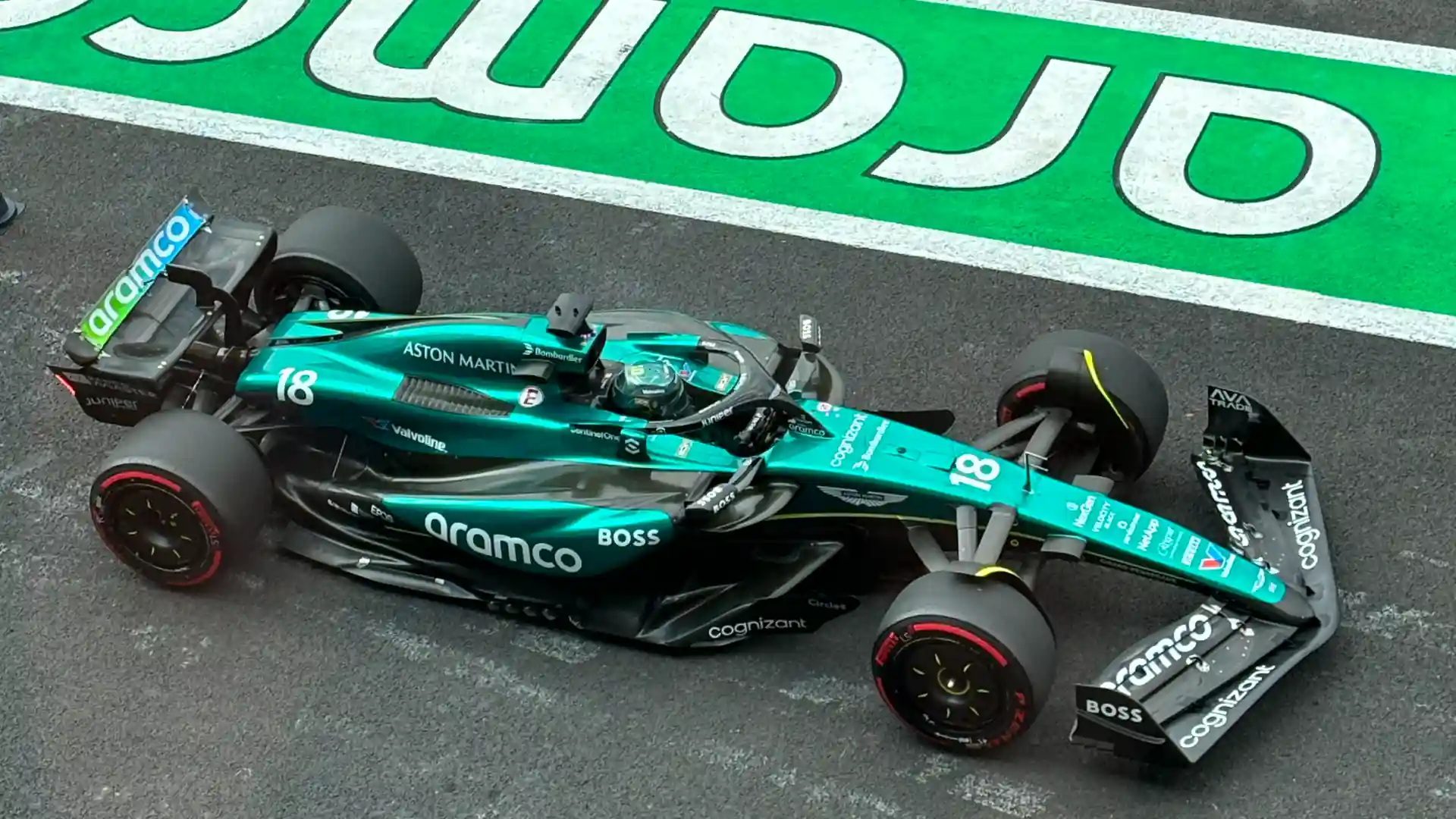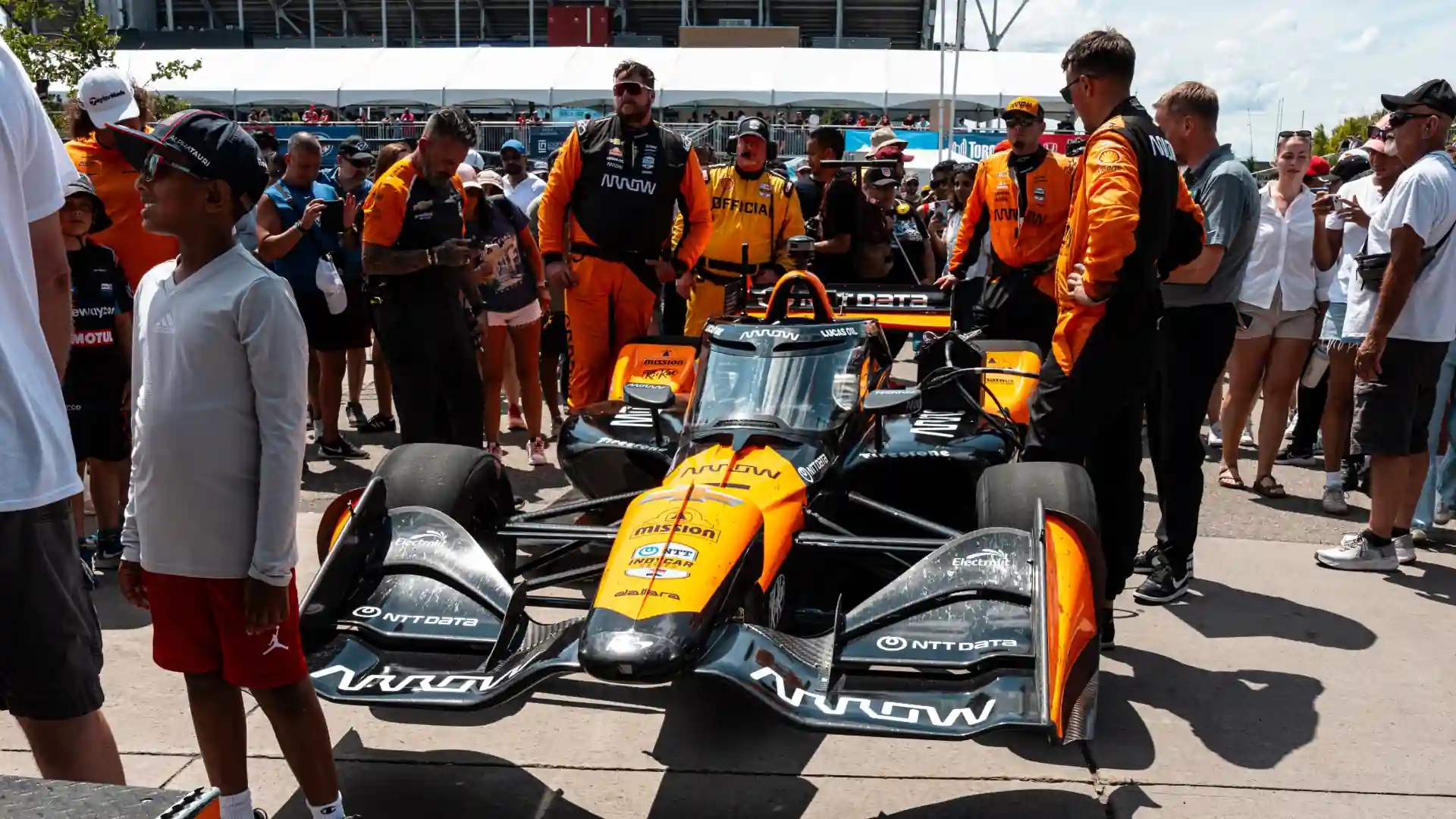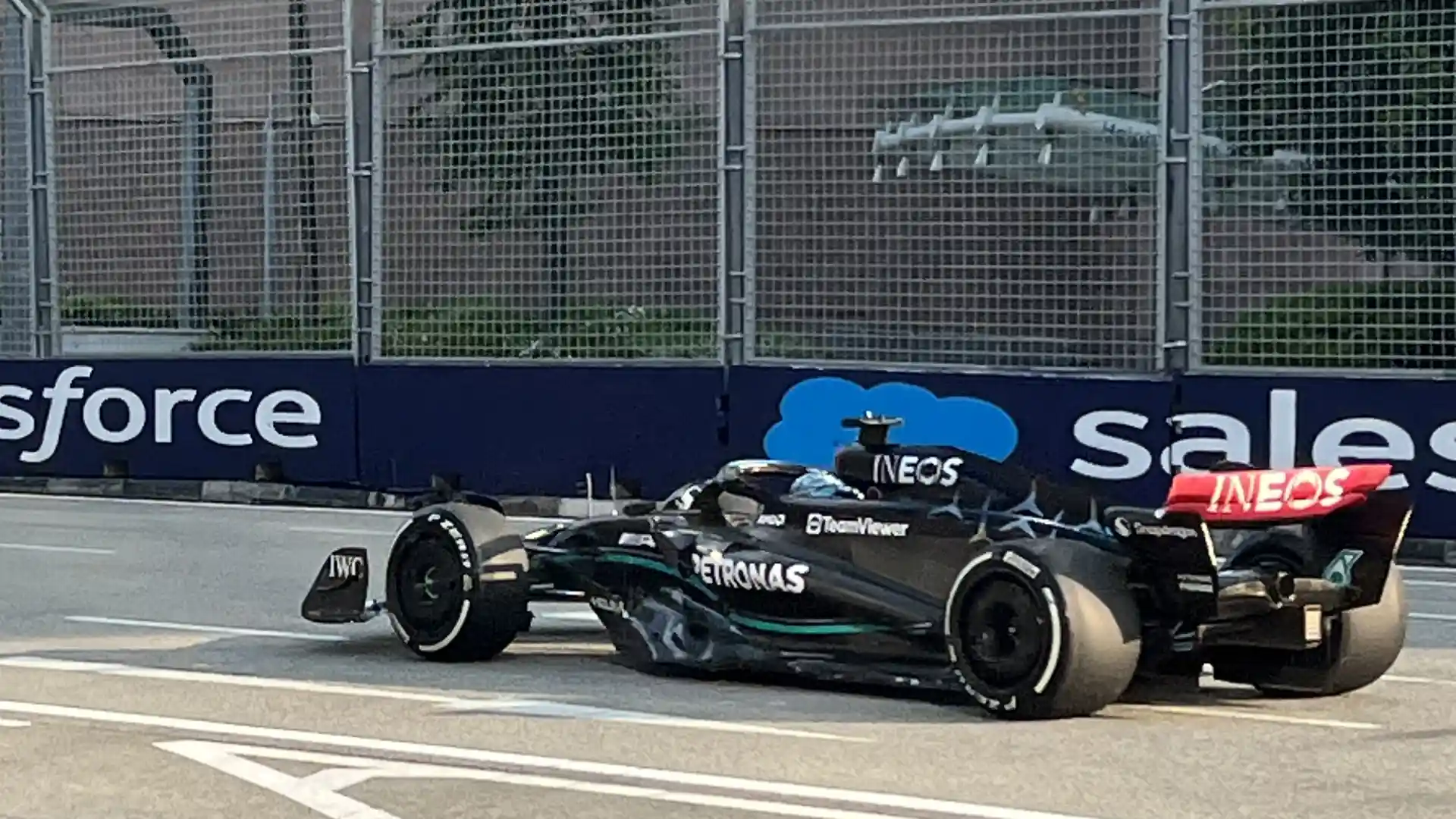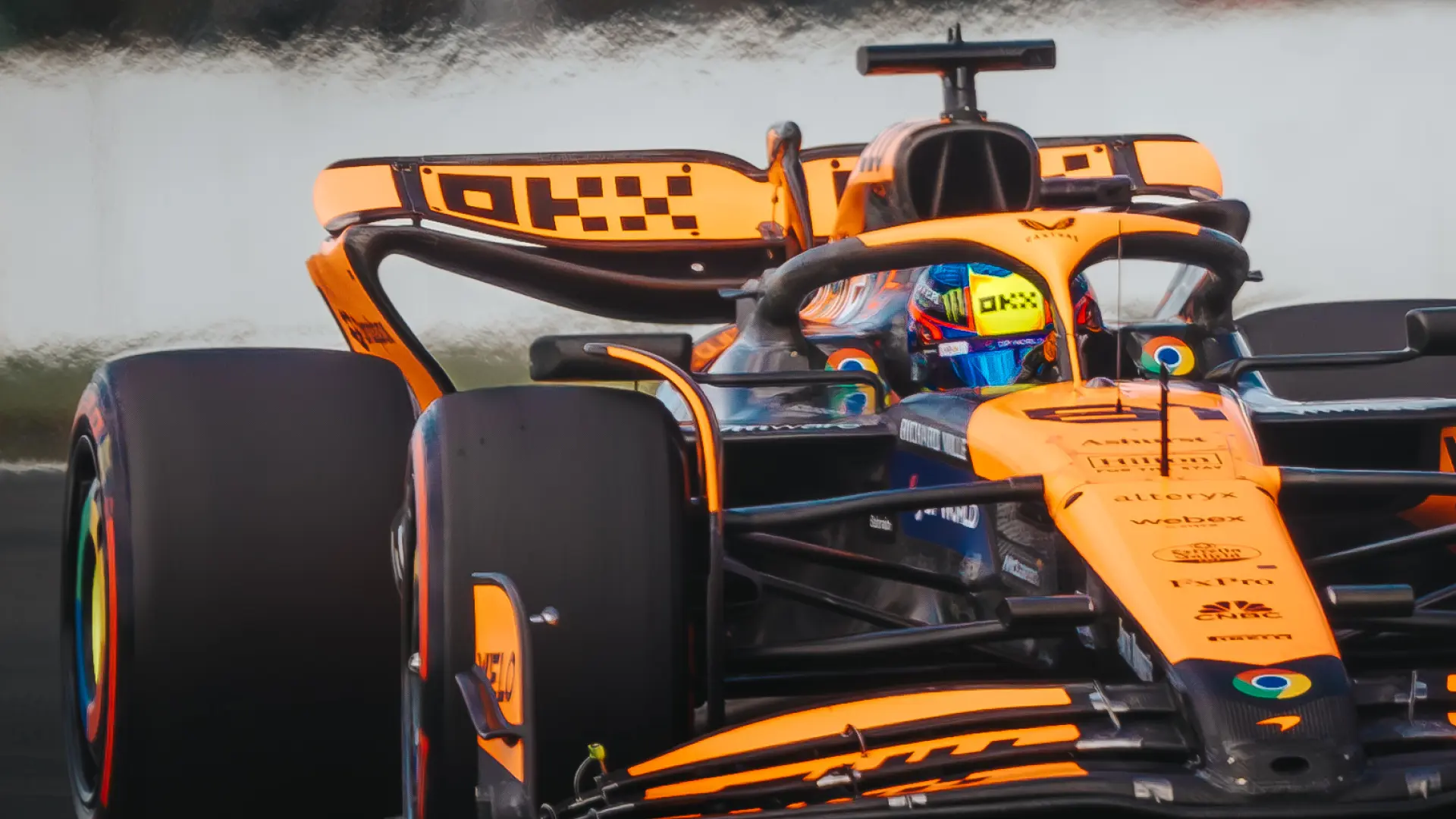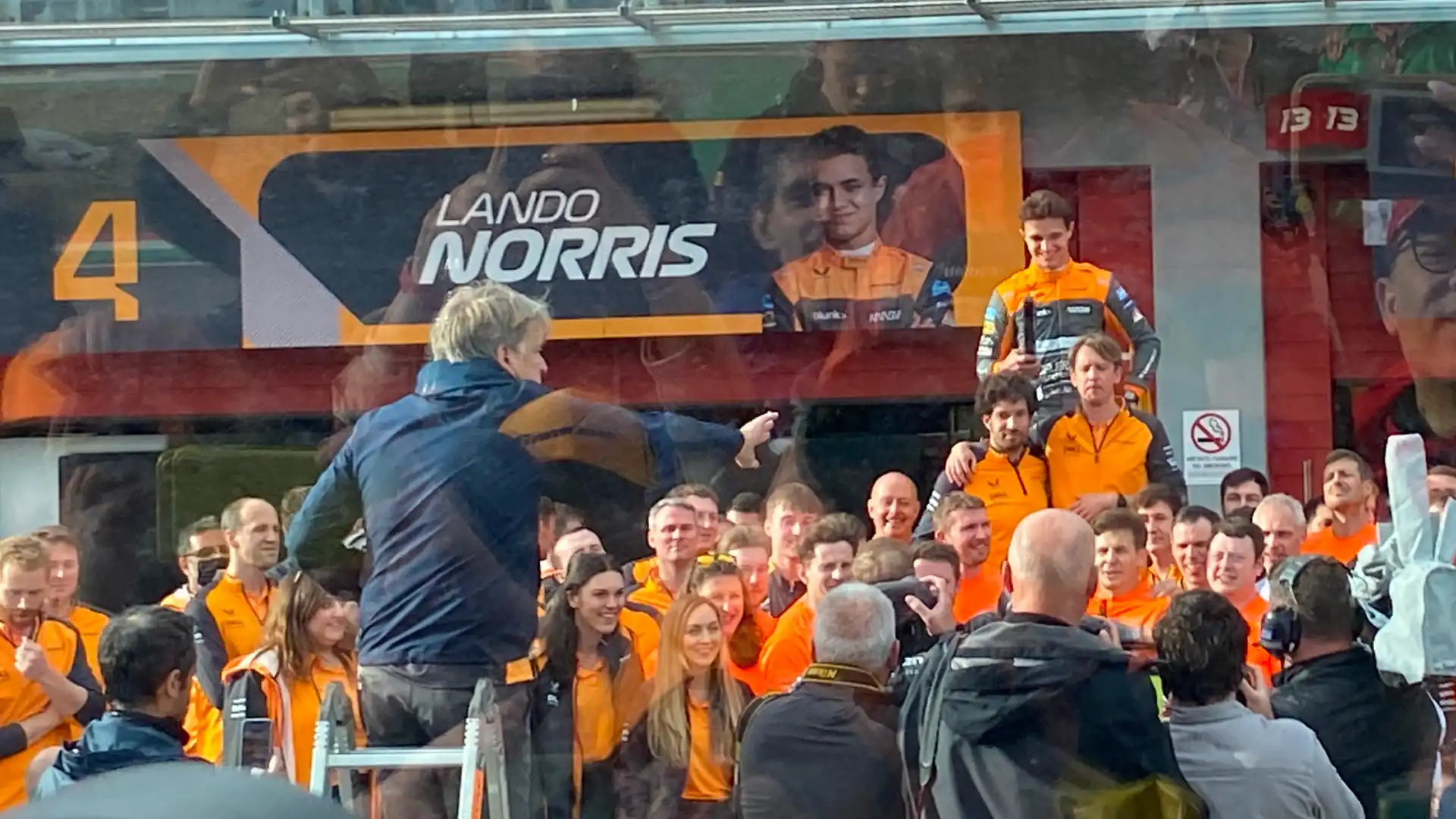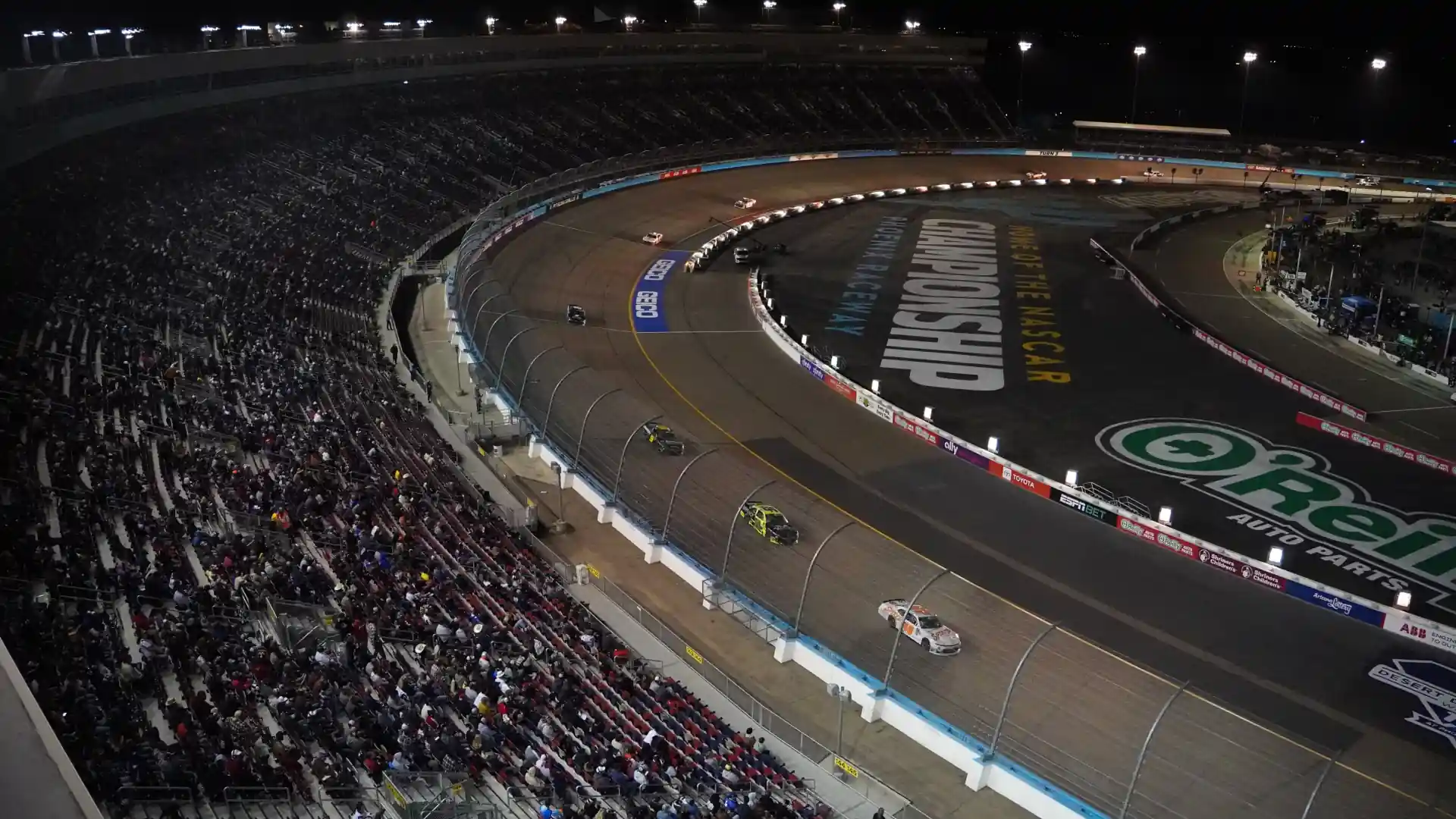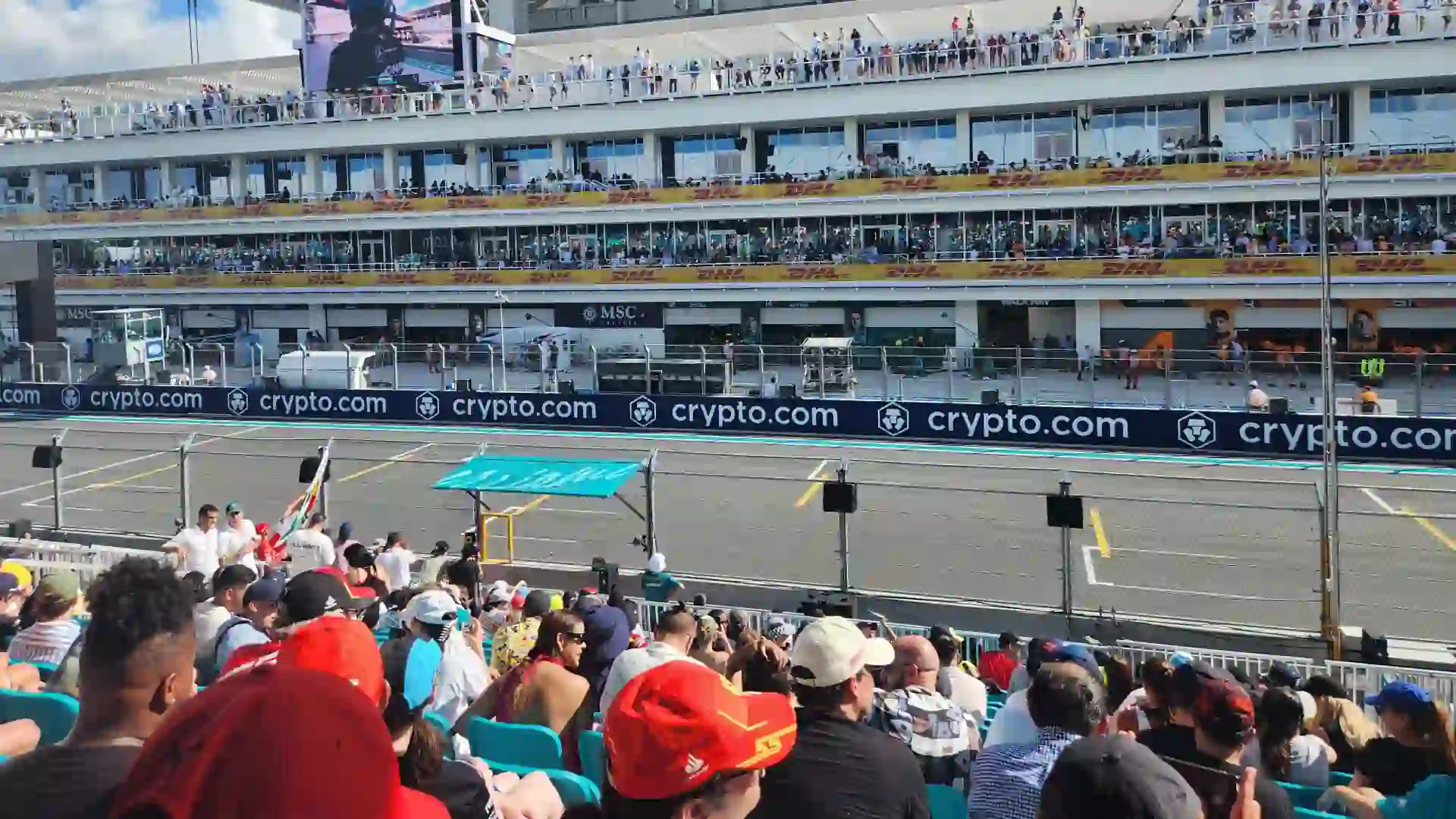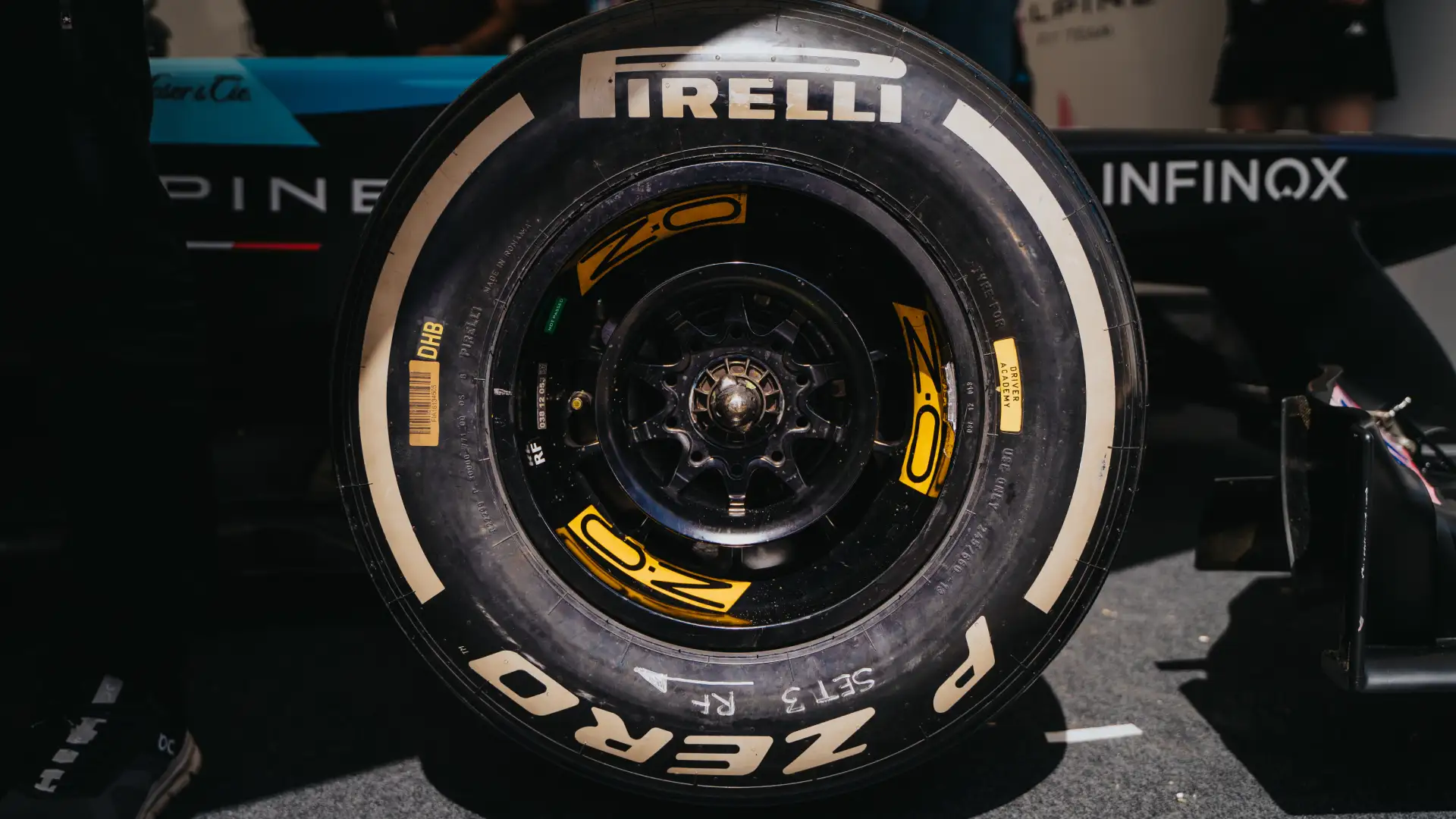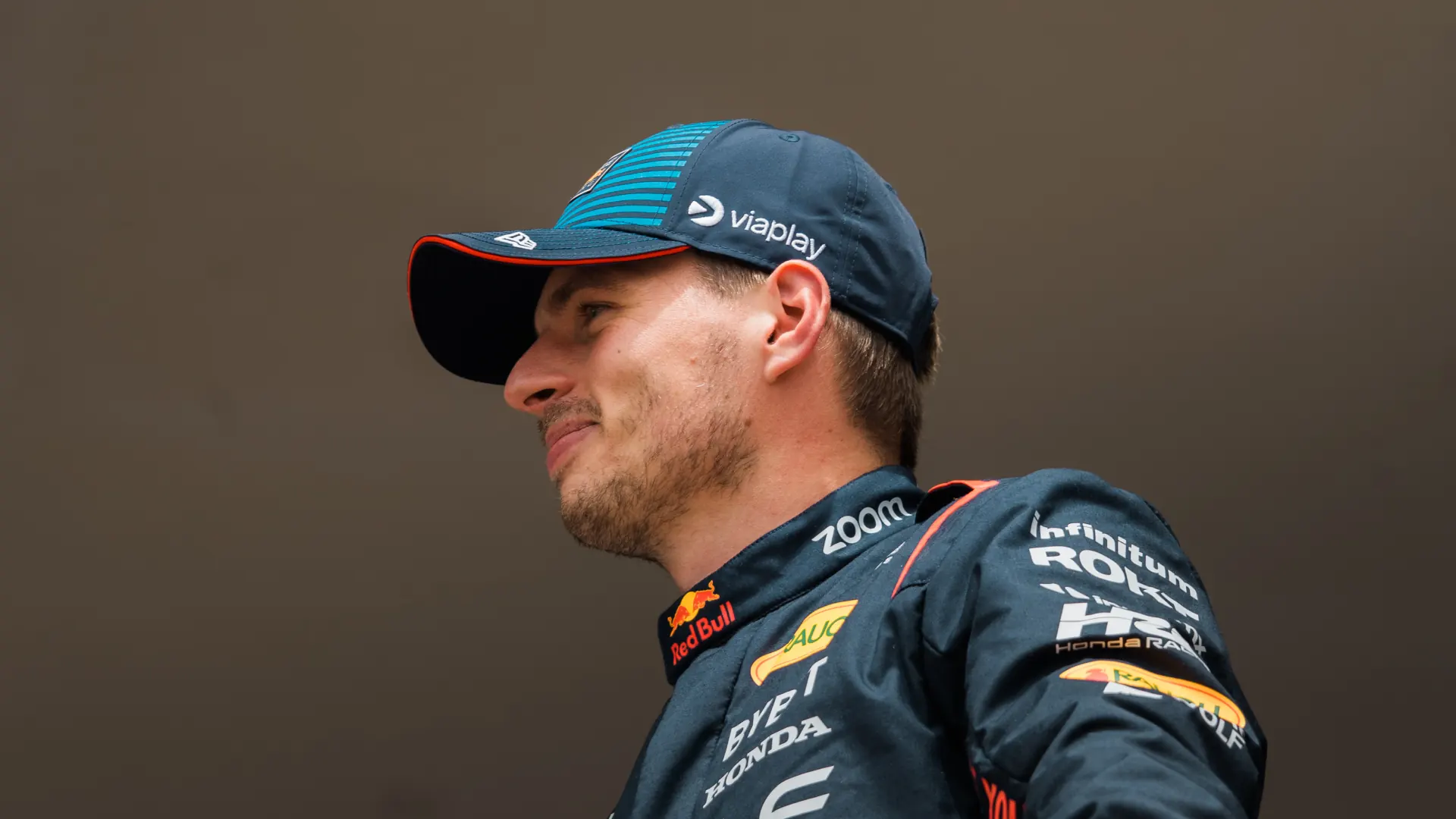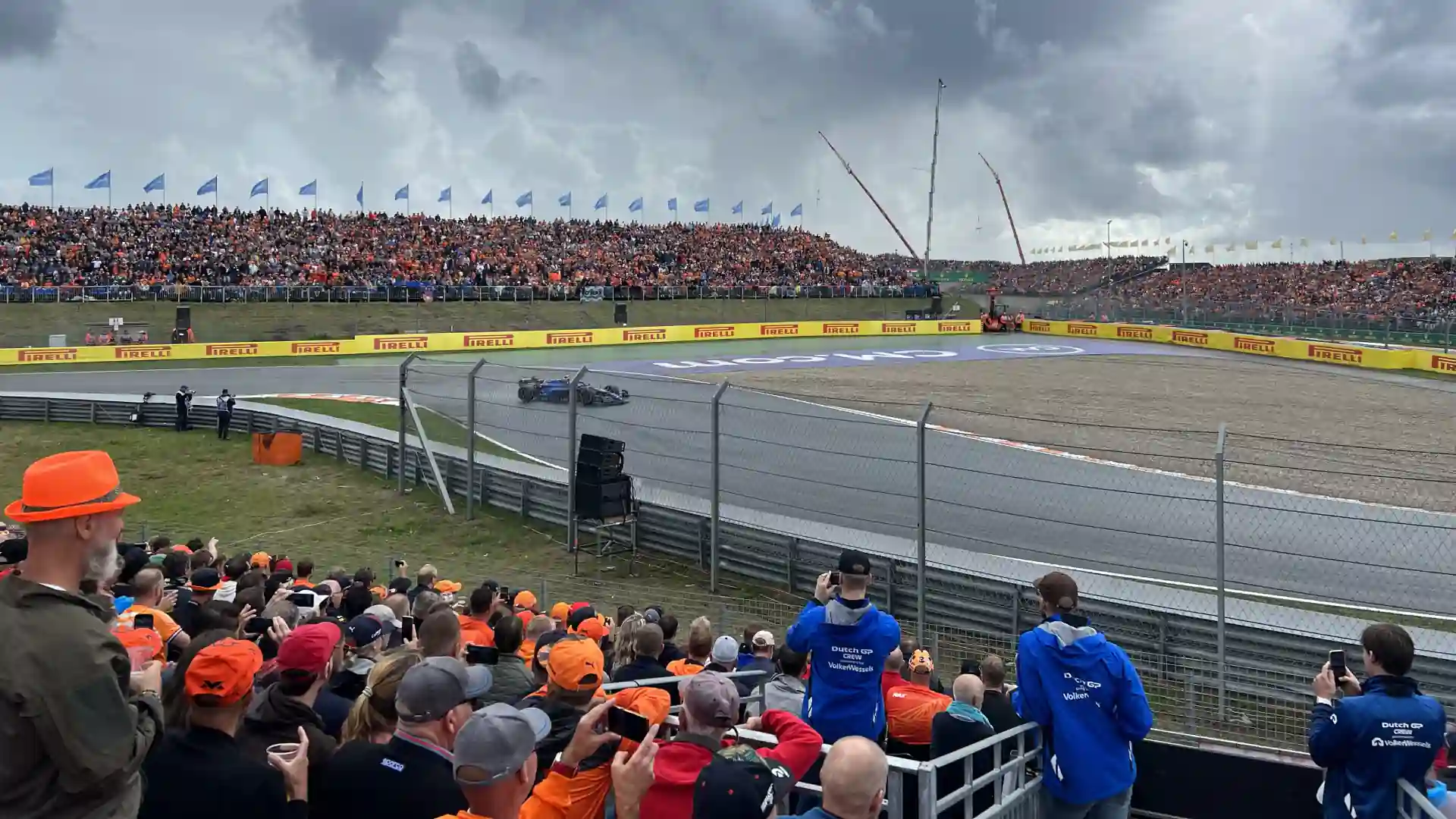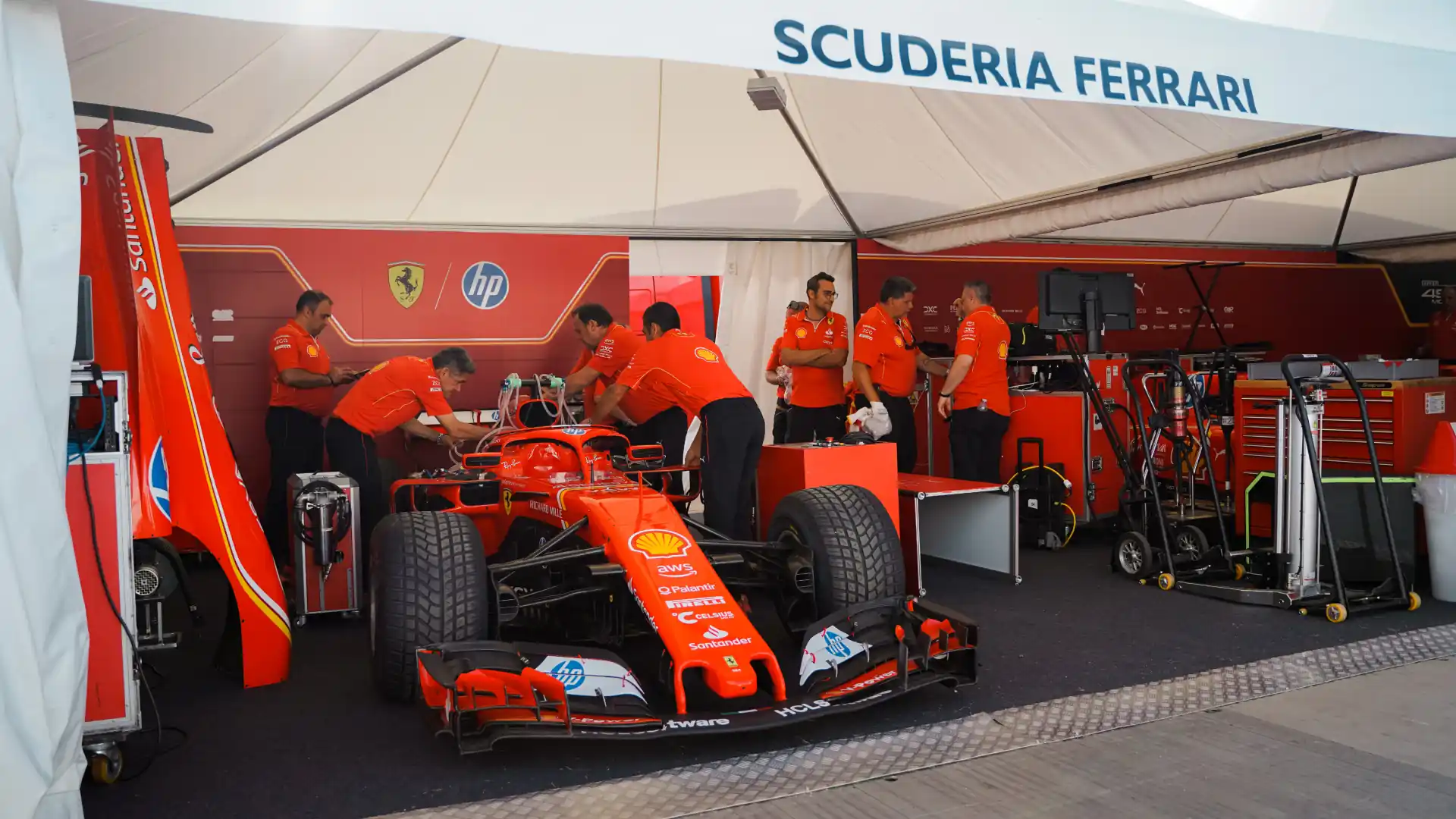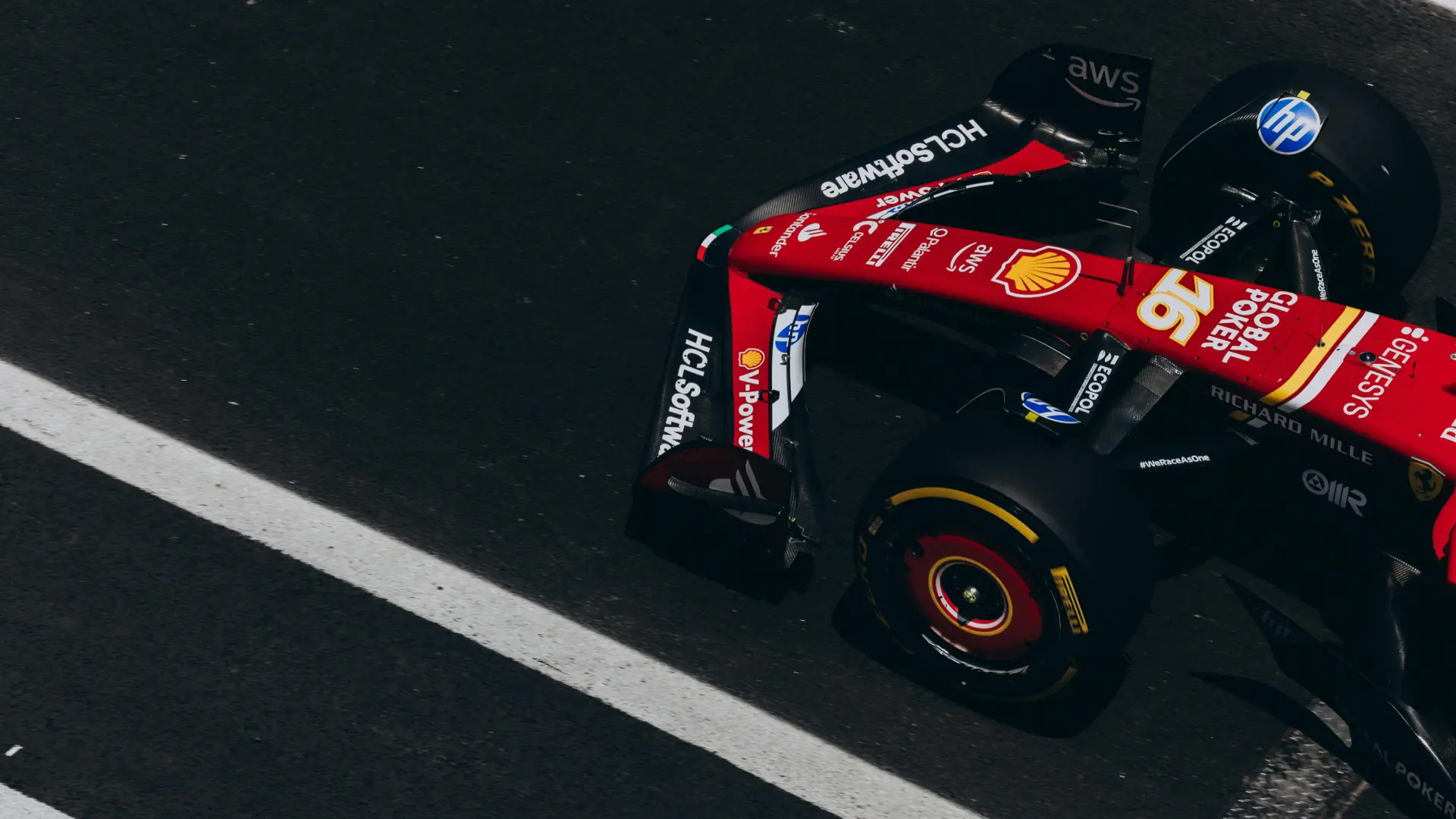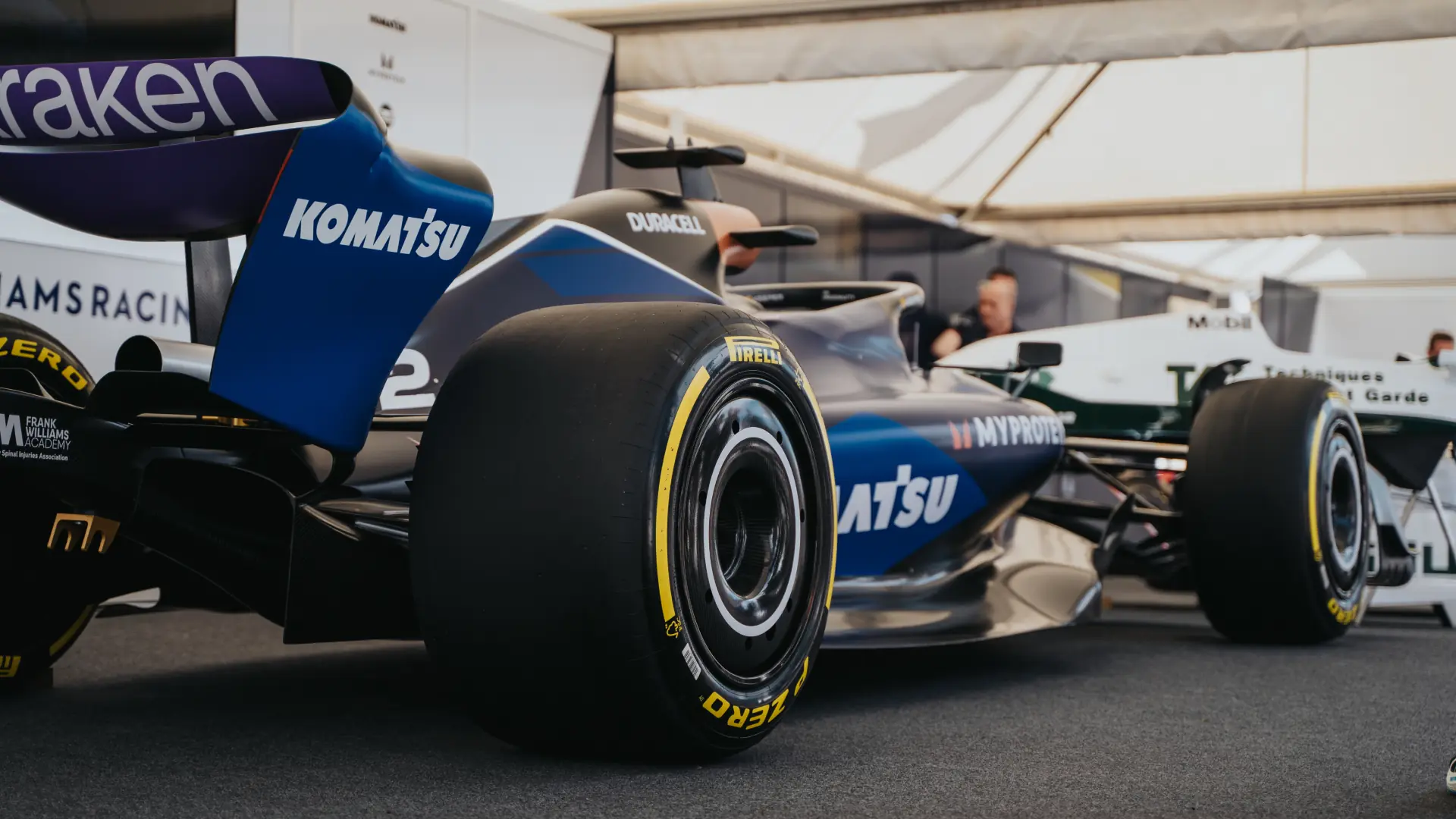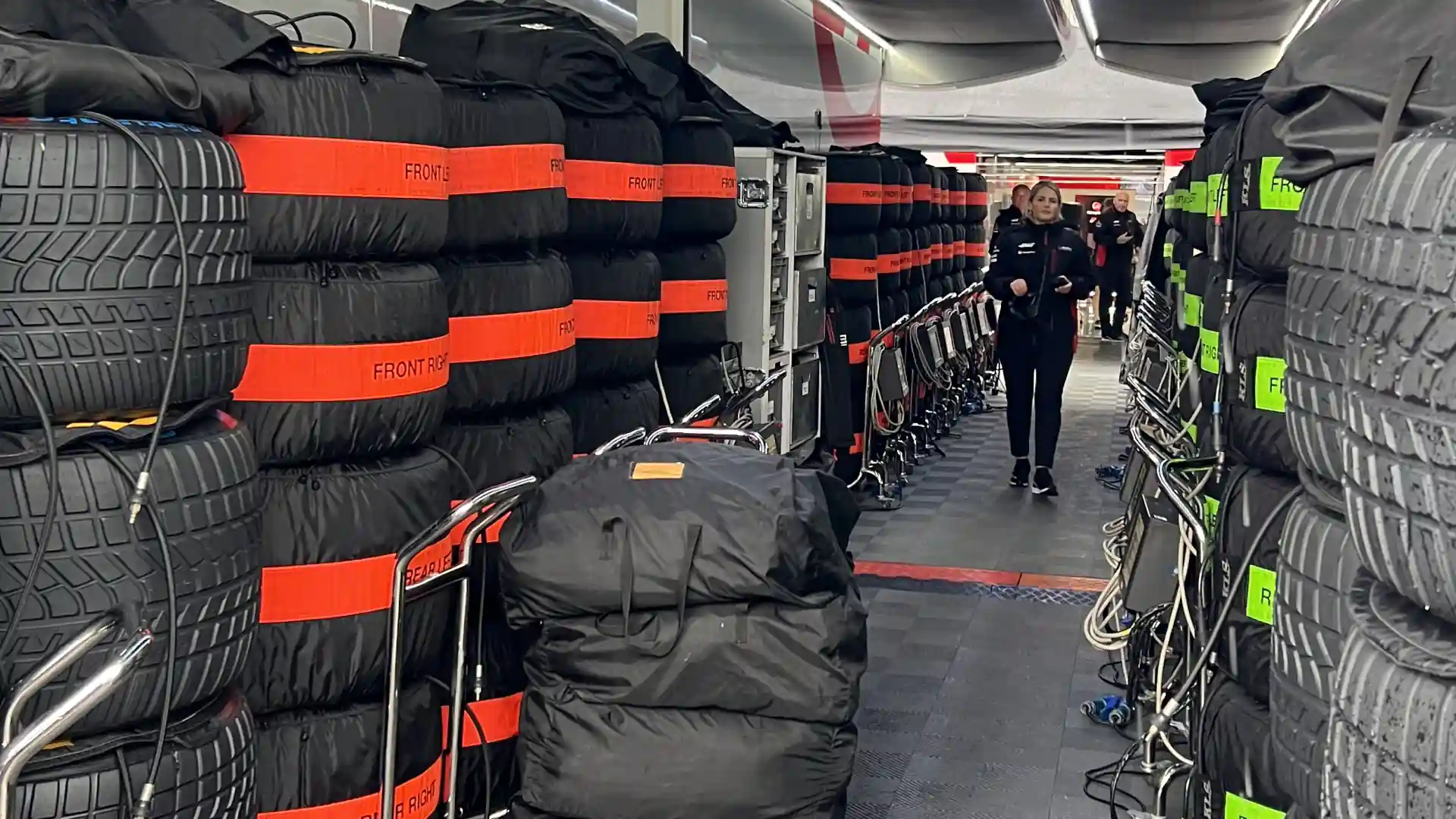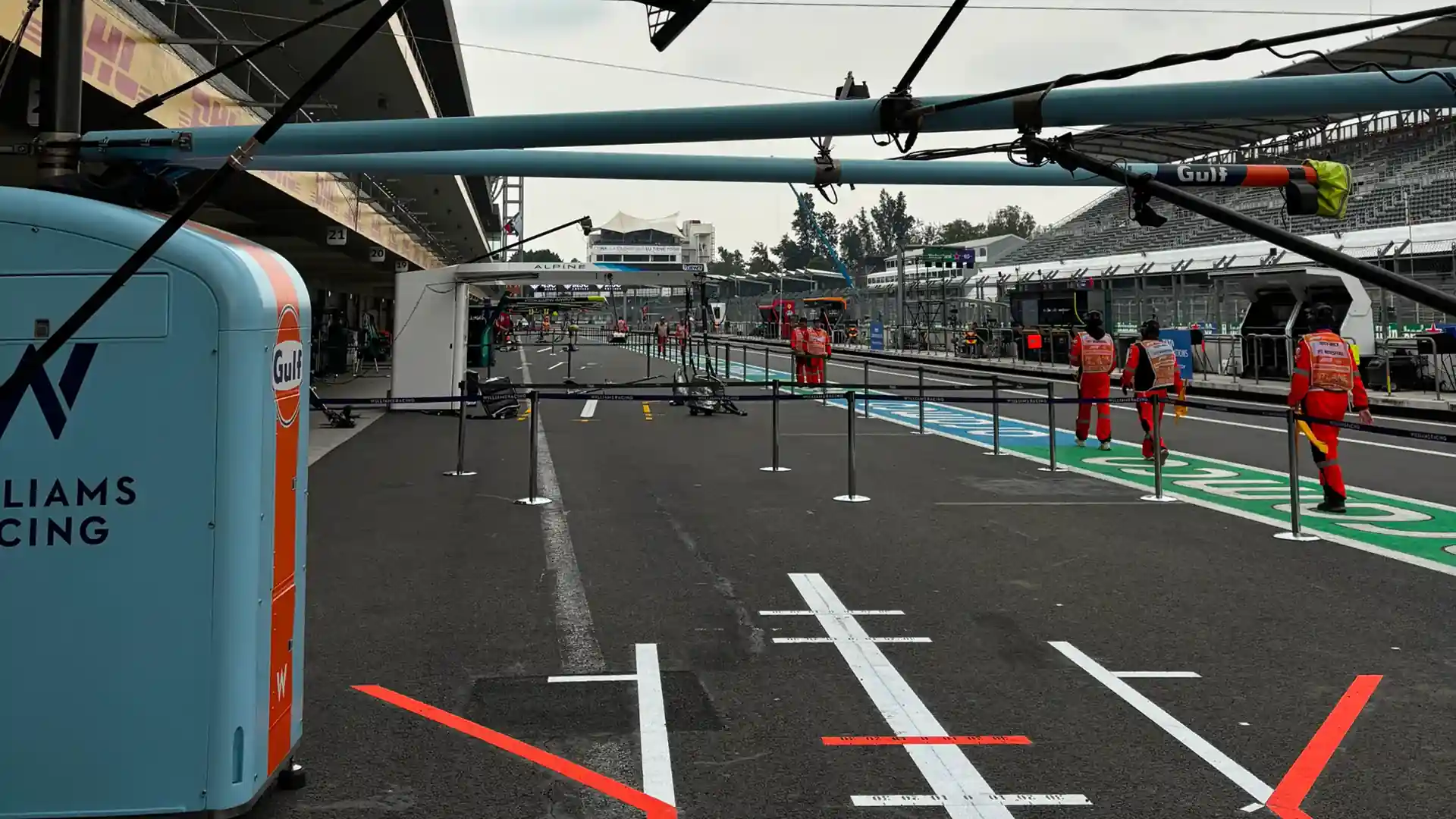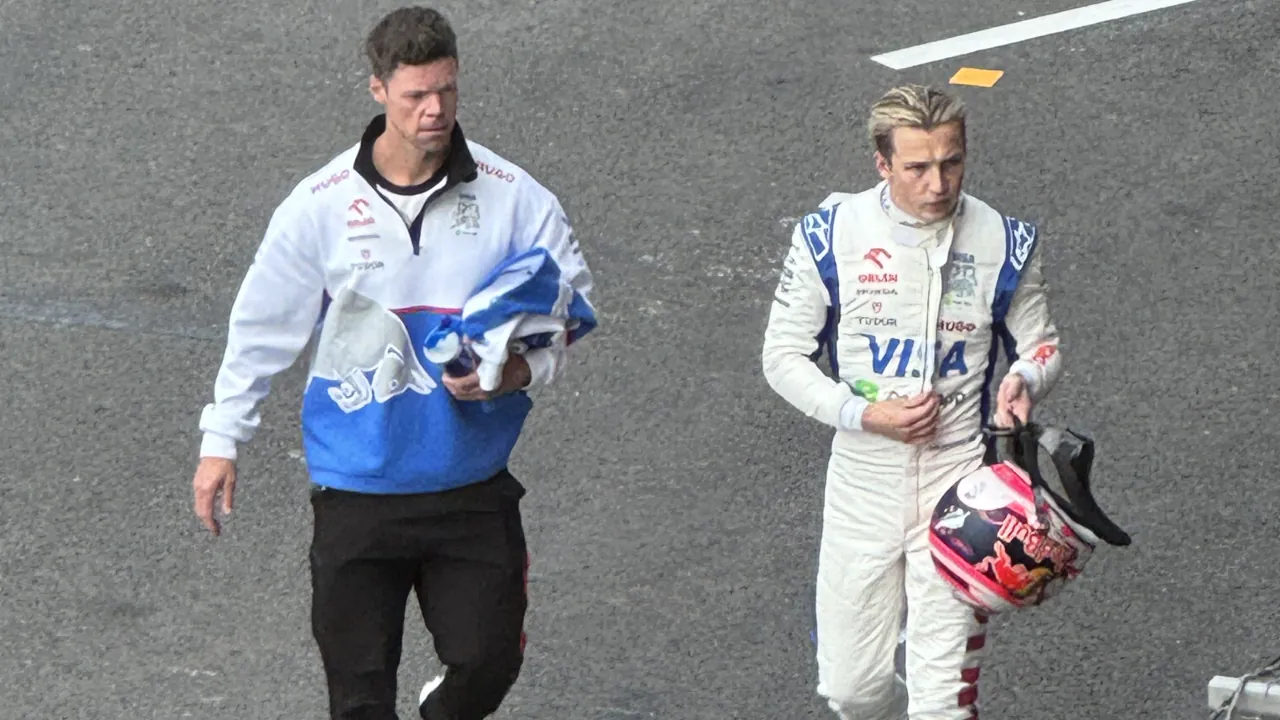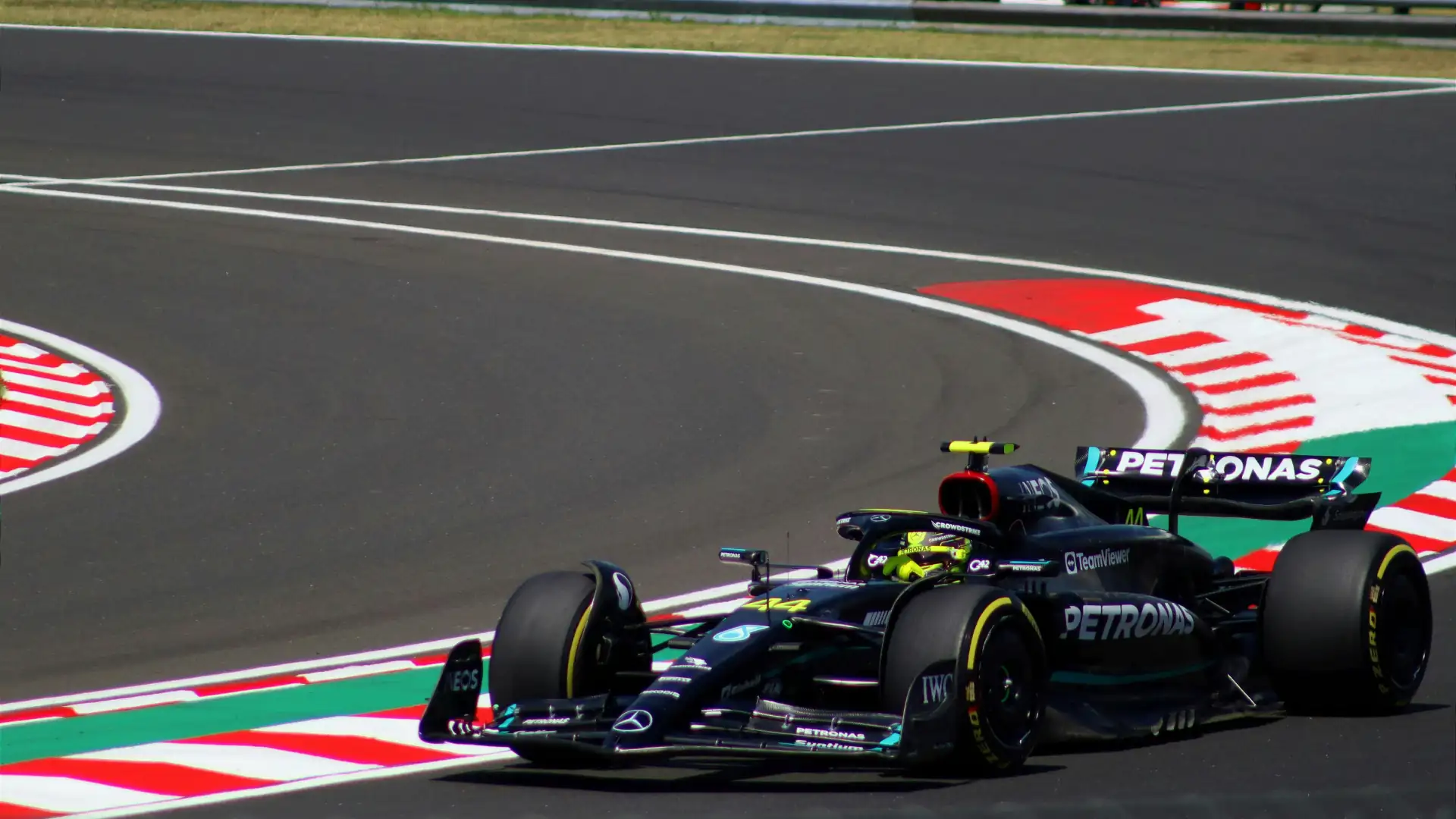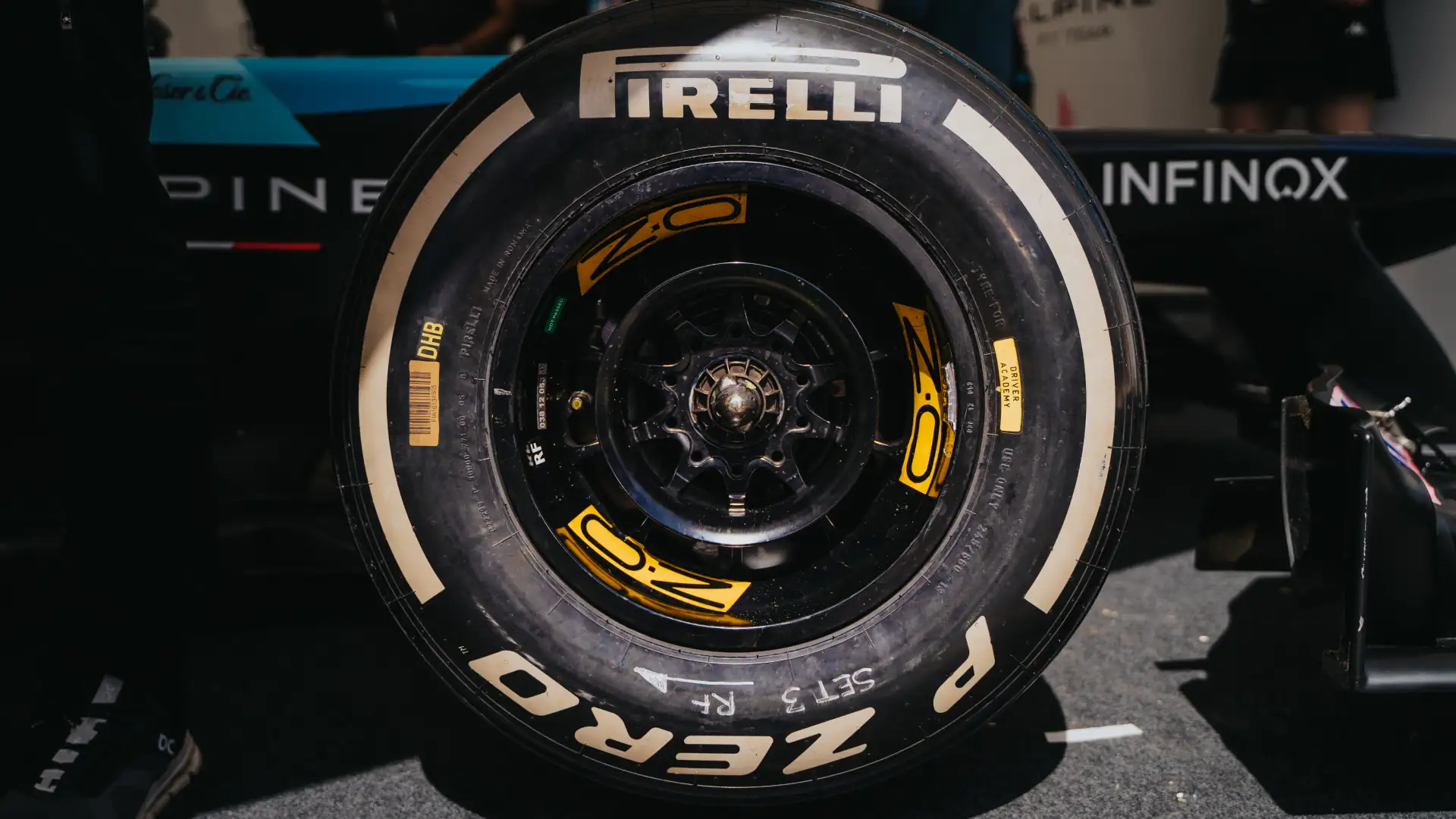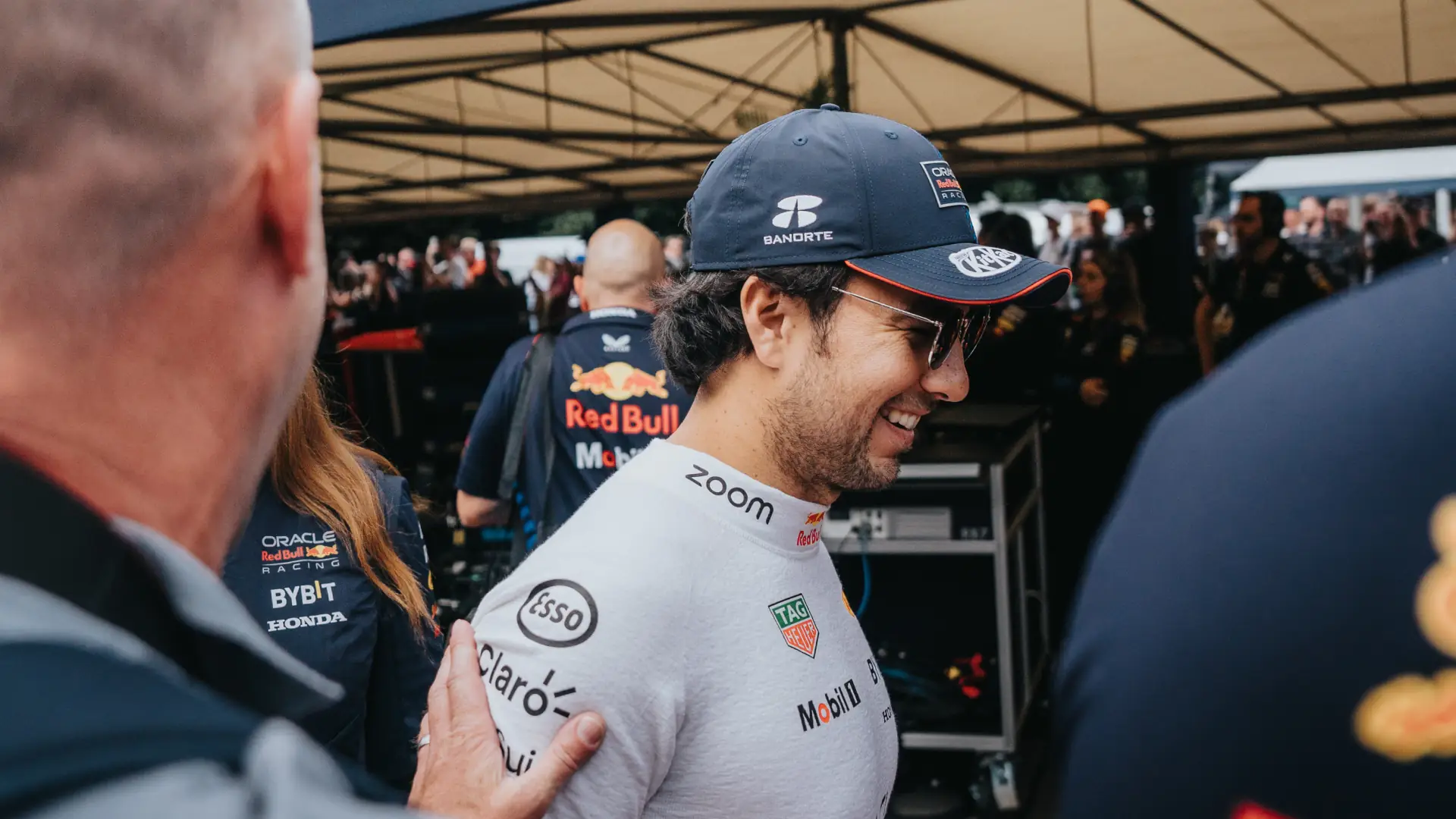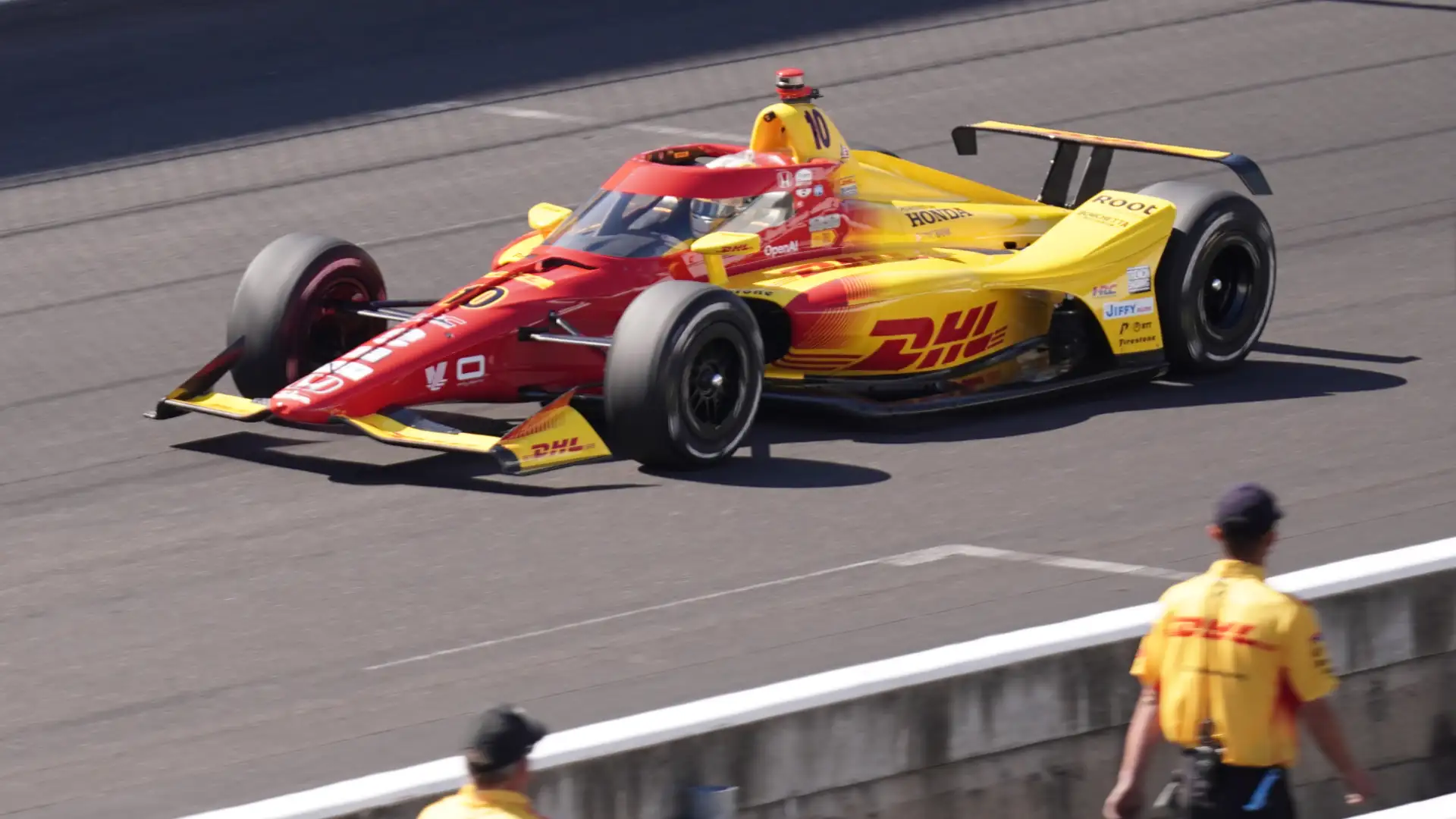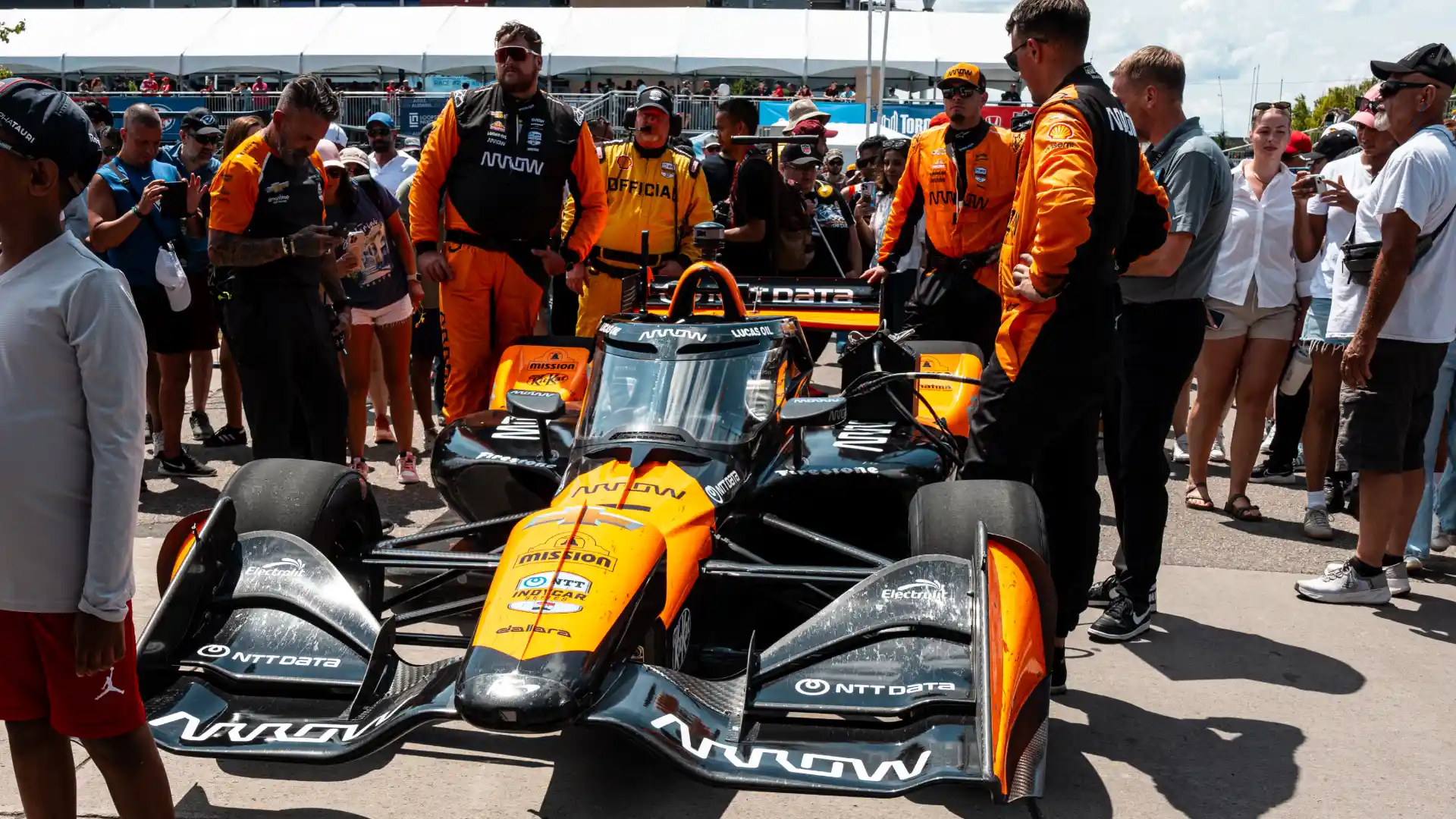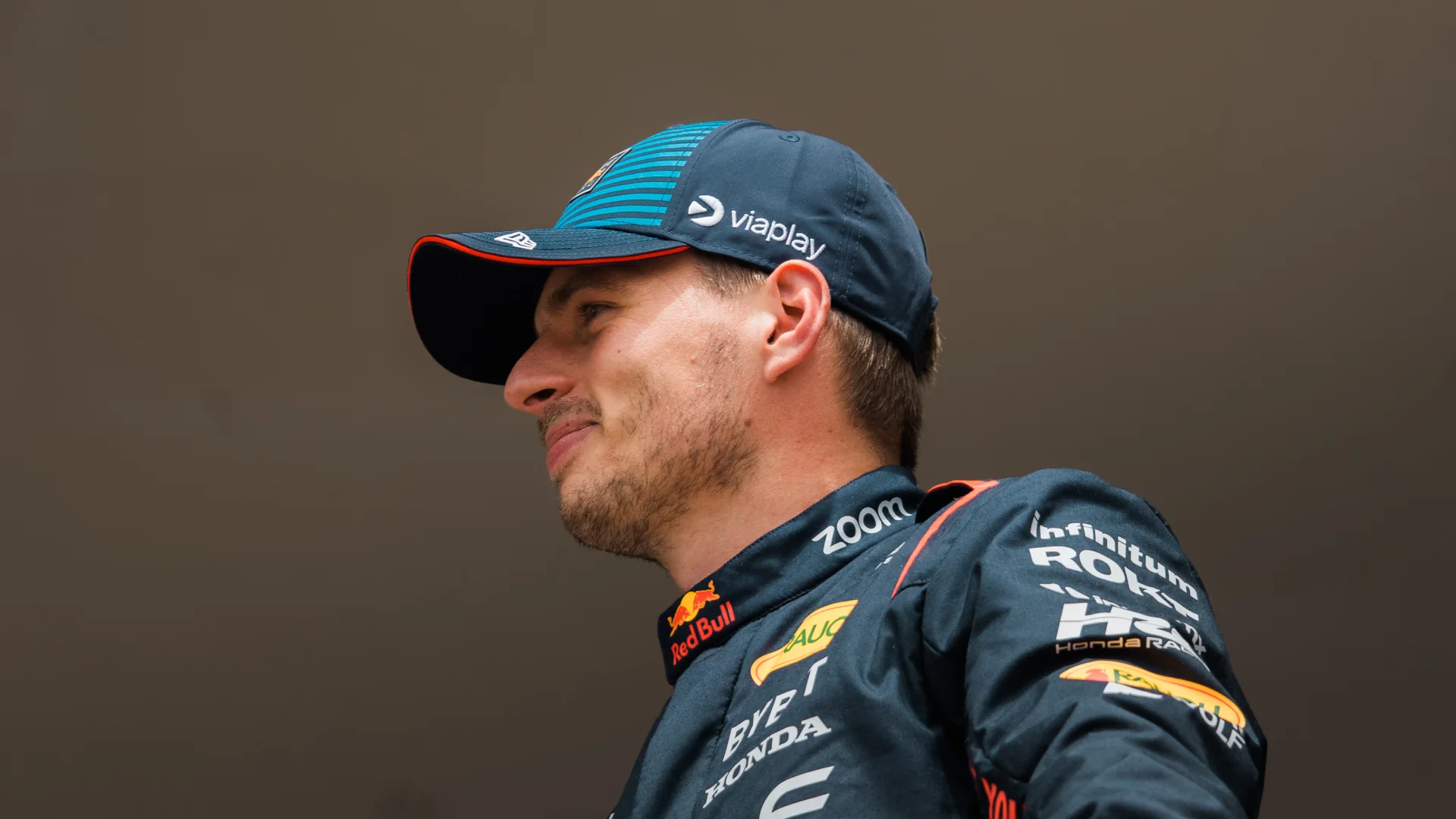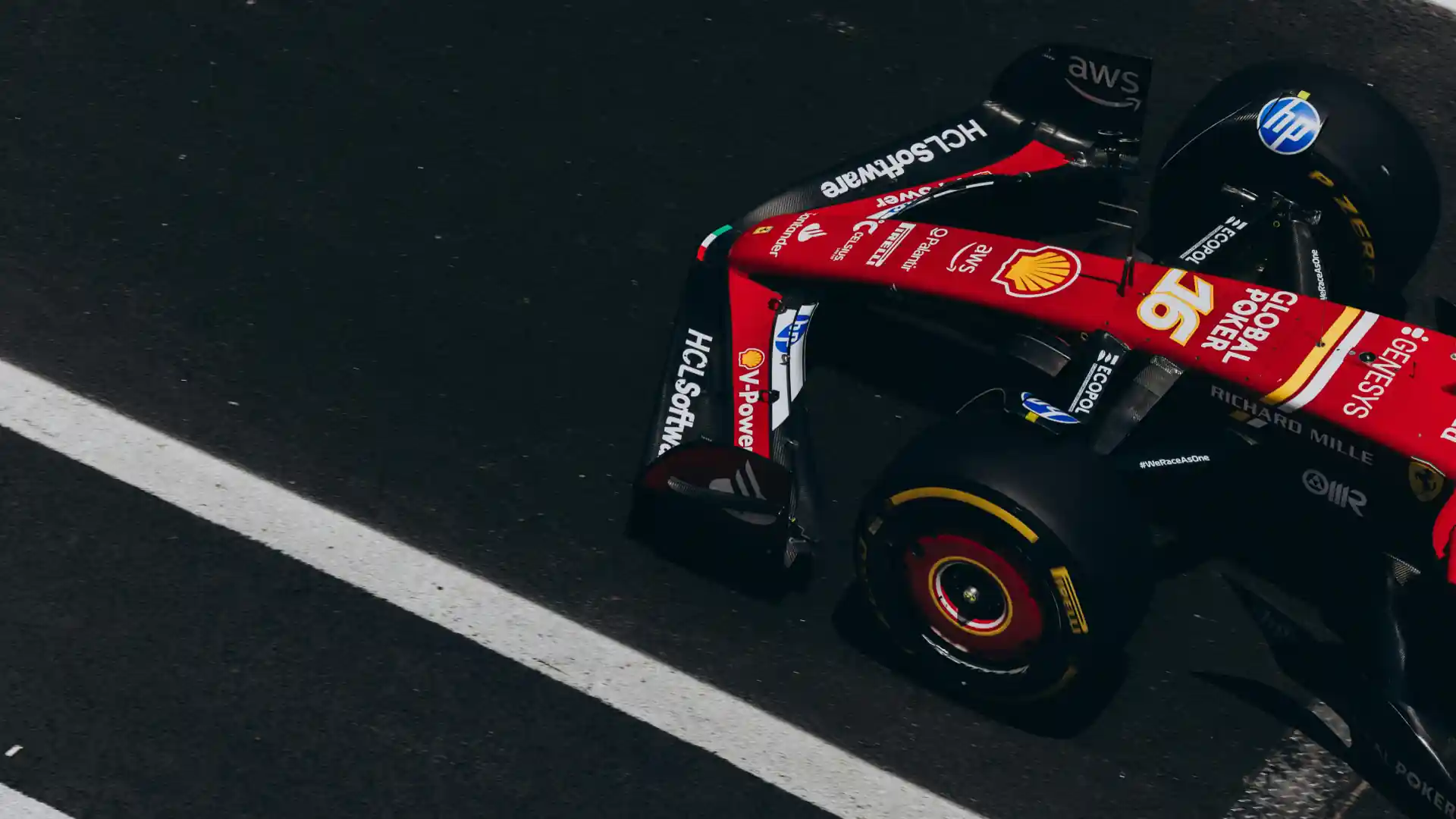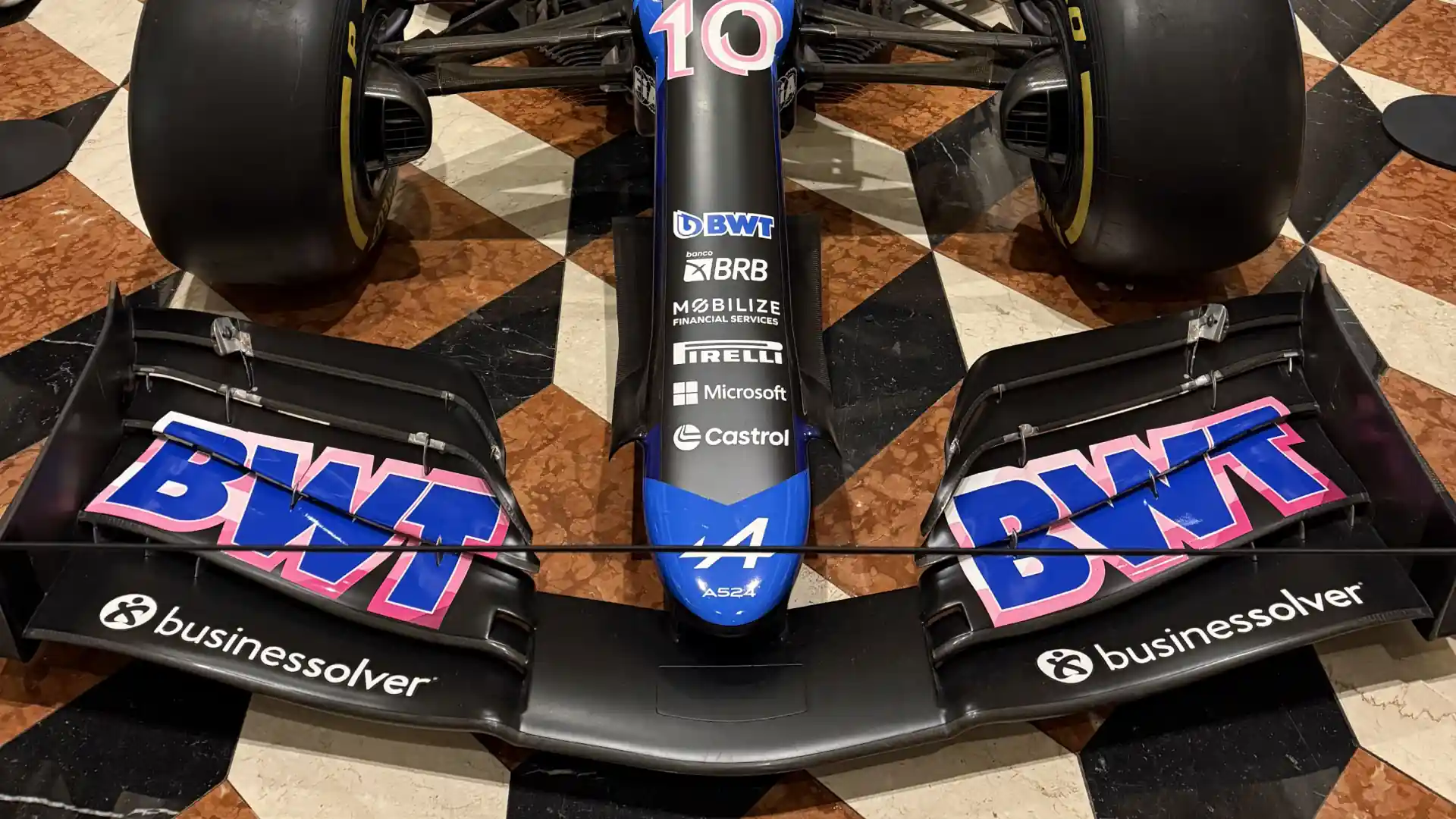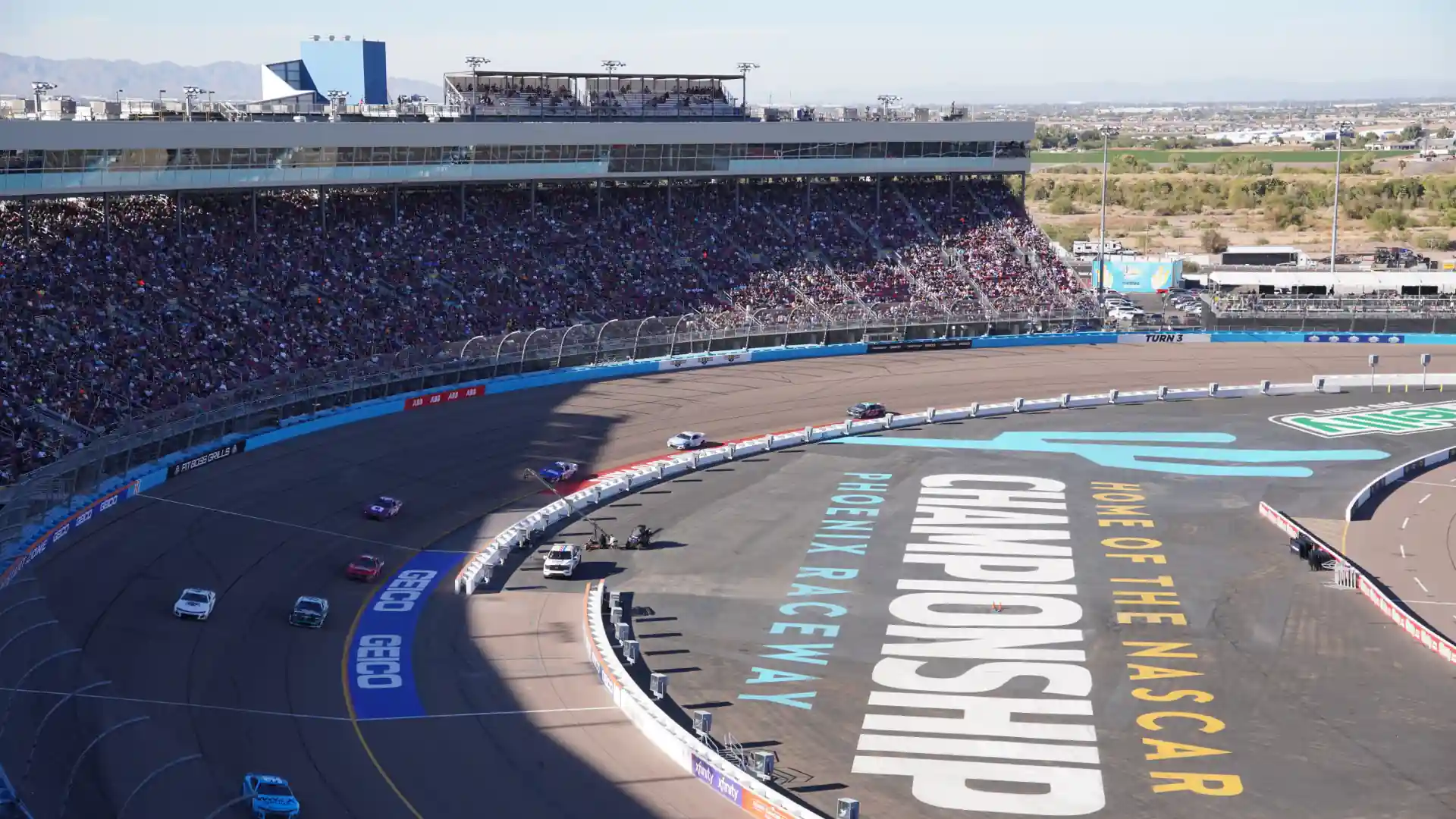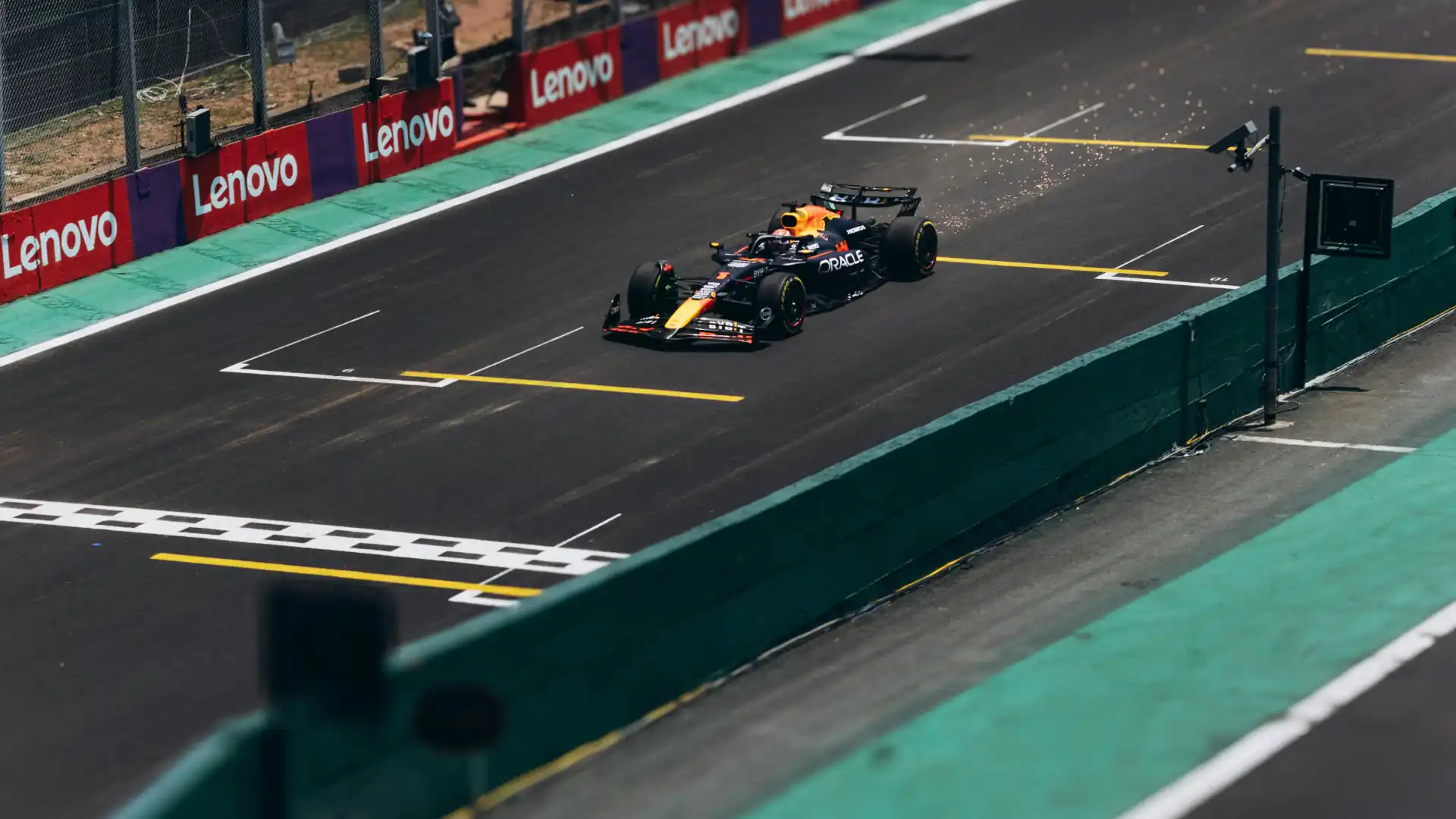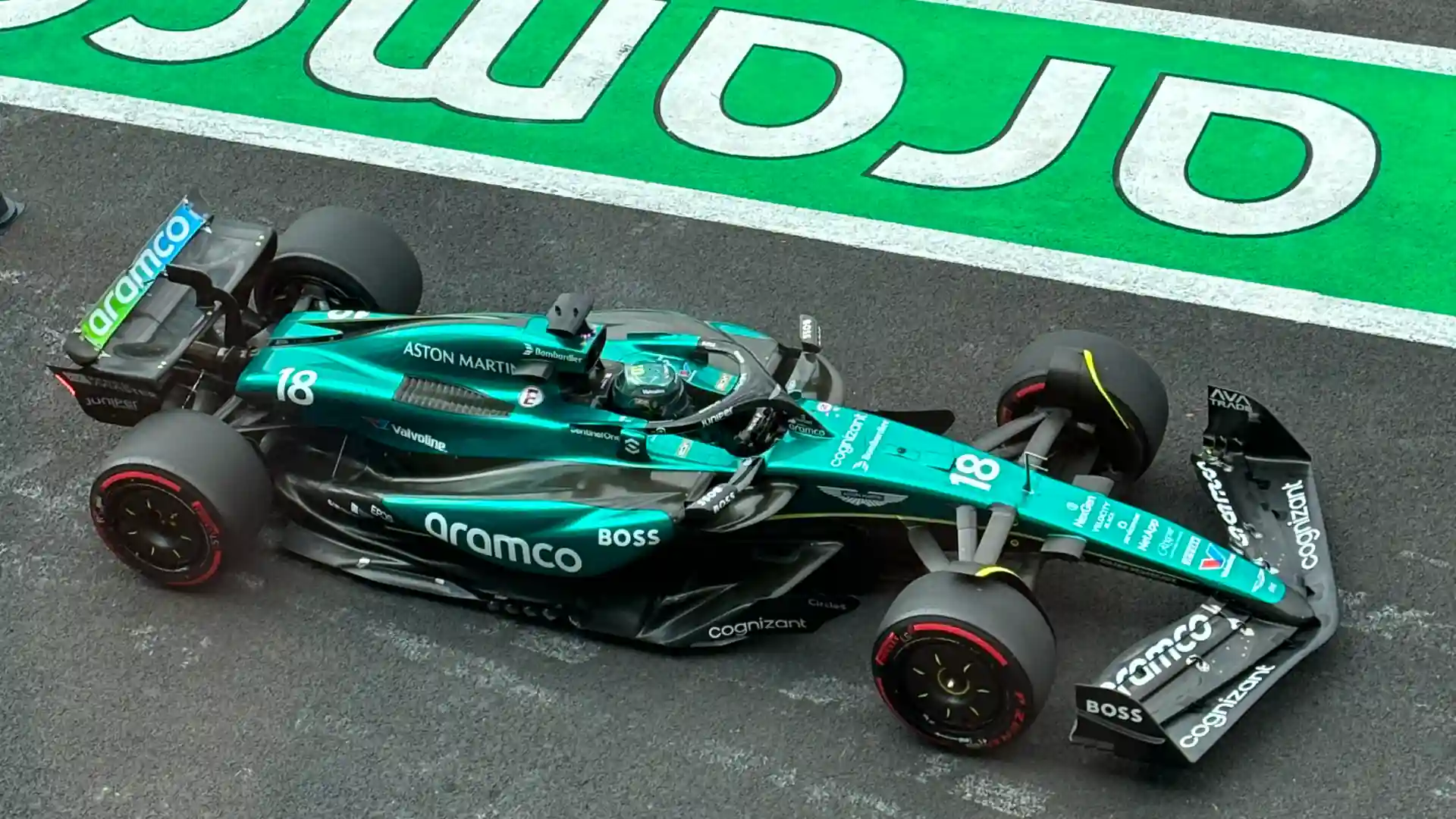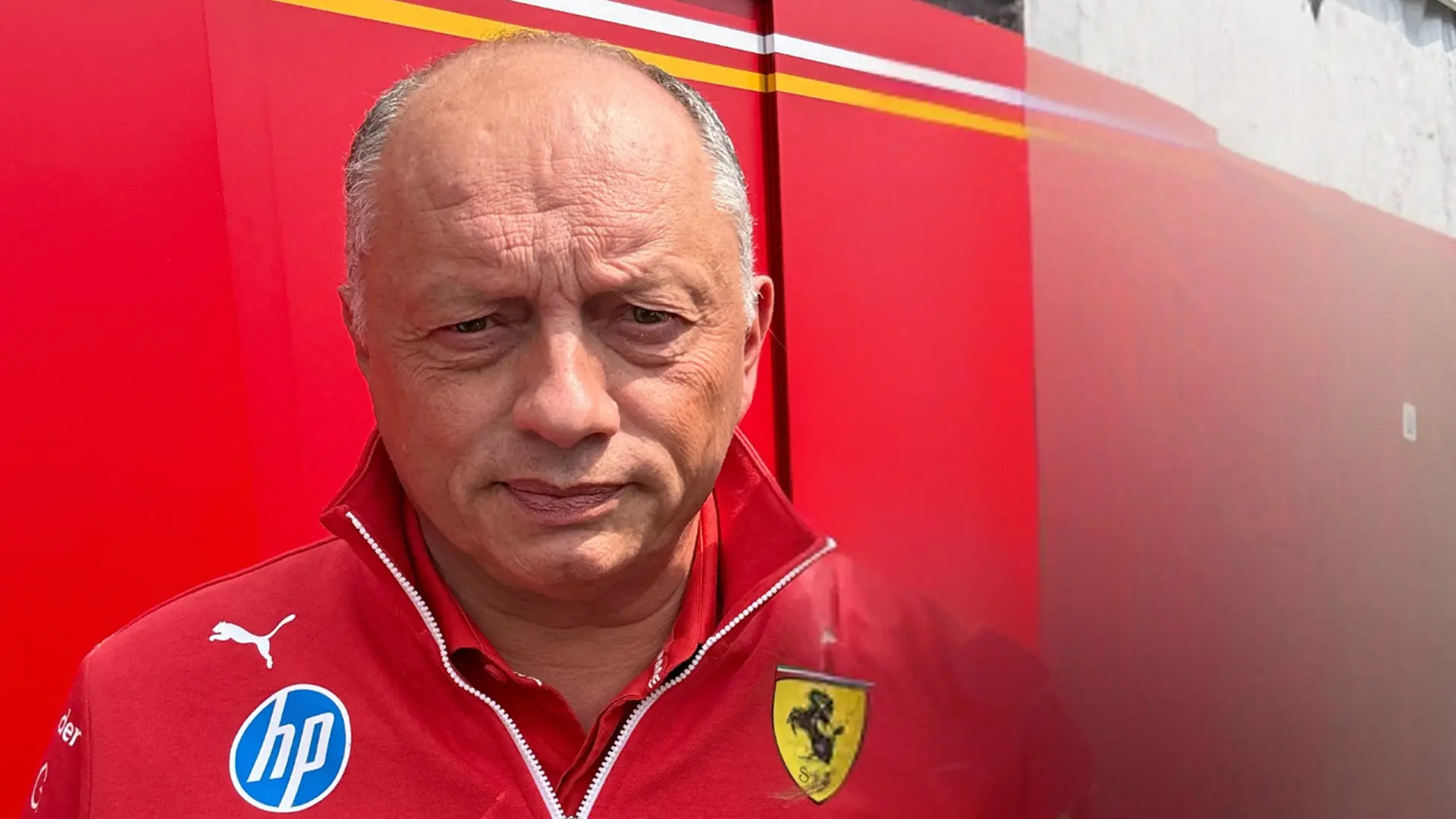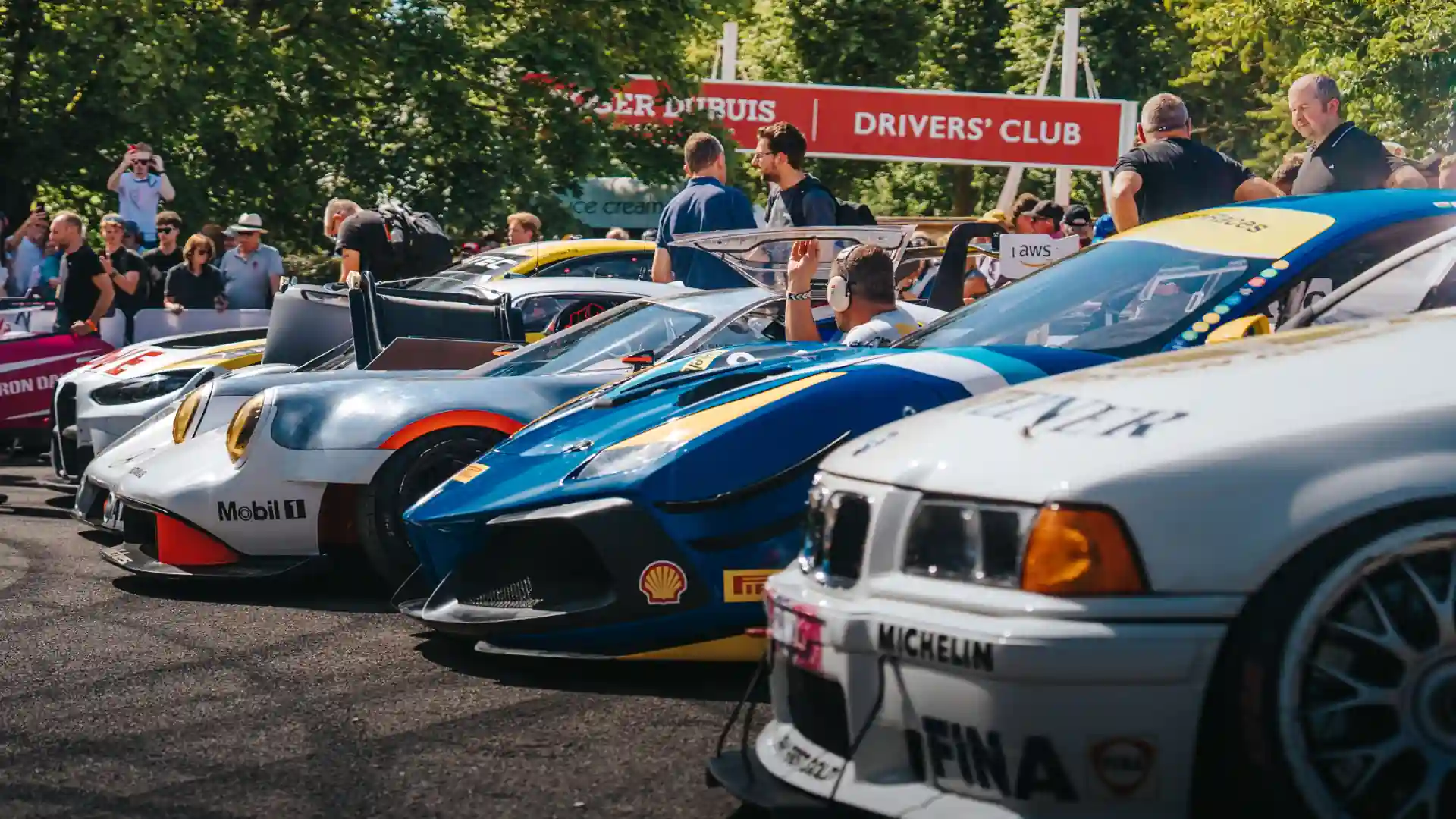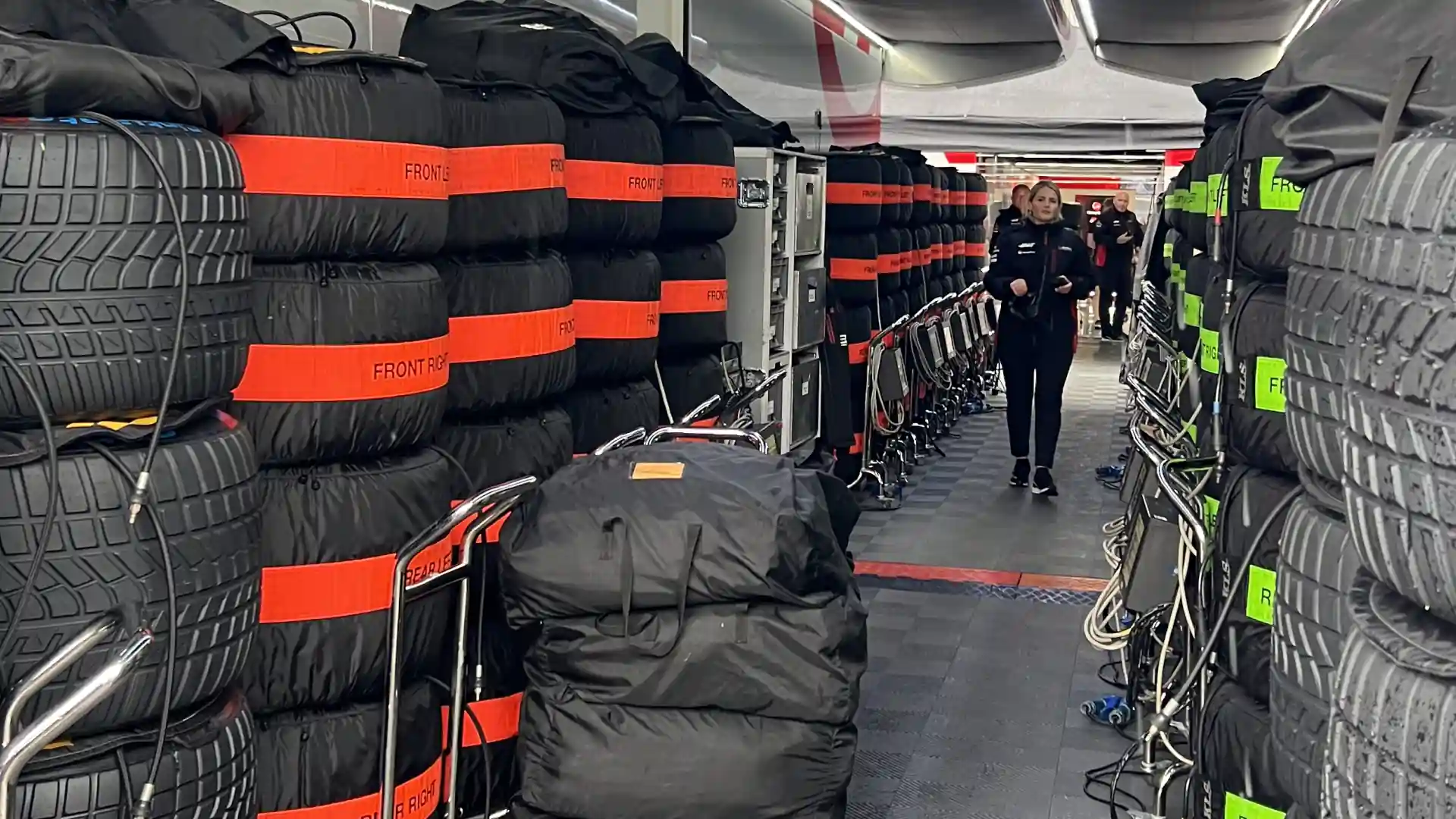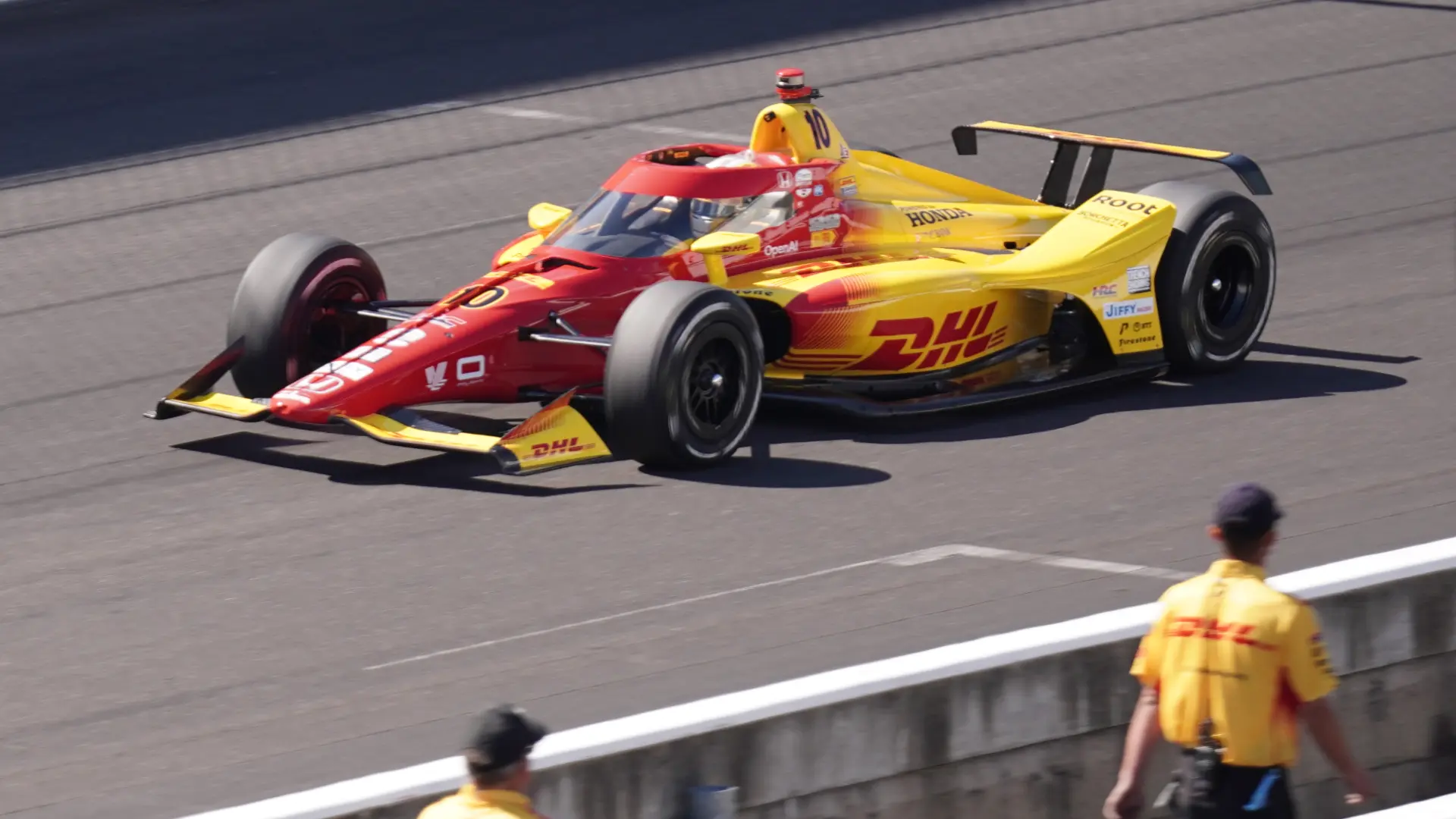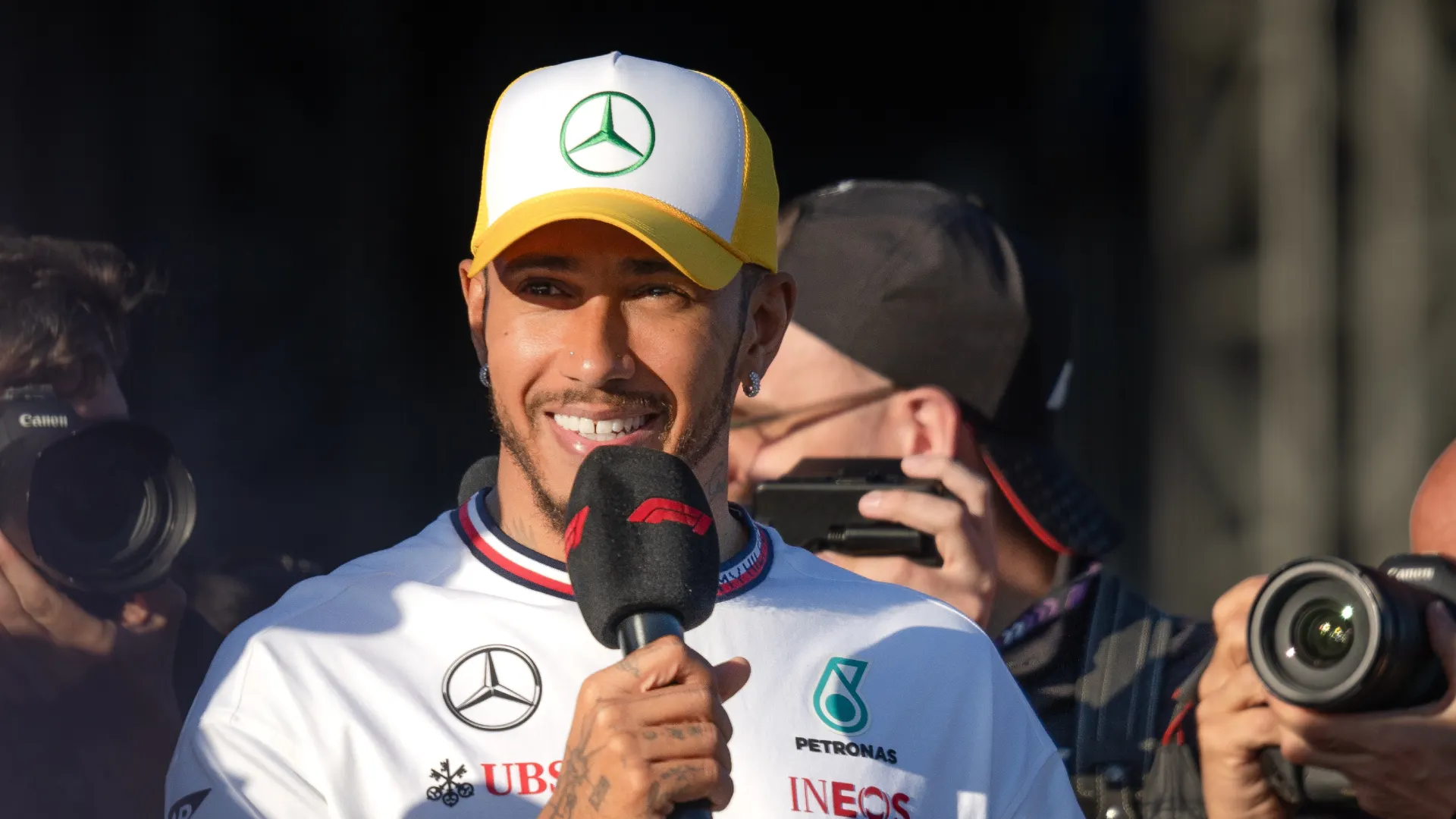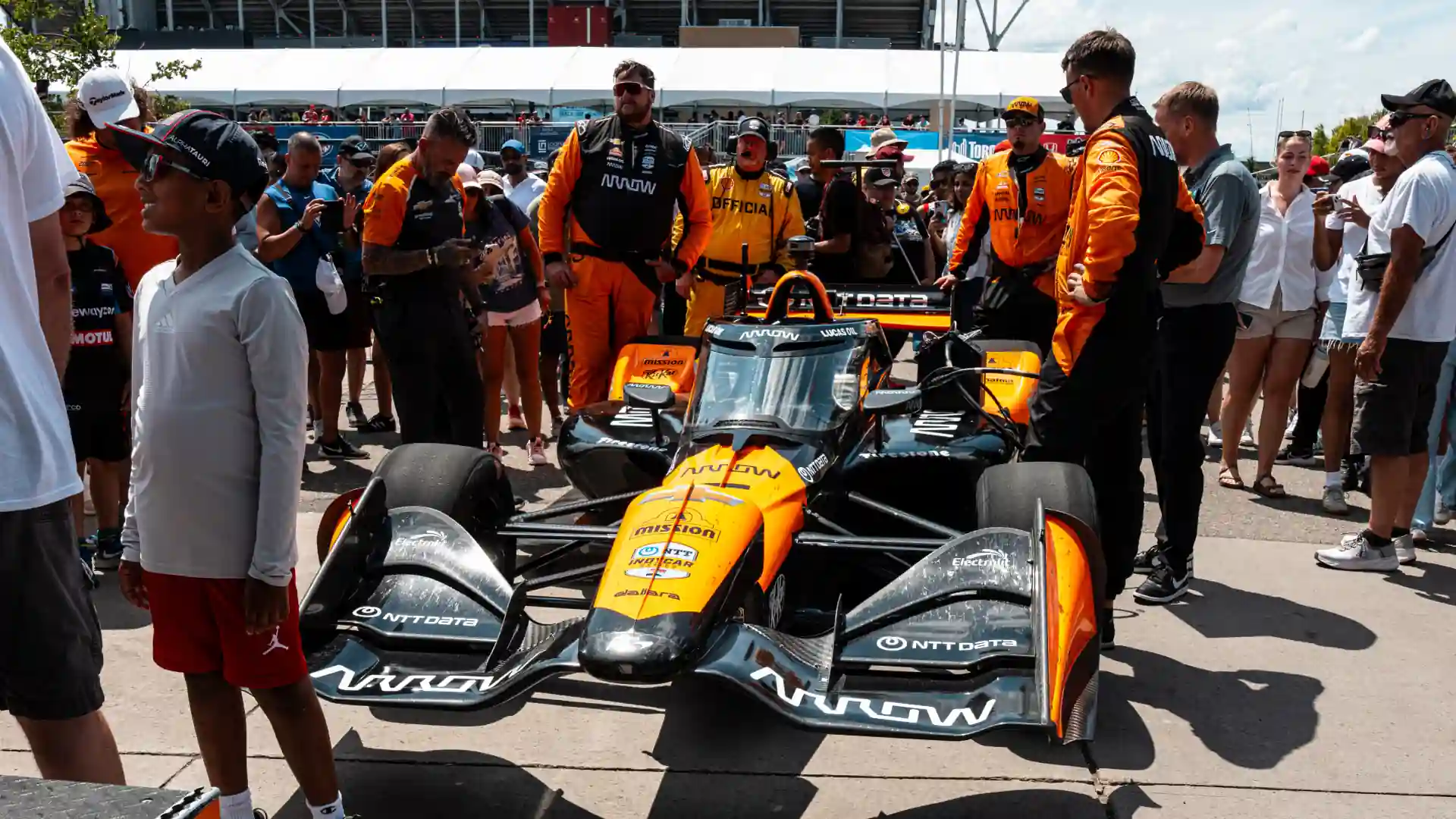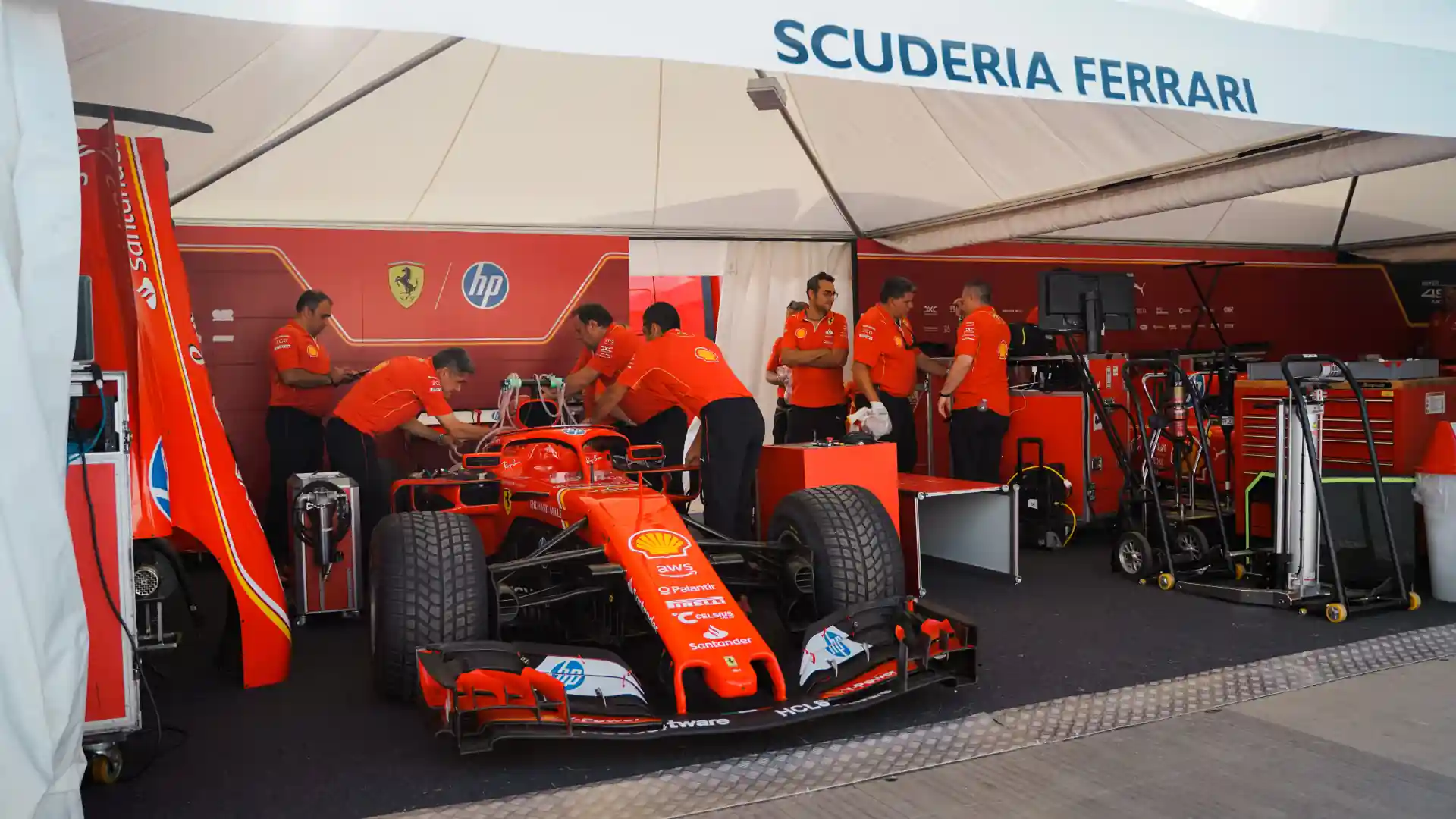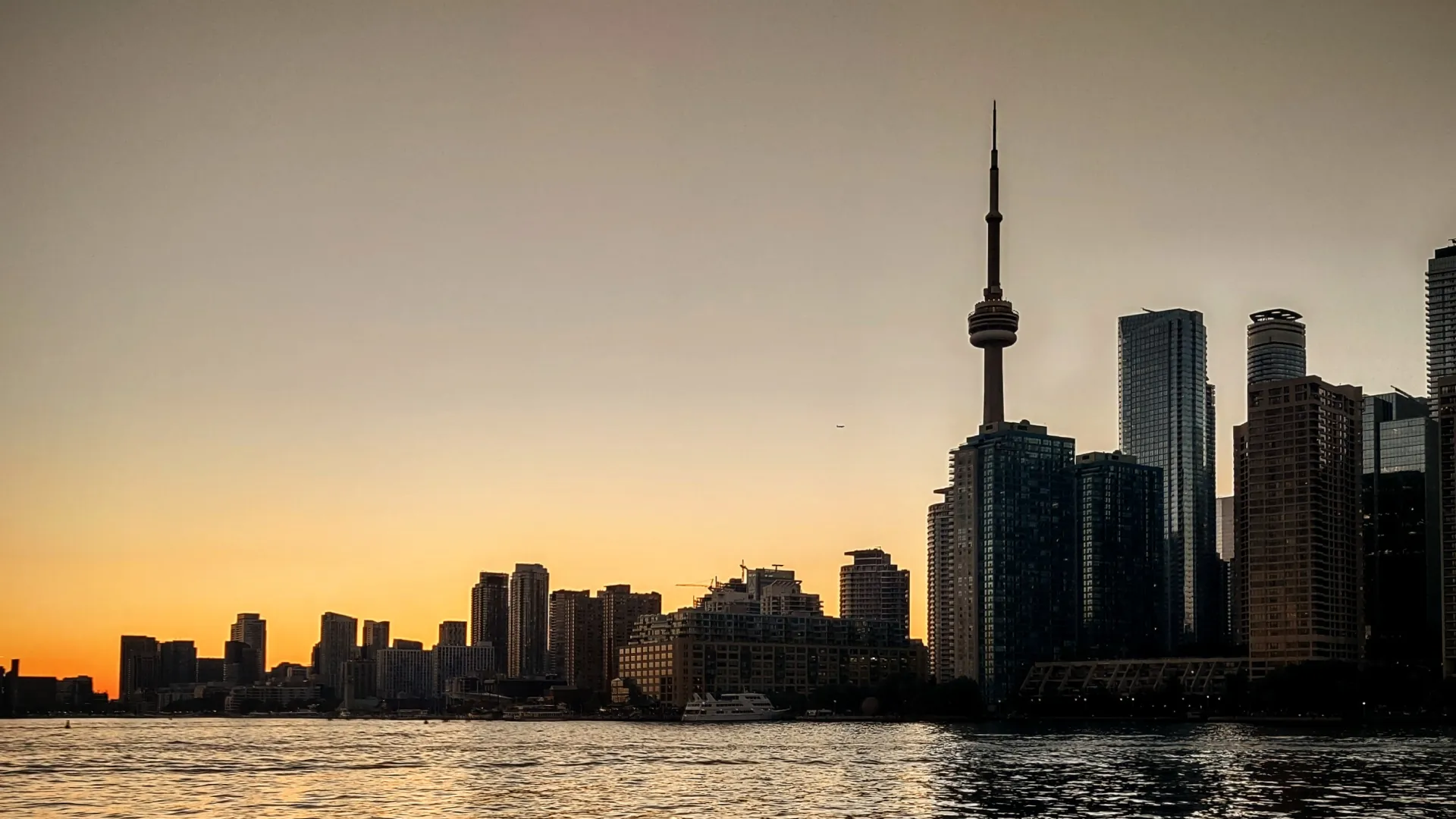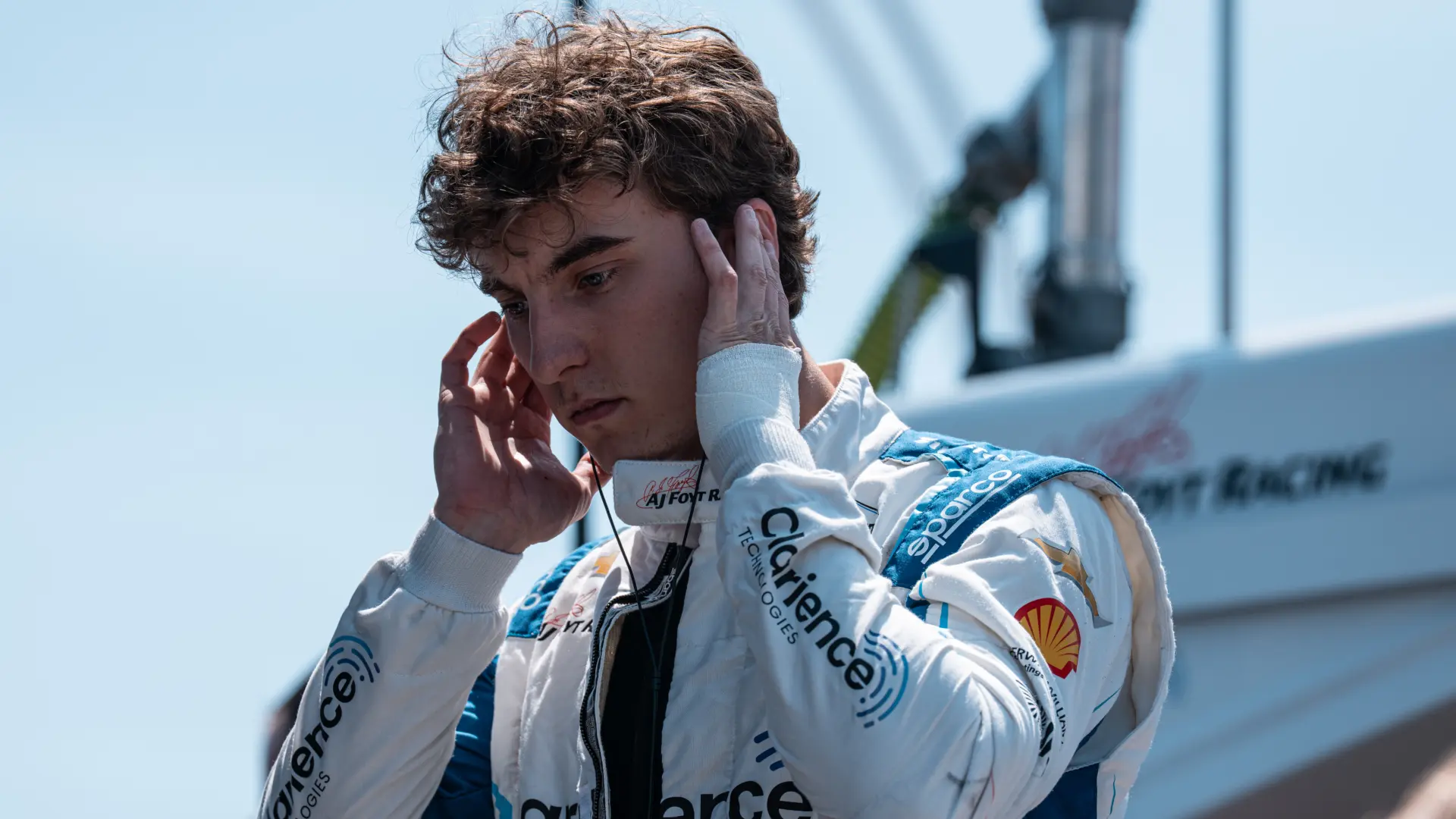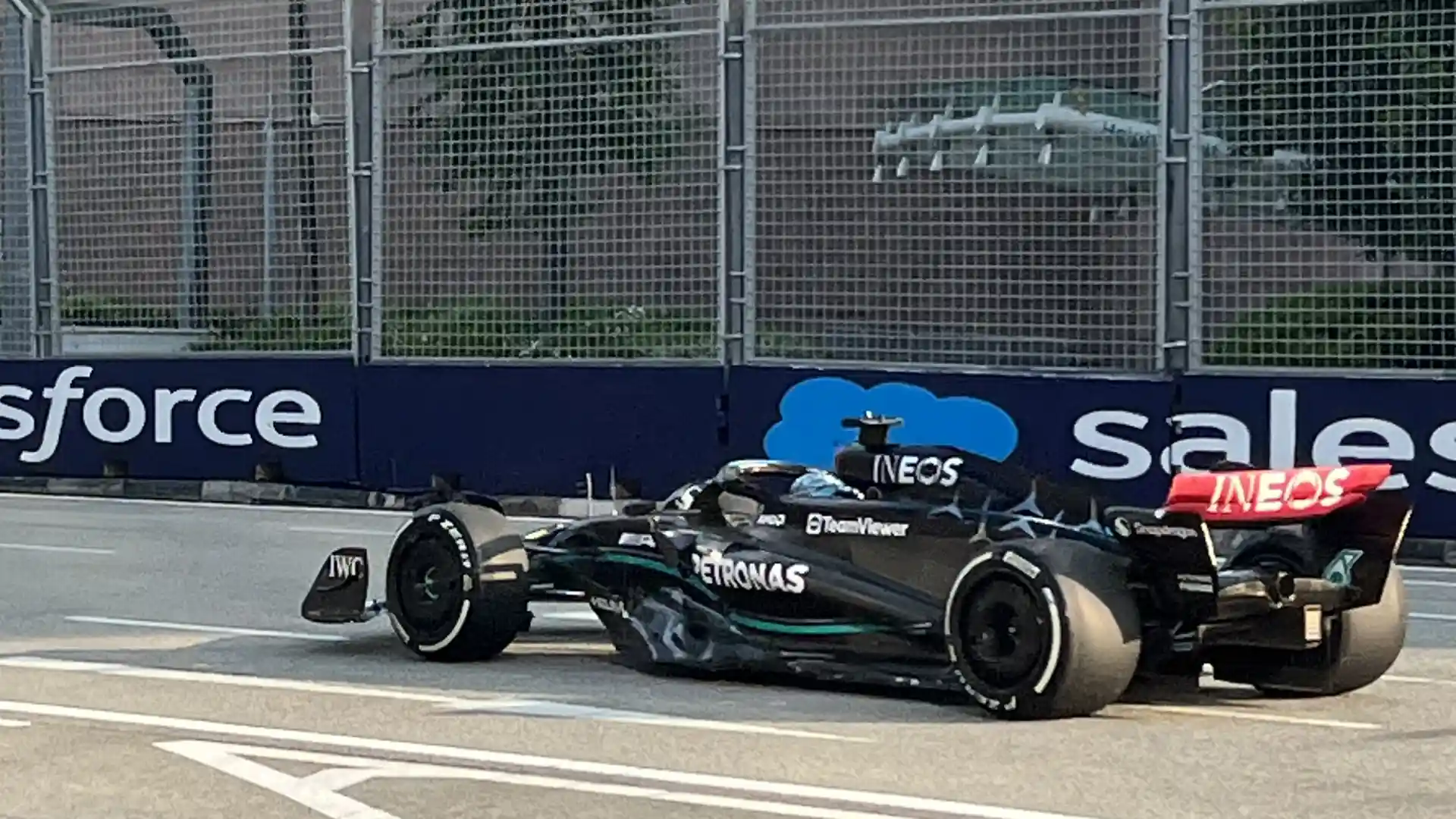The IndyCar series is widely considered to be the greatest open-wheel racing series in America. And of its 17 races this year, 16 are being held at iconic ovals, road courses and street circuits across the United States.
The outlier? The Ontario Honda Dealers Indy, held in Toronto, Canada.
Taking place in one of the most multicultural cities in the world, this is a one-of-a-kind event that bridges a largely domestic racing series and a growing global fanbase. We took this as an opportunity to speak with fans and drivers from all over the world, to better understand what exactly it means for IndyCar to have a presence that extends beyond the US, and what that could mean for the future of the series.
An international history
Despite being known as a primarily American series, IndyCar can trace its roots to very international beginnings. From the 1950s all the way to today, IndyCar races have been held on 5 continents across a total of 12 countries. Some events, like the Bavaria and Belgium Champ Cars Grands Prix of 2007, were one-offs that belonged to series like the Champ Car World Series which would eventually become part of the Indy Racing League. Others, like the Indy Japan 300, held in Motegi, were on the IndyCar schedule itself for years at a time.
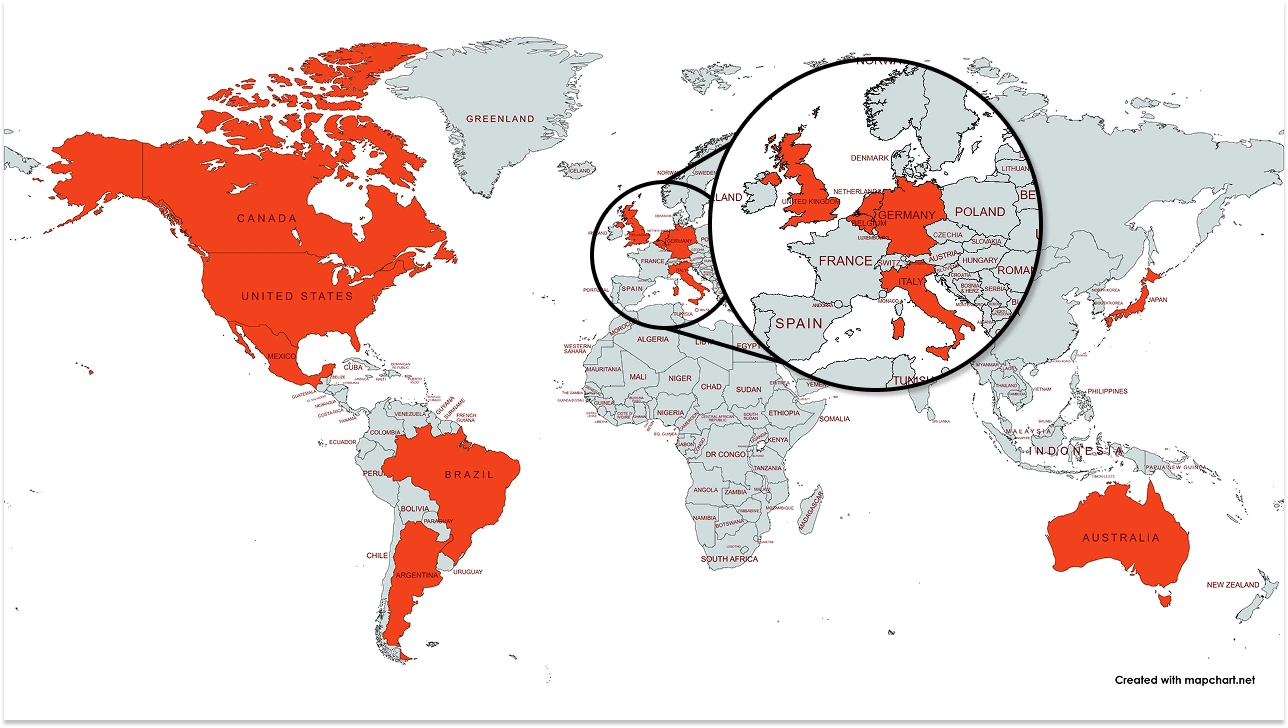
Yet since the 2013 Itaipava São Paulo Indy 300, the IndyCar calendar has been down to just two countries: USA and Canada.
Having an international presence has been a talking point within IndyCar many times in the past. And with motorsports gaining popularity across the world and IndyCar itself seeing strong and steady growth in its audience lately–the Indy 500 is attended by fans from over 38 countries around the world–this has once again become a hot topic. In fact, 2025 is turning out to be one of the most international years for the series in terms of broadcasting, with international broadcasting partners bringing races to over 200 countries worldwide.
But watching a race on TV is one thing, and getting to experience it in-person is another. And as the only international stop on the IndyCar schedule, Toronto’s role as a representative of a worldwide fanbase is more important than it ever has been.
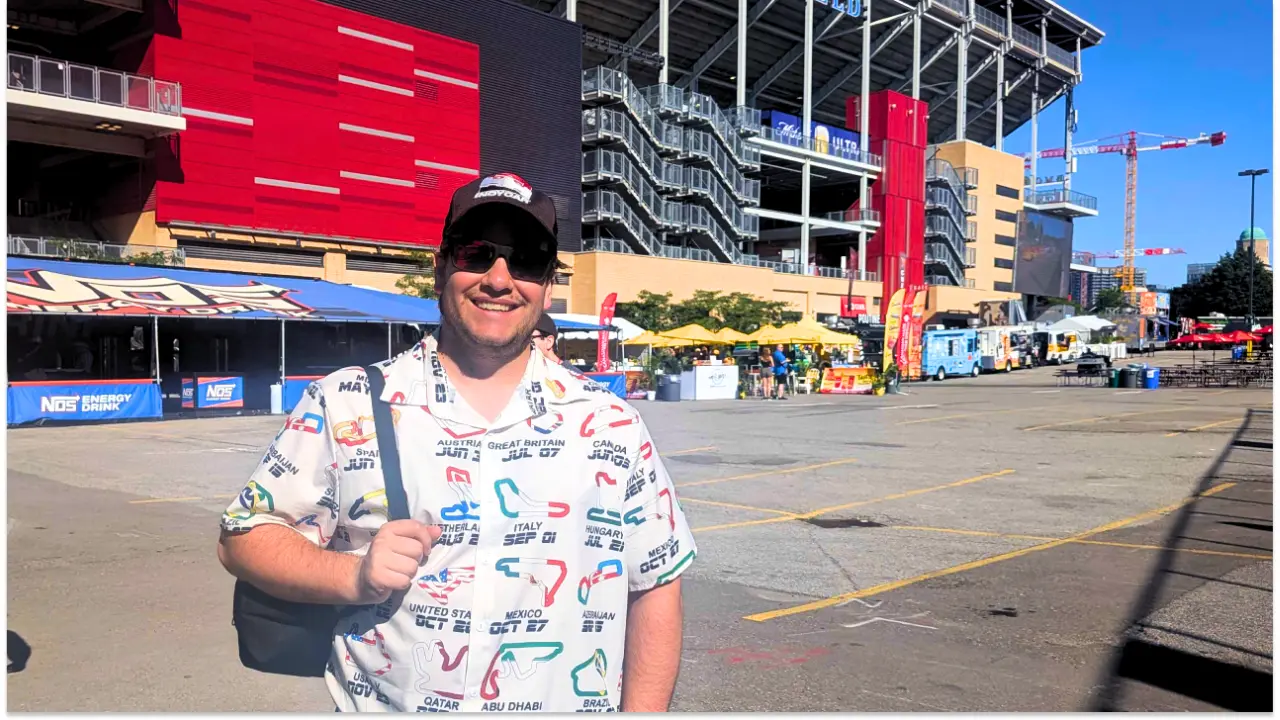
Drivers’ perspectives
But it isn’t just the fans who feel this way. Toronto’s very own Devlin DeFranscesco, of Rahal Letterman Lanigan Racing, spoke about the importance of this race. “It's huge for Canada,” he said. “Look how many people are turning up from the city. It's hugely popular. It's one of the most popular races, I think, on the calendar. And I think having a race outside of the US is extremely important for our series and growth.”
Alex Palou, who was born in Sant Antoni de Vilamajor, Spain, and currently drives for Chip Ganassi Racing, also touched on the topic during Saturday’s post-qualifying press conference. “You just have to look at the fans yesterday at the autograph session or during practice or even today on the stands. I think it's really cool.”
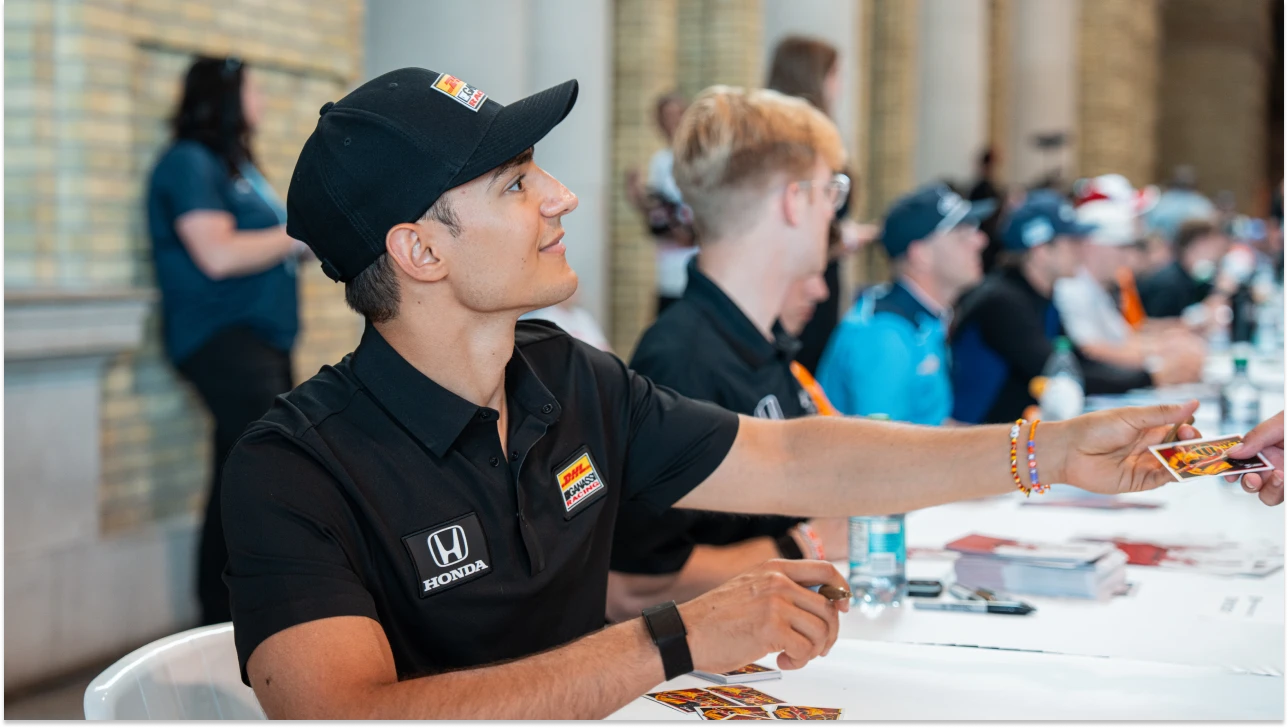
Palou went one step further and spoke about the more practical benefits that having an international race brings to both the fans and the sport as a whole.
“I think it's super cool that we're going to different cities,” he said, “I think the street courses are something that a lot of new people to racing love just because it's super close, convenient, and it's easy access. I'm loving it. I love it and I think we're going to see more of this in the future and hopefully it's good racing.”
Making the sport more accessible to fans
Indeed, as IndyCar continues to grow, connecting more directly with its international audience is becoming more vital for its success. Many of the races on the current IndyCar schedule may be at well-loved circuits, but those circuits are often far and not easily reachable, especially for fans living outside of the US.
One of the best things about the Honda Indy is that, given its location in the downtown core of a major metropolis, the race is incredibly accessible to not just those living in Toronto itself, but anyone within the Greater Toronto Area and even beyond.
On how he found himself at the track, John Macalpine of Woodstock, Ontario said, “I watched the [Indy] 500 one year and so I started looking, you know, what's next on the schedule? What else could I do? And I see Toronto, and I'm like, wow! I didn't know there was something so close… I pretty much immediately bought tickets to it… I can commute from home and take the train in. Absolutely amazing.”
And it’s not just Canadians who benefit from the sort of convenience that comes with holding a race in the middle of a major international city like Toronto. FanAmp spoke to Janice and Peter McCulloch, a couple from Scotland who has been following IndyCar for 15 years and has flown Toronto on three separate occasions specifically to attend the race.
When asked why Toronto, Mr. McCulloch said, “Well, basically the convenience because we can get a direct flight from Scotland to Toronto.”
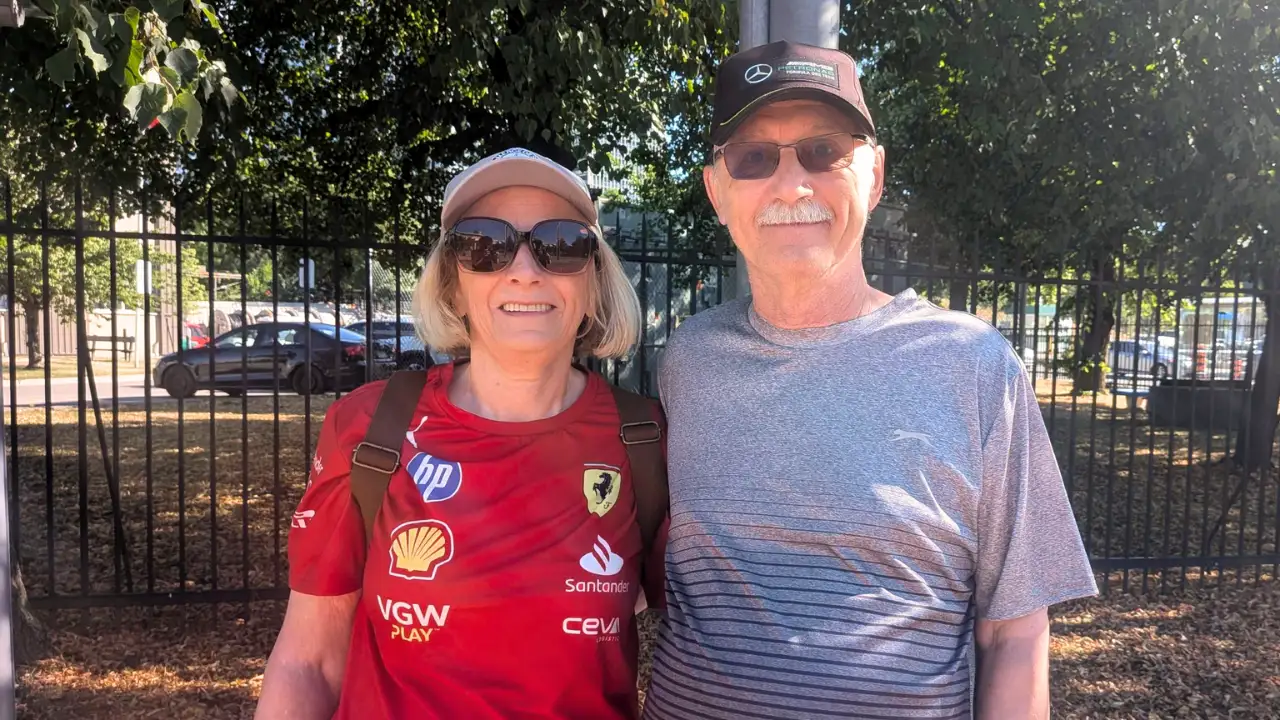
But could IndyCar truly go international again? Maybe even more so than it has in the past?
“It’s easier for us to access, isn't it?” said Mrs. McCulloch on the topic of a race beyond just North America.
“A race in Europe would be tremendous because a lot of the European people that watch it would go there,” added Mr. McCulloch, “whereas it's difficult at the moment to watch on TV.”
The McCullochs cited a number of reasons for this; everything from the spotty quality of television feeds to the massive time difference between Europe and North America. Individually, these are surmountable hurdles, but together, they could easily be blocking out a massive potential audience who wants to watch IndyCar, but simply find it too hard to do so consistently.
So while the desire for a broader, more global presence is there, the how is a much bigger question. Our friend Nirupam Singh at The Commercial Table is diving deeper into exactly this. If you’re curious about the practical roadmap for taking America’s premier open-wheel racing series global, then check out their latest issue exploring the real strategies, challenges and opportunities for IndyCar’s international expansion.
